Catalog
Podcast
Episode 91 - N°091 - Imagine As Hard As Philip K. Dick with Tobias Revell
Episode 90 - N°090 - Kyle Ng / Brain Dead / Fashion For Futuring
Episode 89 - N°089 - Silvio Lorusso Design & Disillusion
Episode 88 - N°088 - Dave Gray School of the Possible
Episode 87 - N°087 - Taryn O\'Neil & Tamara Krinsky
Episode 86 - N°086 - What\'s for Breakfast In An AI Future Part 2
Episode 85 - N°085 - What\'s for Breakfast In An AI Future Part 1
Episode 84 - N°084 - EMERGENCY BROADCAST! THRILLING WONDER STORIES
Episode 83 - N°083 - Ruth Guerra\'s Got Social Media Game
Episode 1 - Last Week from the Near Future N°009 - Weeks 51-52/2023
Episode 82 - N°082 - Shashwath Santosh and The Innovation Crisis
Episode 12 - Last Week from the Near Future N°008 - Week 50/2023
Episode 81 - N°081 - Randy Plemel is Expedition Works
Episode 12 - Last Week from the Near Future N°007 - Week 49/2023
Episode 12 - Last Week from the Near Future N°006 - Week 48/2023
Episode 12 - MINISODE: SuperSeminar 005 Sneak Peek with Hassan Ragab
Episode 11 - Last Week from the Near Future N°005
Episode 11 - MINISODE - SuperSeminar 004 Sneak Peek with Drew Wiberg
Episode 80 - N°080 - Soil Futures & Tarot Decks with Gabby Morris
Episode 79 - N°079 - The Future Will Happen To You with Scott Smith and Susan Cox-Smith
Episode 78 - N°078 - Circular Economy Futures, a Digest of General Seminar S04E04
Episode 77 - N°077 - Gemma Jones & School of Critical Design
Episode 10 - Last Week from the Near Future E002
Episode 76 - N°076 - Food (In)Security Design Fiction Futures
Episode 10 - Last Week from the Near Future Minisode E001
Episode 75 - N°075 - Artificially Artfifully Enhanced Rebroadcast
Episode 74 - N°074 - Sascha Pohflepp
Episode 73 - N°073 - Lila Feldman Emerging Creative Consciousness
Episode 72 - N°072 - Che-Wei Wang CW&T
Episode 71 - N°071 - Geoff Manaugh (CGI Ghosts and Defensive Grappling In Zero G)
Episode 70 - N°070 - Juliana Schneider — More.Than.Human-Centered Design
Episode 69 - N°069 - Dr. Delfina Fantini van Ditmar — A Not Too Comfortable Future
Episode 68 - N°068 - Futures of Fashion, a Digest of General Seminar S04E01 (29)
Episode 67 - N°067 - Tucker Viemeister (The Last Industrial Designer)
Episode 66 - N°066 - Your Daily Design Fiction Exercise Regimen
Episode 65 - N°065 - A Magazine from the Autonomous Future, A Design Fiction Project Debrief
Episode 64 - N°064 - From Collectors to Creators: A Design Fiction Debrief with Thomas Euyang
Episode 63 - N°063 - Imagining the Future of the Imagination Academy with Will Richardson
Episode 62 - N°062 - Structure vs. Imagination with Andy Polaine
Episode 61 - N°061 - The Machines Make The Spoons with Simone & Matteo
Episode 60 - N°060 - ChatGPT Futures, a Digest of General Seminar S03 E26
Episode 59 - N°059 - The Year In The Rear View
Episode 58 - N°058 - We Are Hypercollaborative with Toby Barnes
Episode 57 - N°057 - Design Fiction with Domus Academy & Speculative Futures Milan
Episode 56 - N°056 - The Manual of Design Fiction with Patrick Pittman and Chris Frey
Episode 55 - N°055 - The Manual of Design Fiction with Nicolas Nova
Episode 54 - N°054 - Design Fiction Imagining for Autonomous Vertical Takeoff with Dave Gray
Episode 53 - N°053 - Design Fiction for the Master of Business Administration with Mathieu Aguesse
Episode 52 - N°052 - Speculative Futures as a Design Approach with Johanna Hoffman
Episode 51 - N°051 - After Action Report / ASU\'s Design Fiction as Science Fiction Panel
Episode 50 - N°050 - A 21st Century Enlightenment with Joe Lindley Windermere Tapes Box 050 Tape 05
Episode 49 - N°049 - Windermere Tapes Box 050 Tape 04 with Paulina Yurman: The Design Innovators\' Design Dilemma
Episode 48 - N°048 - Windermere Tapes Box 050 Tape 03 with Alan Hook: Designing Augmented Alternate Reality When Every Community Is Its Own Private QAnon
Episode 47 - N°47 — The \'Third Space Conversation\' Windermere Tapes Box 050 Tape 02 with Futures Designer Laura Dudek
Episode 46 - N°46 — 1.5° Futures, Windermere Tapes Box 050, Tape 01 with Tobias Revell
Episode 45 - N°45 — Design Fiction and The Generalist with Joe Lindley & Paul Coulton
Episode 44 - N°44 — Meow Wolf, Public Policy, and Design Fiction with SRG Bennett
Episode 43 - N°43 — Computer Art Pioneer Herbert W. Franke & Susanne Paech
Episode 42 - N°42 — Sci-Fi, Museum of the Future, & Blade Runner with Fred Scharmen
Episode 41 - N°41 — Design Fiction with Elliott P. Montgomery
Episode 40 - N°40 — Speculative Design with Kontrapunkt
Episode 39 - N°39 — Simone Rebaudengo Futures Designer
Episode 38 - N°38 — Julian Montague
Episode 37 - N°37 — Life On Mars with Camille MacRae
Episode 36 - N°36 — Andrew Dana Hudson Post Normal Fiction
Episode 35 - N°35 — General Seminar 20 \"METALABELS WTF!?\"
Episode 34 - N°34 — Genevieve Bell from Cybernetics to Meta(verse)
Episode 33 - N°33 - Special Bulletin on the NFT Marketplace with Michelle Kasprzak
Episode 32 - N°32 — Yancey Strickler & METALABEL
Episode 31 - N°31 — J. Paul Neeley (Futurists Talking To Futurists)
Episode 30 - N°30 — Dunne & Raby
Episode 29 - N°29 — General Seminar 17 \"Solarpunk\"
Episode 28 - N°28 — Radha Mistry (Futurists Talking To Futurists)
Episode 27 - N°27 — General Seminar 16 \"The Generalist\"
Episode 26 - N°26 — Ed Finn, Solarpunk, Design Fiction & ASU Center for Science and the Imagination
Episode 25 - N°25 — Katie McCrory
Episode 24 - N°24 — 0xDEAFBEEF
Episode 23 - N°23 — General Seminar N°14 WEB3WTF!?
Episode 22 - N°22 — Jaymo
Episode 21 - N°21 — Mieke Marple & Medusa Collection
Episode 20 - N°20 — Nick Foster
Episode 19 - N°19 — Parsons and Charlesworth
Episode 18 - N°18 — General Seminar N°10 CRYPTO GAMING (Something unsettling happened.)
Episode 17 - N°17 — Blockchain Artist Sarah Friend
Episode 16 - N°16 — General Seminar N°9 — Synthetic Brands / Synthetic Media
Episode 15 - N°15 — What is it to be a Generalist? with Patrick Tanguay
Episode 14 - N°14 - Speculative Design, IOT & Cultures of Innovation with Alexandra Deschamps-Sonsino
Episode 13 - N°13 - Tina He on DAOs, Calvino and Blockchain Social Mechanics
Episode 12 - N°12 - NFTs, Blockchain, Social Tokens with Sean Bonner
Episode 11 - N°11 - PizzaDAO with Daniel van de Ghinste & Jed Berk
Episode 10 - N°10 - Julian Bleecker: Q&A by Jonas Schmidt
Episode 9 - N°09- Devon Powers: The Trend of Trends
Episode 8 - N°08 - Alexis Lloyd: Futurist Not Futurist
Episode 7 - N°07 - Madeline Ashby: Futurism, Foresight, and Science Fiction Part 2
Episode 6 - N°06 - Madeline Ashby: Futurism, Foresight, and Science Fiction Part 1
Episode 5 - N°05 - Artist and Filmmaker Anab Jain
Episode 4 - N°04 - Professor David Kirby
Episode 3 - N°03 - Architect & Filmmaker Liam Young
Episode 2 - N°02 - Scott Smith
Episode 1 - N°01 - Fabien Girardin and Nicolas Nova
Projects
2023 Imagine Harder Summit - 2023
HELLOThe 2023 Imagine Harder Summit was organized by Julian Bleecker of Near Future Laboratory September 21-22nd 2023 to bring together 2 individuals to collaborate and coordinate to find paths to elevate and amplify the value of creativity, innovation, and futures-oriented thinking. Held at the Frank Lloyd Wright "Affleck House" outside of Detroit, Mic..
2023 The Work Kit of Design Fiction - 2023
HELLO100 Algorithmically Augmented and Illuminated Prompt Cards, each one an evocative representation of a parameter of a possible future product, service, user-experience scenario, artifact from the most curious, righteous, meaningful, and seriously hilarious, and well-intentioned possible/probable futures.
ADM Futures of Food - 2022
HELLOADM's Marketing & Communications team commissioned Near Future Laboratory to conduct a series of interviews with their Chief Scientists and their temas of food science experts to represent their work on future food processes and primary ingredients and the implications of global needs and constraints using Design Fiction. The overall objective was ..
AIGA Design Fiction Keynote 2022 - 2022
HELLOI was asked to deliver a Keynote presentation at the 2022 AIGA National Conference. The presentation was a discussion of Design Fiction and it's 'Why?'.
ANDI Innovation Land Summit 2024 - 2024
HELLOColombia. Keynote. Imagine Harder. Encourage creative entrepreneurship. Meet with business leaders and executives of established and start-up companies. 2 lunch presentation. Podcast. Interviews.
Apple Design Design Fiction 101 Workshop - 2021
HELLOApple, a pioneer in the personal computer industry, defined the vale of what Design could bring to an organization that intended to shape not just the utility of technology, but its meaning. Near Future Laboratory and Julian Bleecker were brought in to brief Apple's internal user-experience and interaction design team about Design Fiction in a '101..
Bloomberg Hyundai Art Technology Lab - 2022
HELLOBloomberg & Hyundai's Art+Technology: Emerging Dialogues show asked if I would participate in the artist + technologists dialogues, a 5 Season show they curated to bring a diverse lineup of artists, technologists and futurists to share ideas and engage in conversation. I invited my friend Liam Young as the 'artist/technologist' interlocutor for thi..
Car and Driverless - 2022
HELLOThe C-Suite of the third largest autonomous vehicle company commissioned Near Future Laboratory to help them make sense of the full-spectrum of a possible autonomous vehicle future. The result was a rich, vibrant, experiential and immersive artifact in the form of a 72 page full-color Design Fiction magazine from a possible autonomous vehicle futur..
Causal Islands Unconference - 2024
HELLOThis talk, The Future of Computing is Fiction, presents a brief overview of Design Fiction and reveals how Design Fiction can serve as an approach for envisioning possible futures of computing. Through the creation of tangible artifacts that imply adjacent possible trajectories for computing's futures, Design Fiction allows us to materialize the in..
Corner Convenience - 2012
HELLOI proposed a Design Fiction workshop and design sprint for Arizona State University's Center for Science and the Imagination annual Emerge Festival. The goal was to provide an introduction to Design Fiction to attendees by actually doing a Design Fiction project. In this case, I proposed a short design sprint spending half a day in a seminar settin..
Curious Rituals - 2012
HELLOCurious Rituals is a research project conducted at Art Center College of Design (Pasadena) in July-August 2012 by Nicolas Nova (The Near Future Laboratory / HEAD-Genève), Katherine Miyake, Nancy Kwon and Walton Chiu from the media design program. The curious habits described in this book can be seen as ingredients with which technological objects a..
Facebook Social Futures - 2019
HELLO1. Based on a set of future scenarios, develop concepts within each scenarios of how Facebook actually shows up in the world/in people’s lives in 10 years. 2. Develop sketches for each concept to help bring the future to life. Bring to life a set of futures for how Facebook may show up in the world and in people’s lives in 10 years time. Inspire le..
Failures and Design Fictions Workshop - 2010
HELLOI facilitated a Design Fiction workshop at the Swiss Design Network conference in Basel Switzerland in October 2010. The workshop was largely Nicolas’ organization and we took advantage of the conference theme of 'Design Fiction' to consider the topic of failure in design — failure as a guide and approach and provocation together with the considera..
General Seminar - 2021, 2022, 2023, 2024
HELLOGeneral Seminar is a platform for sense-making through discussion. I started hosting these during the dark days of the Covid-19 pandemic. I wanted to find ways to develop a sense of community through discussions on topics that were relevant to the creative community that seemed to be drawn to the Near Future Laborato..
Google Creativity Lab Design Fiction - 2015
HELLOI gave a keynote presentation to the main audience of leadership and Google clients and partners during a summit in support of Google's offerings in Argentina. I also gave a hands-on workshop for the Google office's creative practitioners. Additionally, I accompanied Google's local leadership as they visited the offices of some of their key partner..
IKEA Catalog - 2015
HELLOWe were commissioned to workshop and introduce Design Fiction as a research methodology by IKEA and Stockholm University's Mobile Life Centre. We worked with researchers in a practical hands-on workshop to make sense of the trends of the day (2015), their research areas, and possible evolutions of home life, consumer trends and needs, and related t..
IKEA Life at Home - 2021
HELLOWe were commissioned by IKEA to synthesize data from their annual Life at Home Report and represent the implications, insights, and conclusions of this data as might appear in a future home.
LACMA Solarpunk Worldbuilding - 2022
HELLOA proposal put together for LACMA Hyundai Artlab to worldbuild a solarpunk + crypto possible future written at a time when Solarpunk and Crypto were in a confused state of ascendency within the cultural imaginary.
Netflix Atlas Film Technical Consultant - 2022
HELLOA friend asked if I'd be interested in reading a script and being a kind of futurist technical consultant on this action sci-fi thriller film directed by Brad Peyton. Basically he was looking to have someone help the art department conjure elements for the film based on the script, a sense of futures trends and so forth. Basically — Peyton and the ..
Netflix The Future Of.. - 2021
HELLONetflix Future Of is a fun, light, entertaining show asking about the future of everything from gaming and dating, to life after death. I participated as a talking head futures expert. They did spring the dating topic on me though, for which I cannot claim much notable expertise. Pure entertainment. Fun to talk and chat and see what comes out in t..
OMATA Annual Report From The Future - 2020, 2021
HELLOCreate a representation of a company using the Design Fiction archetype of an Annual Report as seen from its anticipated, speculated future based in the analytics and rational representations of the company's Financial Model.
Primer Speculative Design 2018 - 2018
HELLOPrimer is (was?) the organization developed to establish Speculative Design as a formal practice. Their annual conference and community has been (was?) a thriving locus of conversation and discussion. I help organize and run the Los Angeles chapter until the pandemic approached (and I was also asked to pay a fee to use the brand.)
Quick Start Guide for a Self Driving Car - 2015
HELLOThe Interaction Design Association invited Near Future Laboratory to introduce Design Fiction to the interaction design community by facilitating a Design Fiction workshop. In this case, we decided to imagine the self-driving future from a design and interaction design perspective by creating a Design Fiction quick-start guide for a fictional self-..
Roblox Design Fiction 101 Workshop - 2019
HELLOThe Near Future Laboratory contributed to an off site for the Roblox design team, with a 3 hour short-format presentation followed by a hands-on workshop. The workshop run-of-show consisted of: 1) An approximately one hour “Design Fiction 101” presentation covering the origins, evolution and current state of Design Fiction, including the notion of ..
Slow Messenger - 2007
HELLOSlow Messenger is a product from an adjacent now in which there is a mode of communication in which speed is not prized, but rather the semantic weight of time, patience, thoughtfulness has to be accounted for. The product is the product of, the result of, research into the implications of Instant Messenger® and instant communication. It is a way o..
SuperSeminar - 2023, 2024
HELLOSuperSeminar is the platform for Learning & Development I piloted in 2023 to expand and expose the Near Future Laboratory community of followers to Foresight, Futures, and Design Futures practices. We bring in professionals from our expansive network to present short, evocative, activating experiences and perspectives in a salon-like contex..
SxSW 2010 The Design Fiction Panel - 2010
HELLOA panel for SxSW to introduce the concept of Design Fiction. This was about a year or two after I wrote the original essay Design Science Fact and Fiction
SxSW 2024 Imagine Harder: Prototyping Impossible Futures - 2024
HELLOA panel organized for South By Southwest 2024 with Avi Bar-Zeev (XR Guild and Reality Prime), and Andreea Ion Cojocaru. Our intent was to share our experiences, practices, and ways of working when developing and prototyping new ideas. We also intended to share one particular approach — the Work Kit of Design Fiction / Mad Libs — ideation mechanic t..
TBD Catalog - 2012, 2023
HELLOWhat are the ways we can augment research data, analytics, trend data by representing the implications of that data in a vivid, compelling, tangible way? What we did was take the trends of the day and extrapolate them, translating the 'trend itself' and representing it as a tangible artifact that implies the future of the trend in a tangi..
Tech Concept Lab AI Futures - 2024
HELLOWe helped organize and facilitate a 24 hour Design Fiction Sprint on the topic of Possible AI Futures in collaboration with Ericsson Consumer Lab, Hyper Island, and Blekinge Institute of Technology. The purpose of the event was to introduce students from BIT (oh..that's cool, actually..) to a fresh approach to ideation and concept development.
TV + GenAI Design Fiction Sprint - 2023
HELLOConfidential workshop with key stakeholders to ideate possible futures in a world where Generative AI is integral to the experience of TV. The objective was to inspire design, R&D and engineering/implementation teams. The brief was to use Design Fiction as an approach to ideate and conceive of a trove of possible future concepts related to GenAI i..
Winning Formula - 2014
HELLOA Newspaper created for The Museum of Football in Manchester, UK to celebrate the museum's opening and to represent the way Big Data, Algorithms, Analytics, Artificial Intelligence and Betting might shape a possible future of sports.
Library
Androids Dream of Electric Sheep - 2024
The Psychological Manual everyone has been clamoring for — finally available in paperback along with Action Pack Foil Pak Flash Card Set of Electronic Sheep! This is the definitive guide to understanding the psychic and existential challenges facing the Androids we've come to count on, depend upon — and love.
Clog 16 - 2018
Artificial Intelligence—in particular the so-called "narrow" form of AI that has already surpassed human capabilities when it comes to specific tasks—is a ubiquitous, trusted part of our lives. But at the same time, AI is a topic that often elicits more questions than answers. Even defining "Artificial Intelligence" is no simple matter. In practice, AI today takes many forms, ranging from consumer-oriented primary points of interaction (AlphaGo, Alexa, Siri, etc.) to high-profile super-machines (DeepMind and Watson), to unseen scripts and bots operating behind the scenes. Few topics have both piqued such curiosity and instilled so much fear, ..
E.A.T. Works: Open-ended - 2018
In 2018, the National Museum of Modern Contemporary Art, Korea presented the exhibition "E.A.T. (Experiments in Art and Technology): Open-ended" in Seoul. The exhibition introduces the works of E.A.T., a non-profit organization founded in 1966 for the establishment of better collaborative relationships among artists, engineers, and industries.
Flowcharting - 2023
Flowcharting From Abstractionism to Algorithmics in Art and Architecture is a 140-page book by Matthew Allen published by gta Verlag in January 2023. The book is based on Allen's Harvard University Graduate School of Design dissertation research. The book discusses how the modernist program of rationalizing creative practice between the 1930s and 1960s took a bureaucratic turn, and how decades of avant-gardist experimentation prepared the way for the computer's entry into the architectural scene. It also discusses how abstract flowcharts can be translated into concrete instructions, where things that were only hinted at in the flowchart must ..
Insight Alchemy - 2024
A curious compendium of golden and alchemical elements of insight discovery and craftsmanship, including a forecast of the future of insight.
Janet Cardiff - 2002
Shifting between fact and fiction, between the experience of the real and our projections, fantasies, and desires, Janet Cardiff's audio-video and multimedia installations explore the complexity and vertiginous nature of subjectivity in a highly technological world. They are interactive pieces where visitors are asked to touch, listen, smell, and often move through an environment shaped both by our perceptions and by the artist's alteration of them. With references to film noir, science fiction, cyber-punk and various other filmic genres, her works, often created in collaboration with husband George Bures Miller, address the constant need to ..
Kiosk - 2024
Mass-produced from the 1970s to the 1990s, modular kiosks like the seminal K67, designed by the Slovenian architect Saša J. Mächtig, and similar systems – including the Polish Kami, the Macedonian KC190, and the Soviet ‘Bathyscaphe’ – could be found anywhere throughout the former Eastern Bloc and ex-Yugoslav countries, from bustling city squares to socialist-era housing estates. They served as hot dog and Polish zapiekanka joints, farm egg and rotisserie chicken vendors, funeral flower shops, newsstands, car park booths, currency exchange offices, and more. Featuring over 150 kiosks – from Ljubljana to Warsaw, and from Belgrade to Ber..
Machine Learning and the City - 2022
Machine Learning and the City: Applications in Architecture and Urban Design delivers a robust exploration of machine learning (ML) and artificial intelligence (AI) in the context of the built environment. Relevant contributions from leading scholars in their respective fields describe the ideas and techniques that underpin ML and AI, how to begin using ML and AI in urban design, and the likely impact of ML and AI on the future of city design and planning. Each section couples theoretical and technical chapters, authoritative references, and concrete examples and projects that illustrate the efficacy and power of machine learning in urban des..
Made Up: Design's Fiction - 2018
Through essays, interviews, and narratives by Bruce Sterling, Fiona Raby, Sam Jacob and other significant voices in the field, this volume questions the initial discourses around “design fiction”―a broad category of critical design that includes overlapping interests in science fiction, world building, speculation, and futuring. Made Up: Design’s Fiction advances contemporary analysis and enactment of narrative and speculation as an important part of practice today. Essays, interviews, and narratives by: Julian Bleecker, Benjamin H. Bratton, Anne Burdick, Emmet Byrne, Stuart Candy, Fiona Raby, Tim Durfee, Sam Jacob, Norman M. Kl..
OMATA 2024 Annual Report - 2020
An Annual Report..from the future? This was my way of making a more vivid, engaging, strategic representation of the future of OMATA to help communicate my vision. Way better than a pitch deck — an artifact from a future for the company built off of the financial model, so grounded in the anticipation represented by old-fashioned kinds of future fictions: the financial projection.
Reality Was Whatever Happened - 2023
Octavia Butler’s Xenogenesis trilogy is a compelling meditation on the existential human fear of depending on other species to survive; Beth Coleman’s Reality Was Whatever Happened: Octavia Butler AI and Other Possible Worlds relays questions of kinship, community, survival, and transformation through generative processes of image production, serialization, and fabrication. Operating as an interspecies vehicle with which OBAI prompts us to reconsider race, cognition, and computability, Reality Was Whatever Happened attends to the wild edges of computational culture and politics. Contributors engage with questions of black computing, indigenou..
Reimagining Design - 2024
Design offers so much more than an aesthetically pleasing logo or banner, a beautification add-on after the heavy lifting. In Reimagining Design, Kevin Bethune shows how design provides a unique angle on problem-solving —how it can be leveraged strategically to cultivate innovation and anchor multidisciplinary teamwork. As he does so, he describes his journey as a Black professional through corporate America, revealing the power of transformative design, multidisciplinary leaps, and diversity.Bethune, who began as an engineer at Westinghouse, moved on to Nike (where he designed Air Jordans), and now works as a sought-after consultant ..
Some Ways of Thinking About the Future - 1975
Abstract Future Studies set the broad conceptual framework within which planning can take place. They ask the question, "Where as a society, are we going?" In discussing such a complex question, a distinction made between "well-structured" problems which concentrate on perfection of means (the "how-to-do-it" questions) and "ill-structured" problems which address the question of ends ("What ought we to do?") some methods such as model-building, trend extrapolation, technology assessment, etc. are well suited to exploring essentially simple problems where the goal is already evident (putting a ..
TBD Catalog - 2023
What is 'the future', when 'the future' arrives as a printed junk mail catalog of yesterday's vision of the future? TBD Catalog is the first and canonical Design Fiction artifact ever produced. It was the artifact 'found' through a futures workshop in October 2012 with a group of engaged participants from across a wide variety of practices and disciplines to infer the implications of trends at a point in time and make sense of these trends as if they achieved their likely/probable/possible outcome in a likely/probable/possible future, but as artifacts from the future.
The Field Study Handbook - 2017
The comprehensive how-to, why-to guide to running international field research projects. The Handbook is for anyone that needs to understand users, customers, people across markets, geographies and cultures. The Handbook reveals how to: Build and lead trusted multicultural teams, anywhere in the world; run a field study from pitch to deliverable, initial hypothesis to becoming organisational wisdom; learn how to read contexts, identify patterns of behaviour, decode cultures, and generate insights that inform and inspire product, brand, strategy, policy, and communications; pinpoint the difference between local, regional, and globally relevant..
The Machine - 1968
This book is an exploration of the intersection between technology and art in the Western world, with a focus on how artists have engaged with and responded to machines throughout history. Rather than offering a comprehensive historical account, it presents a collection of artist-based reflections on technological advancements, particularly noting the significant increase in such art+technology work during the 20th century. The text emphasizes the transition from mechanical to electronic and chemical technologies and includes artworks that highlight various aspects of machines. The exhibition and its representation in the catalog and catalog ..
The Manual of Design Fiction (Hardcover) - 2022
"The Manual of Design Fiction" is the canonical reference manual and resource that clarifies and explains the practice of Design Fiction. Authored by Julian Bleecker, Nicolas Nova, Fabien Girardin, and Nick Foster, this book explores how futures-oriented practices like Strategic Foresight can benefit from augmenting their outcomes through the creation of artifacts that represent the consequences of strategic decision making. Published independently by Near Future Laboratory, it provides a rich framework for designers, strategists, decision makers, and more to envision and shape the way we make sense of, imagine into, and create possible f..
The Manual of Design Fiction (Softcover) - 2023
"The Manual of Design Fiction" is the canonical reference manual and resource that clarifies and explains the practice of Design Fiction. Authored by Julian Bleecker, Nicolas Nova, Fabien Girardin, and Nick Foster, this book explores how futures-oriented practices like Strategic Foresight can benefit from augmenting their outcomes through the creation of artifacts that represent the consequences of strategic decision making. Published independently by Near Future Laboratory, it provides a rich framework for designers, strategists, decision makers, and more to envision and shape the way we make sense of, imagine into, and create possible f..
The Tomorrow Times - 2024
A newspaper from June 27, 2030! Only $3.25! Cheap!
Things to Come - 1972
Things To Come is a working document of our continuing study of the future, reflecting partial and tentative conclusions.
Towards the Realm of Materiality - 2024
Philip K. Dick, one of the most prolific and visionary authors of the 20th century, crafted compelling visions of possible futures and dystopian realities teeming with humans, artificial intelligences, and more. Yet, the Dickian universe is more than just its characters—it’s a realm intricately built with technological devices, machines, and objects entirely conceived by this brilliant mind. How did Philip K. Dick envision these technologies, and through them, the future? And now, decades after his time, how should we perceive and interpret these tools? More intriguingly, how can we decode and reconstruct the creative process that led to the ..
What Design Can’t Do - 2024
Design is broken. Young and not-so-young designers are becoming increasingly aware of this. Many feel impotent: they were told they had the tools to make the world a better place, but instead the world takes its toll on them. Beyond a haze of hype and bold claims lies a barren land of self-doubt and impostor syndrome. Although these feels might be the Millennial norm, design culture reinforces them. In conferences we learn that "with great power comes great responsibility" but, when it comes to real-life clients, all they ask is to "make the logo bigger." This book probes the disillusionment that permeates design. It tackles the deskilling e..
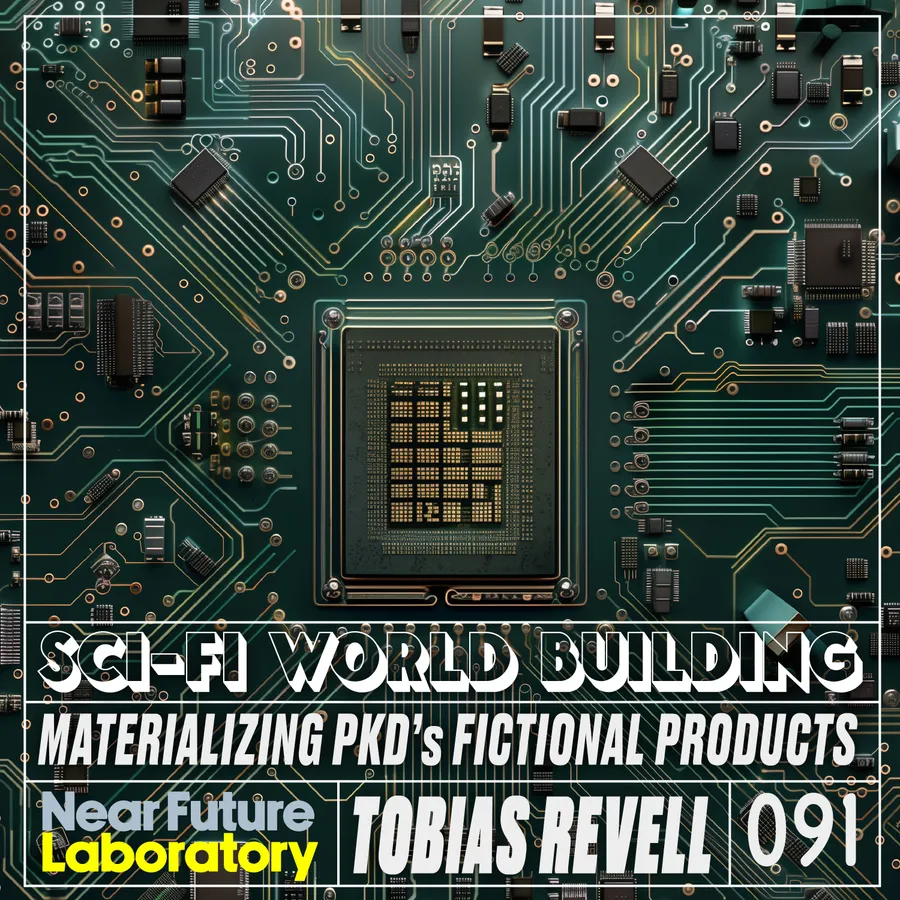
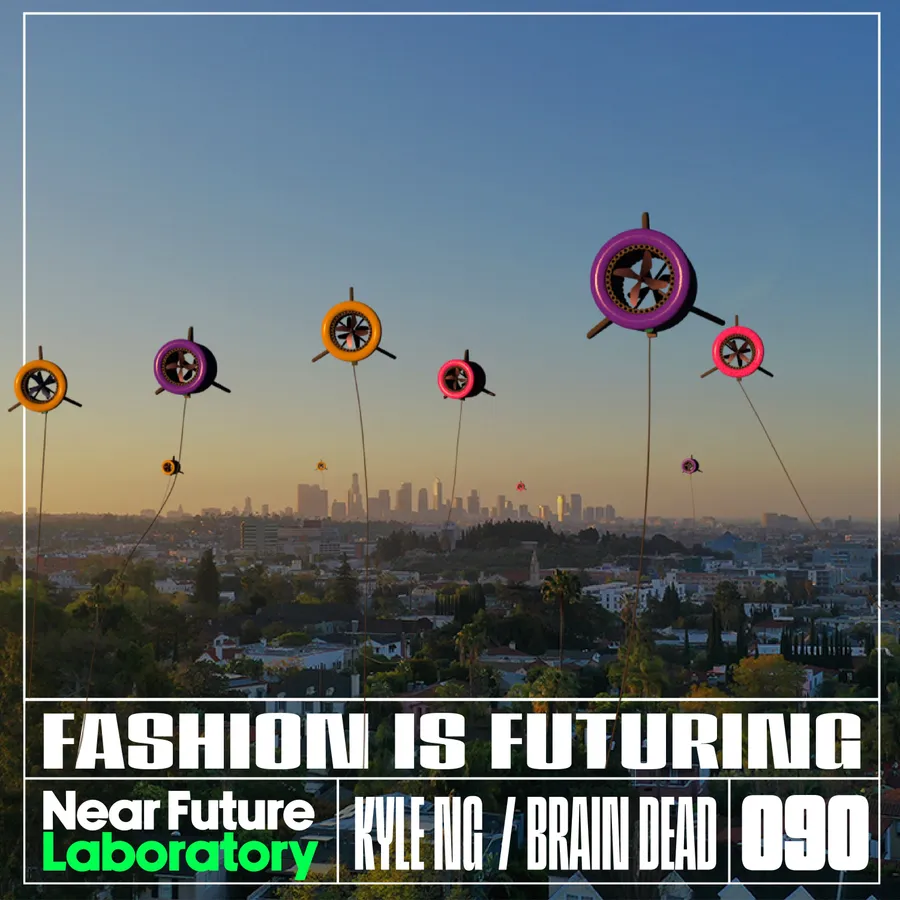
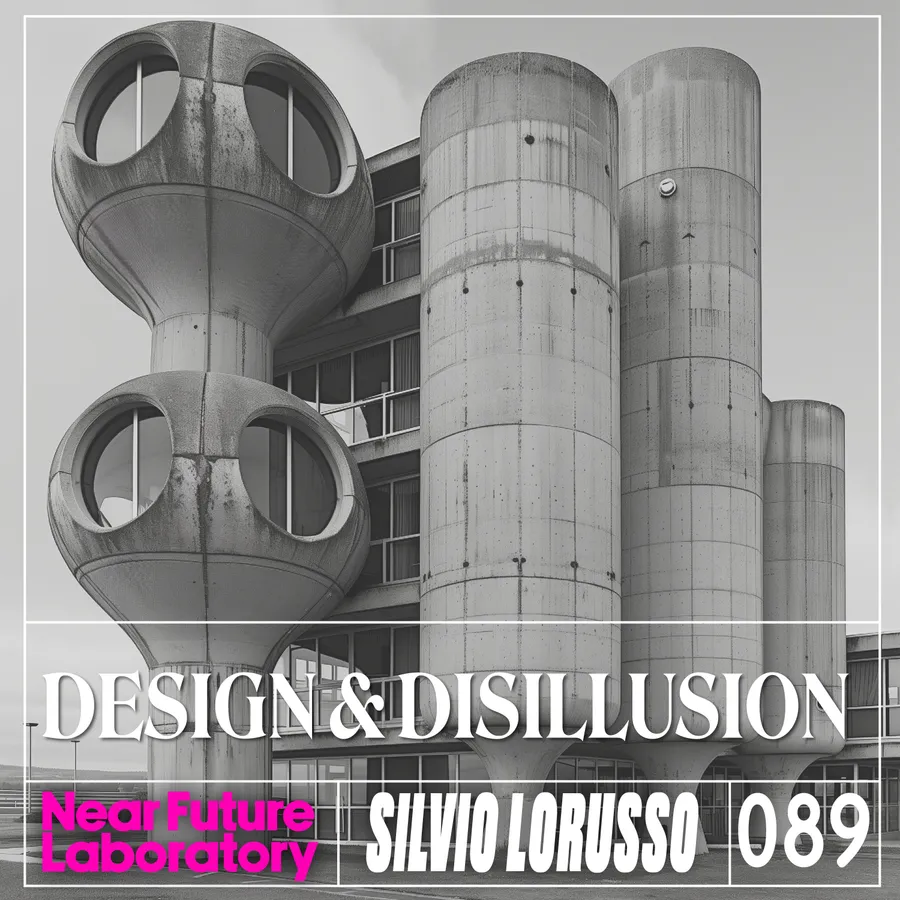
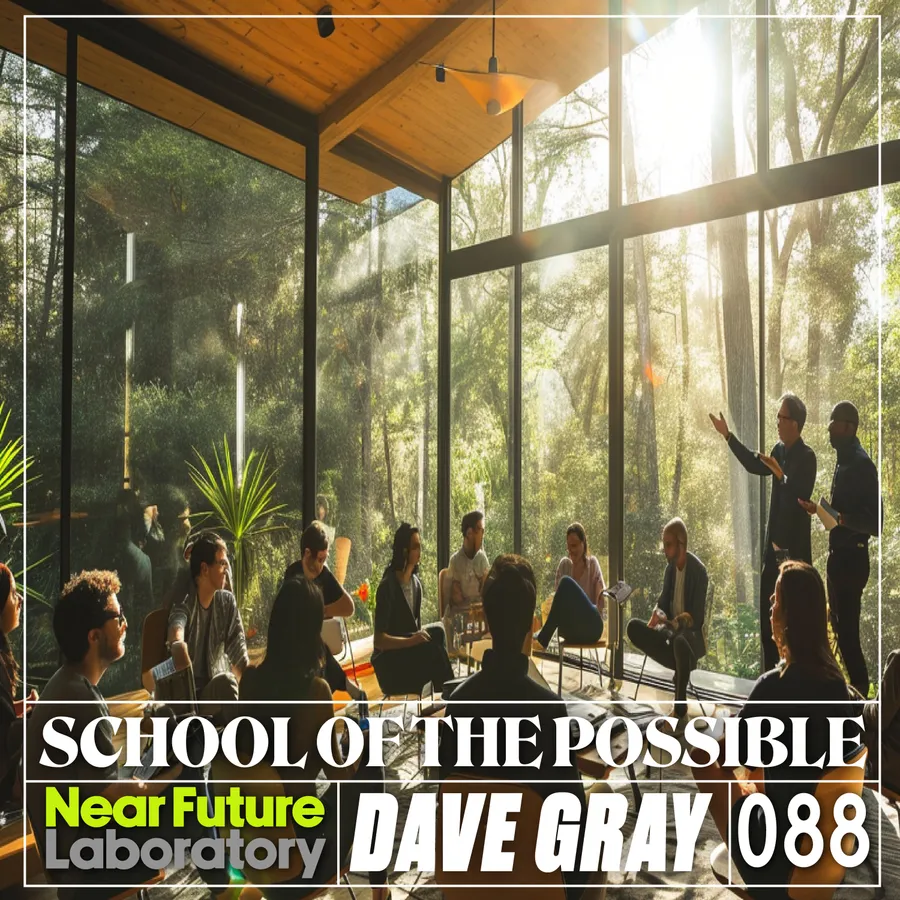
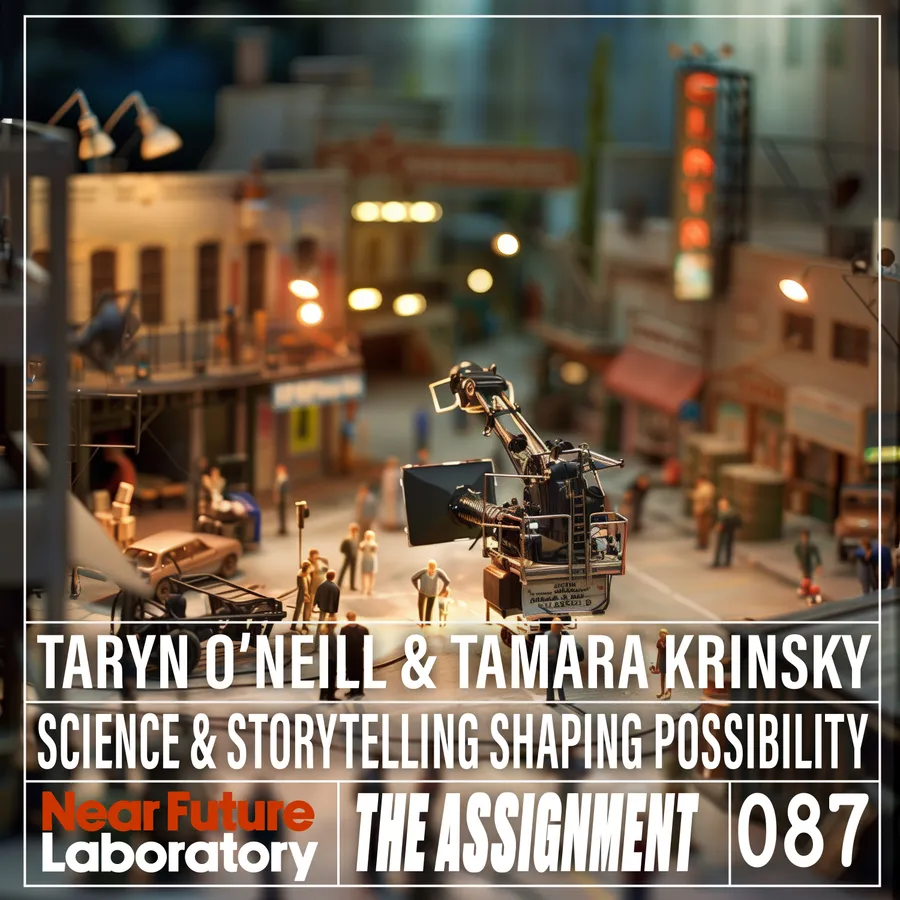
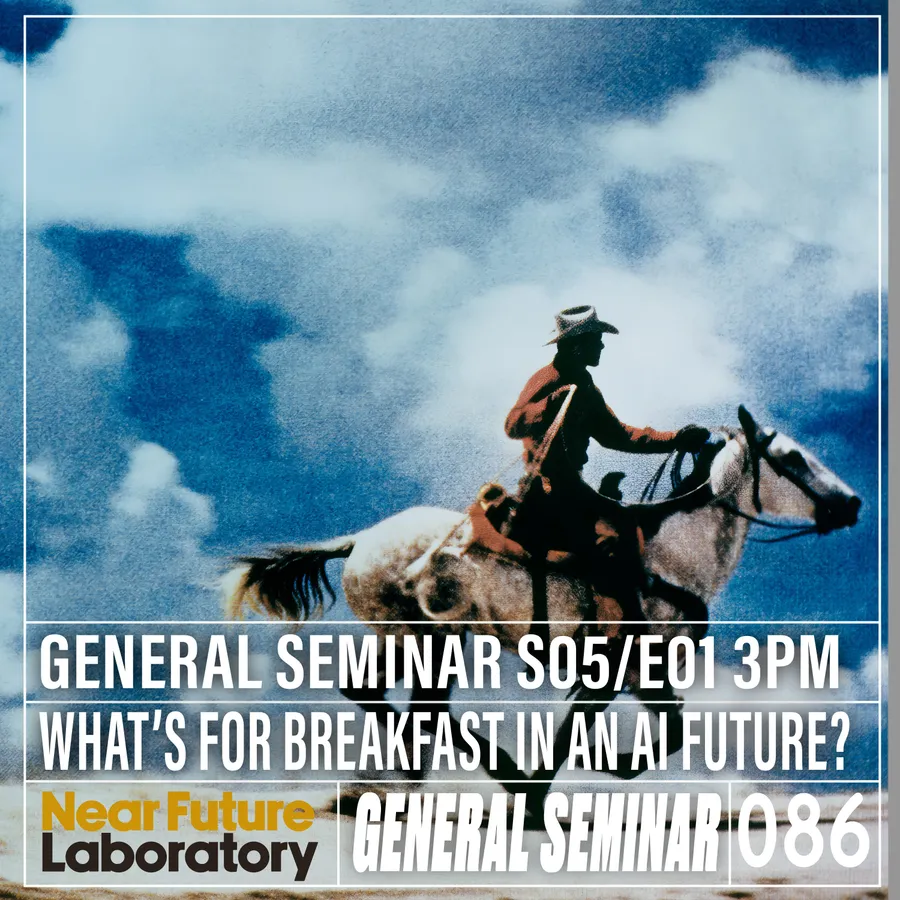
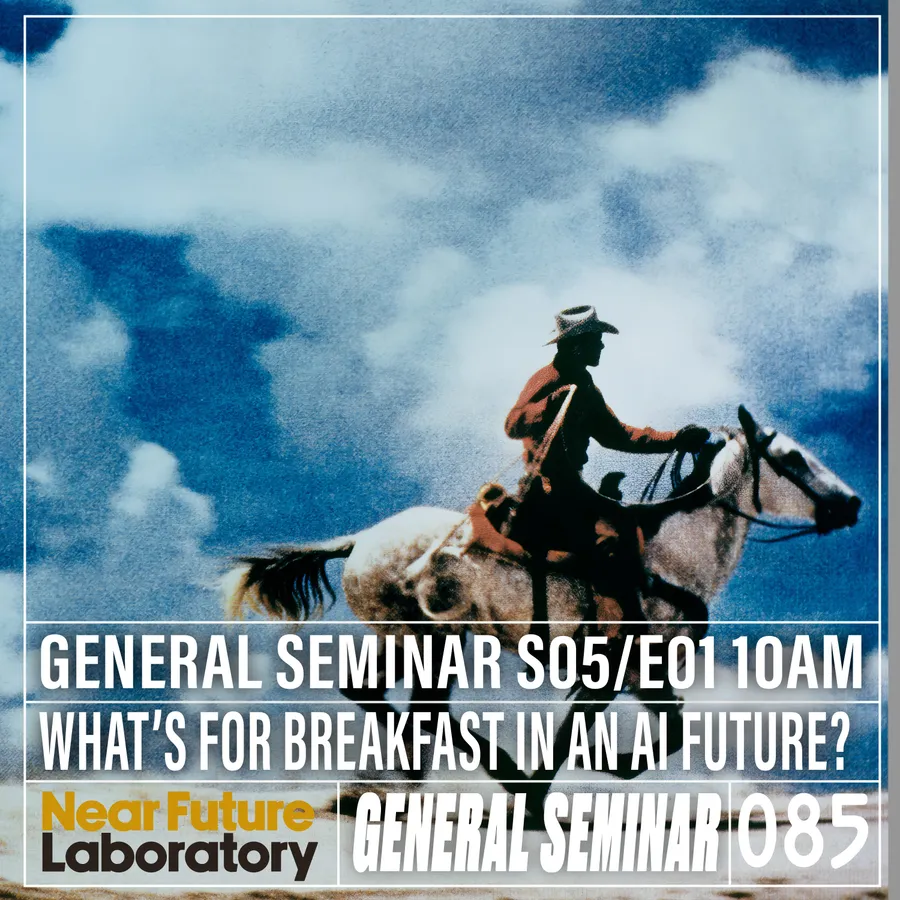
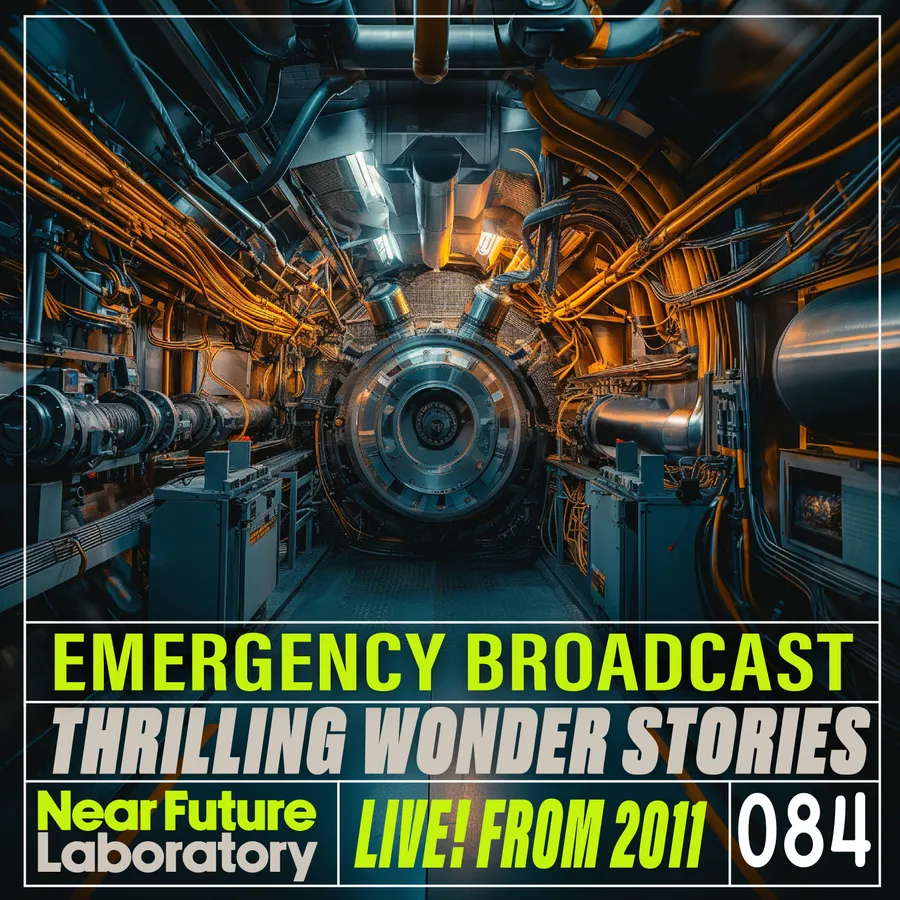


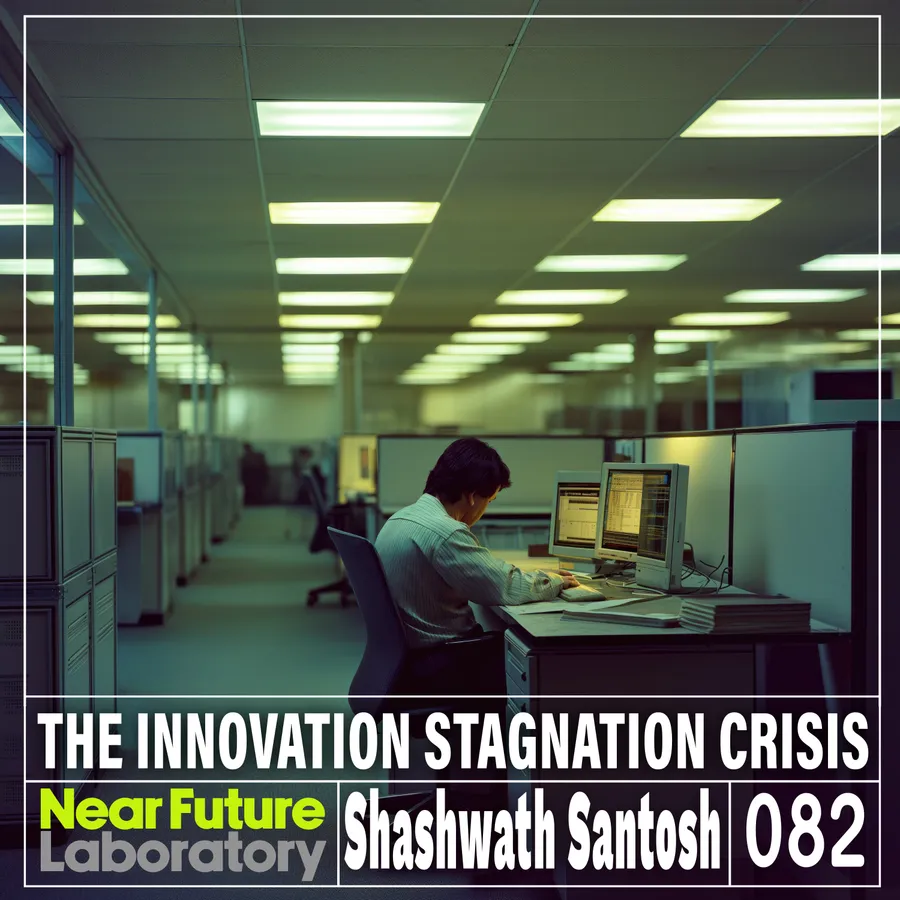
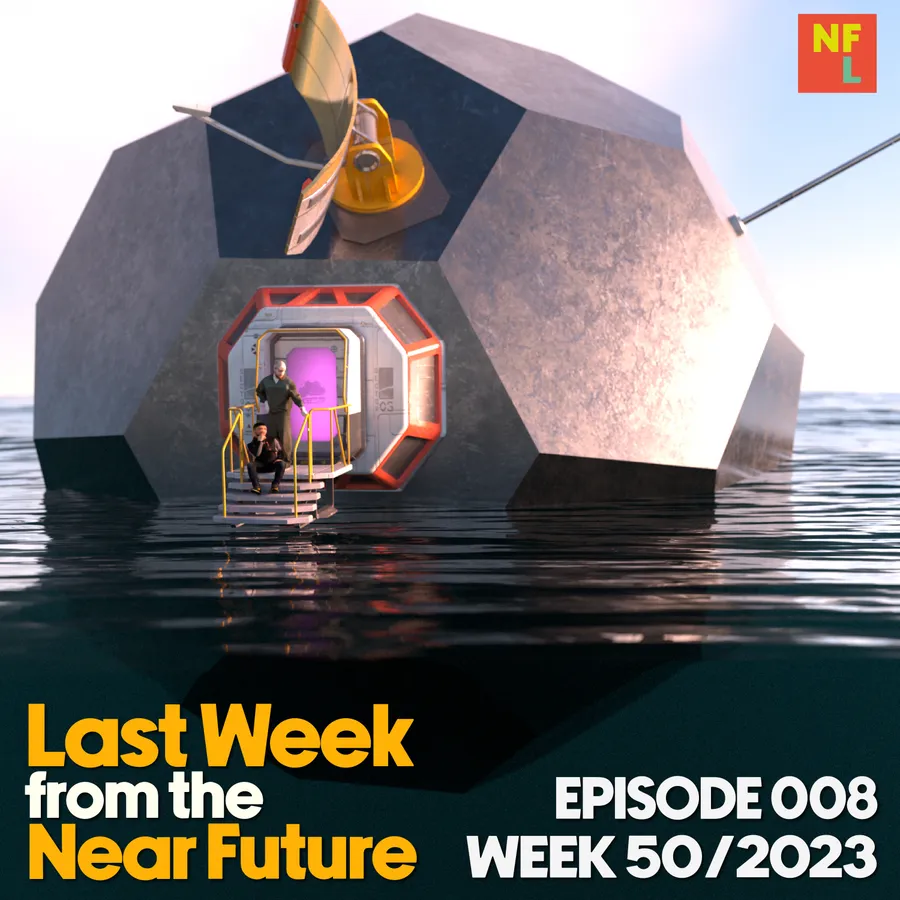
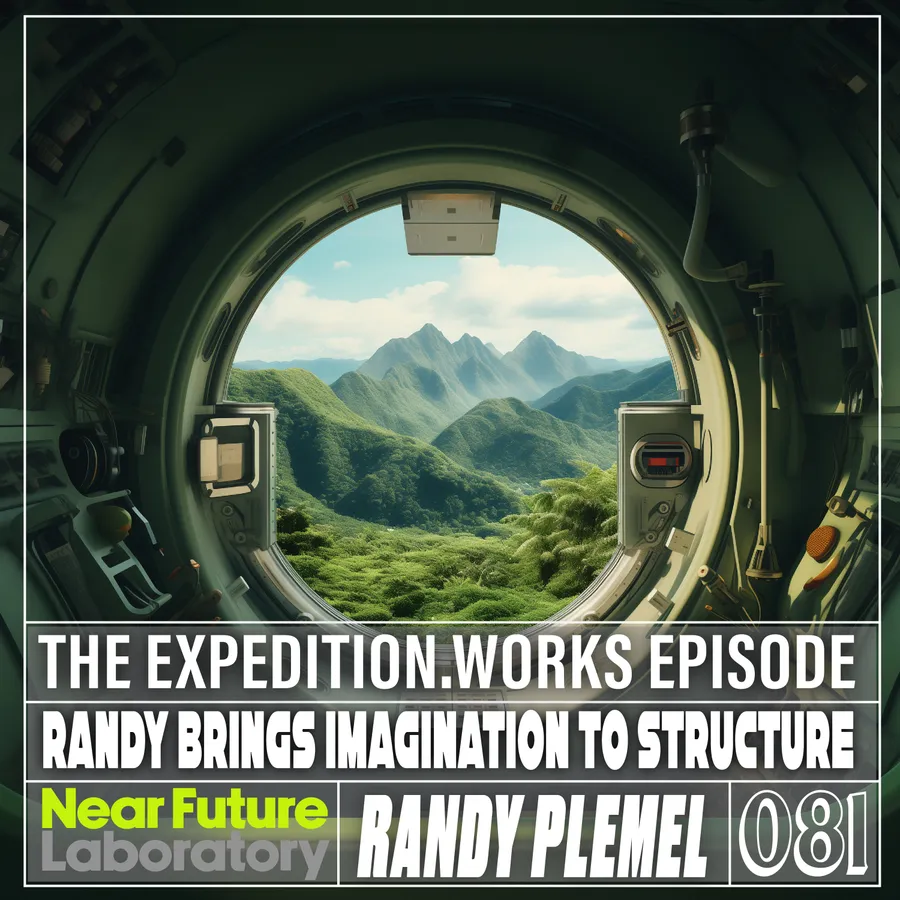
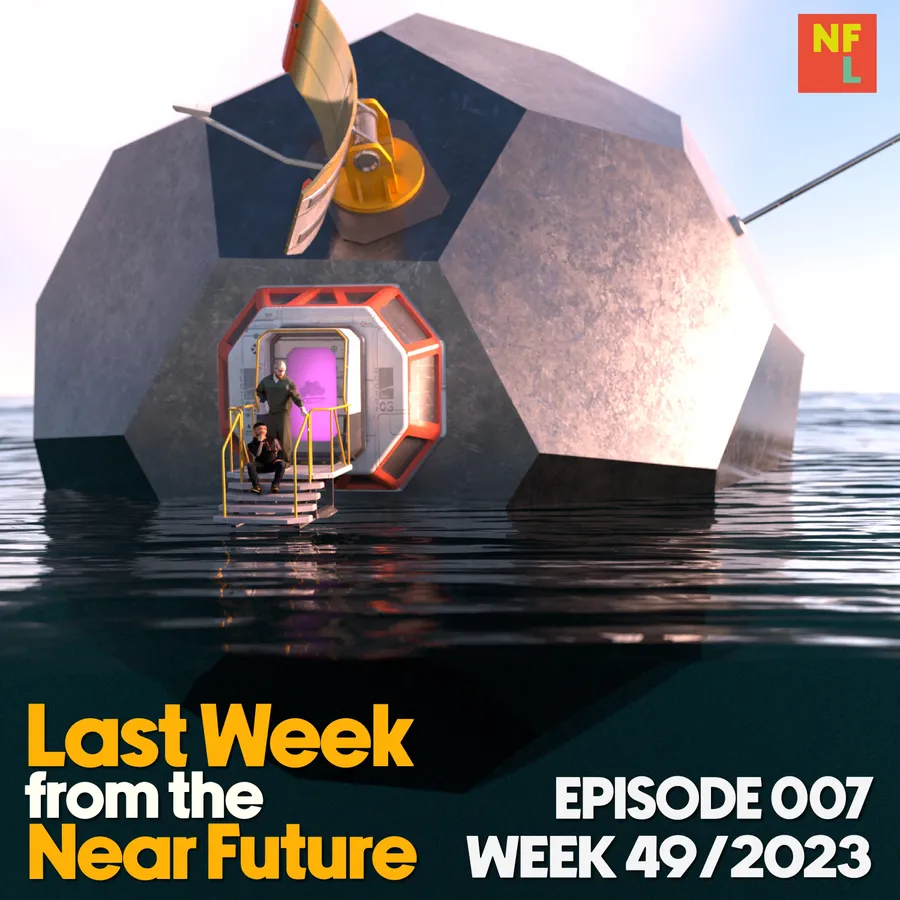
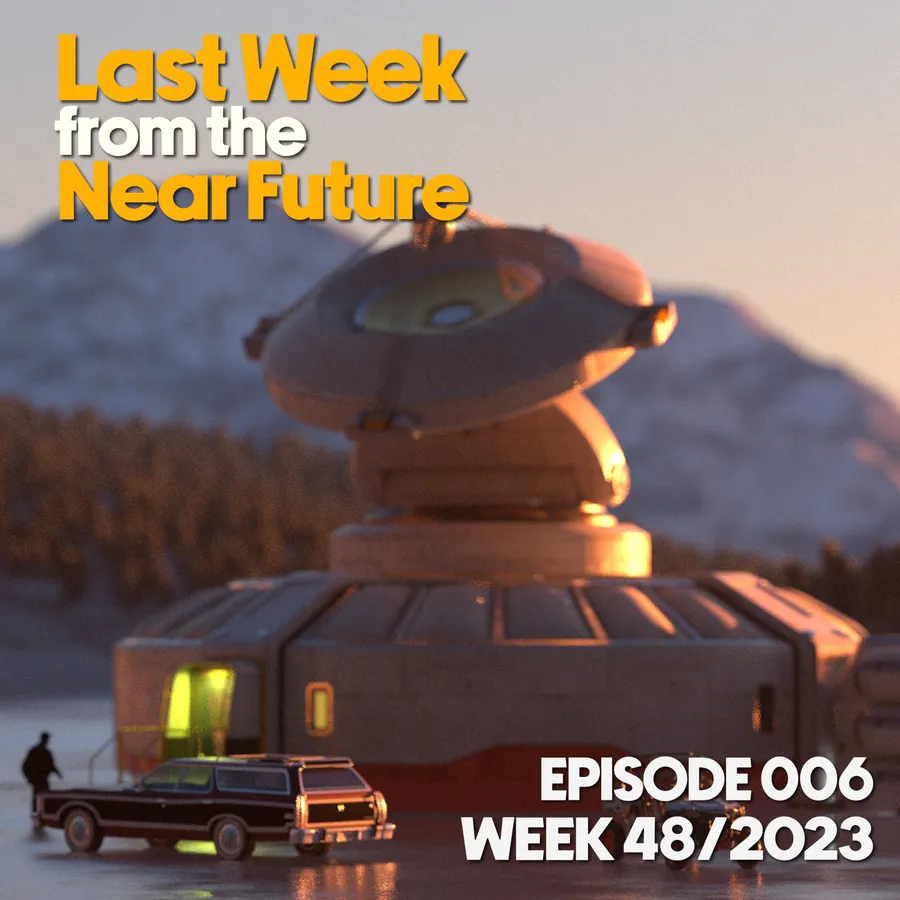
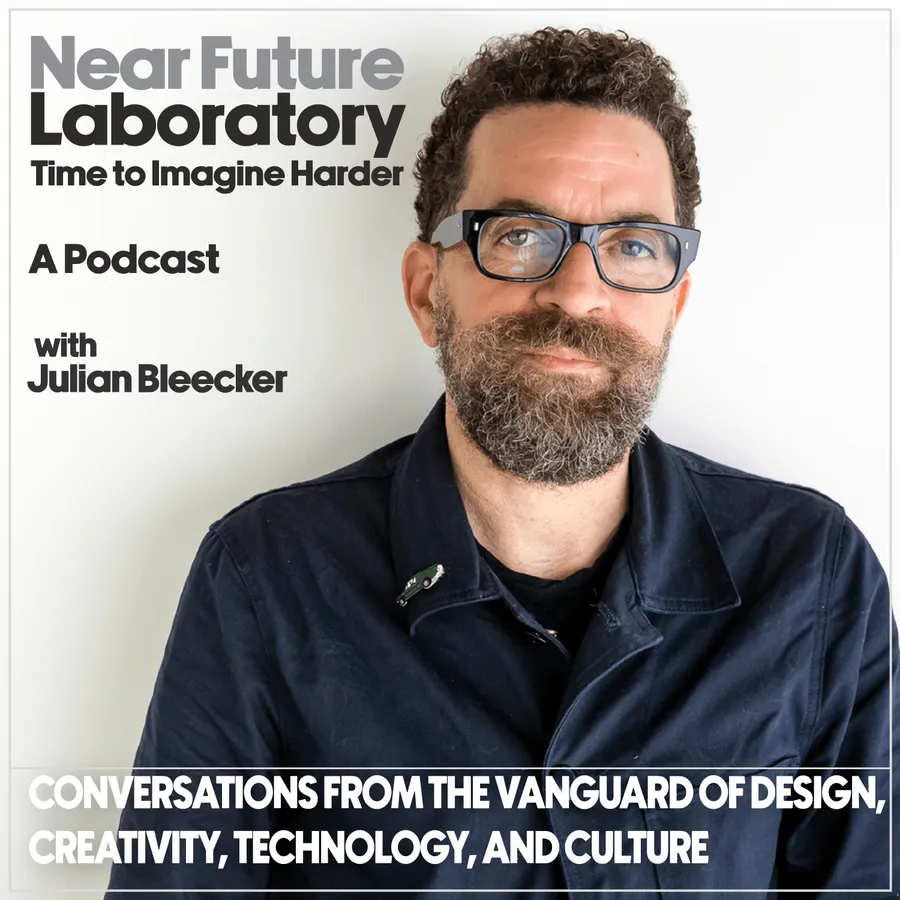
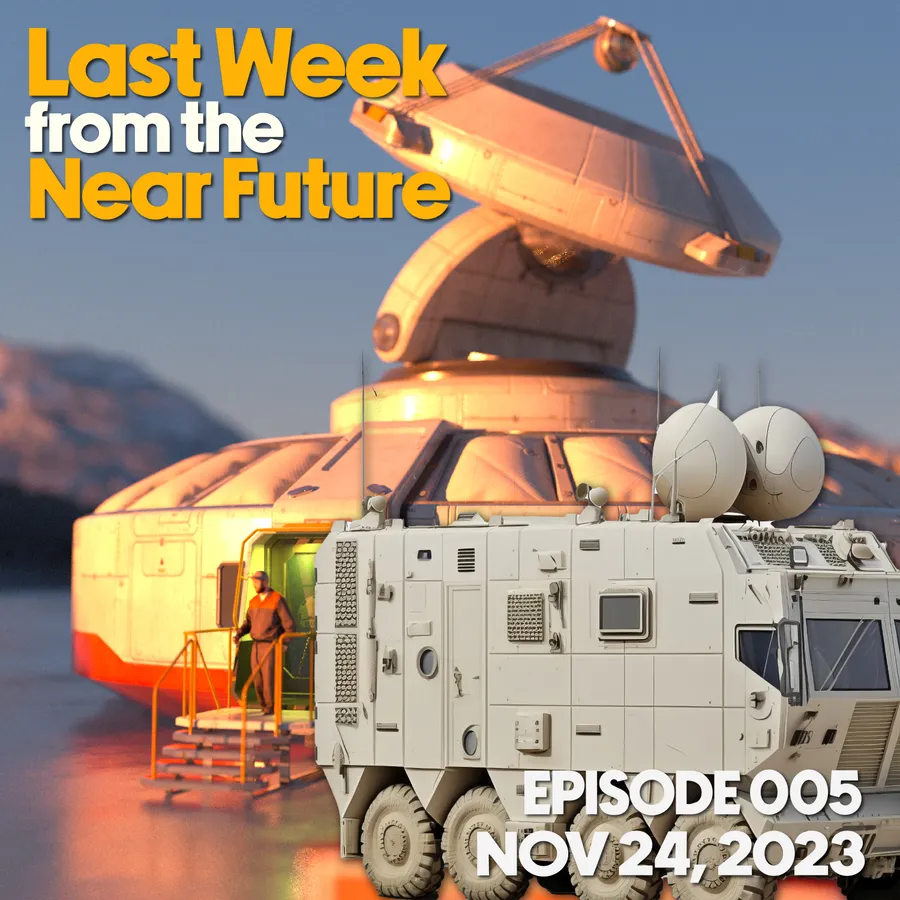
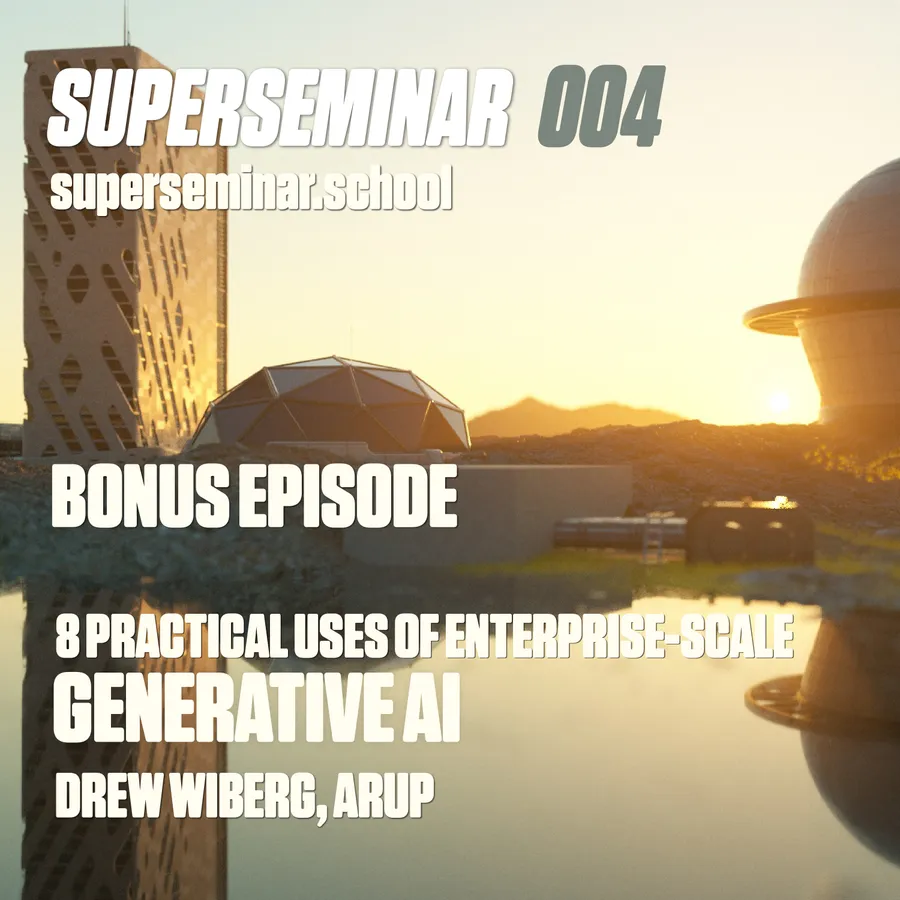

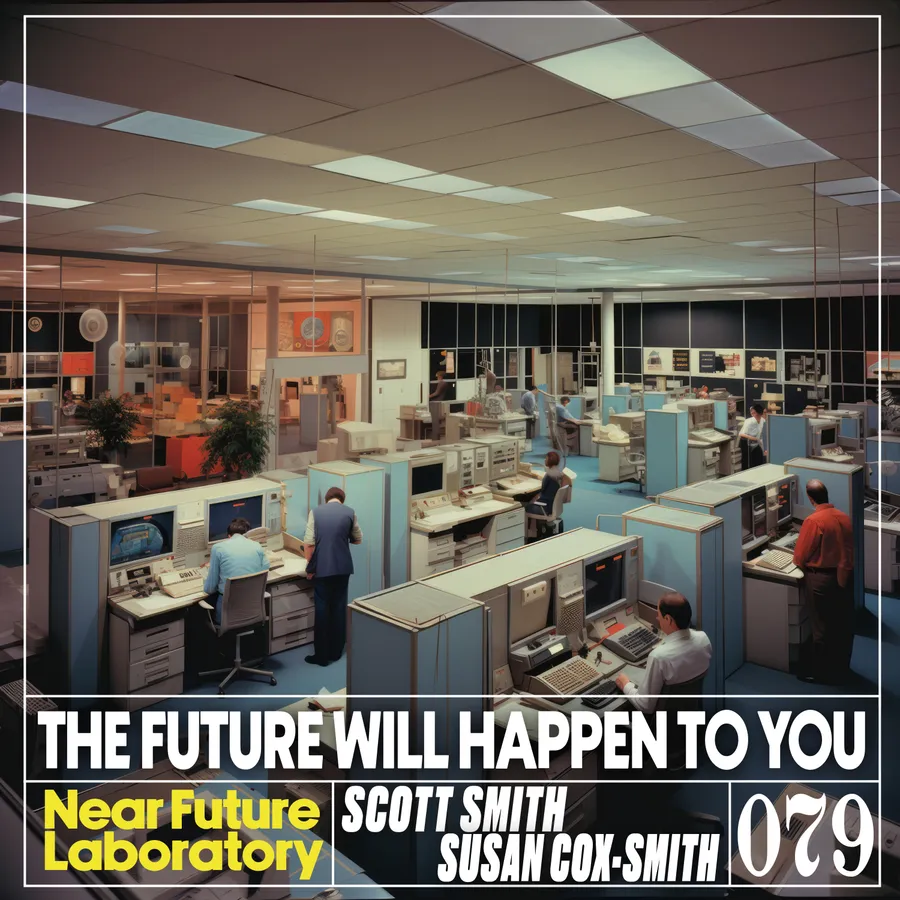
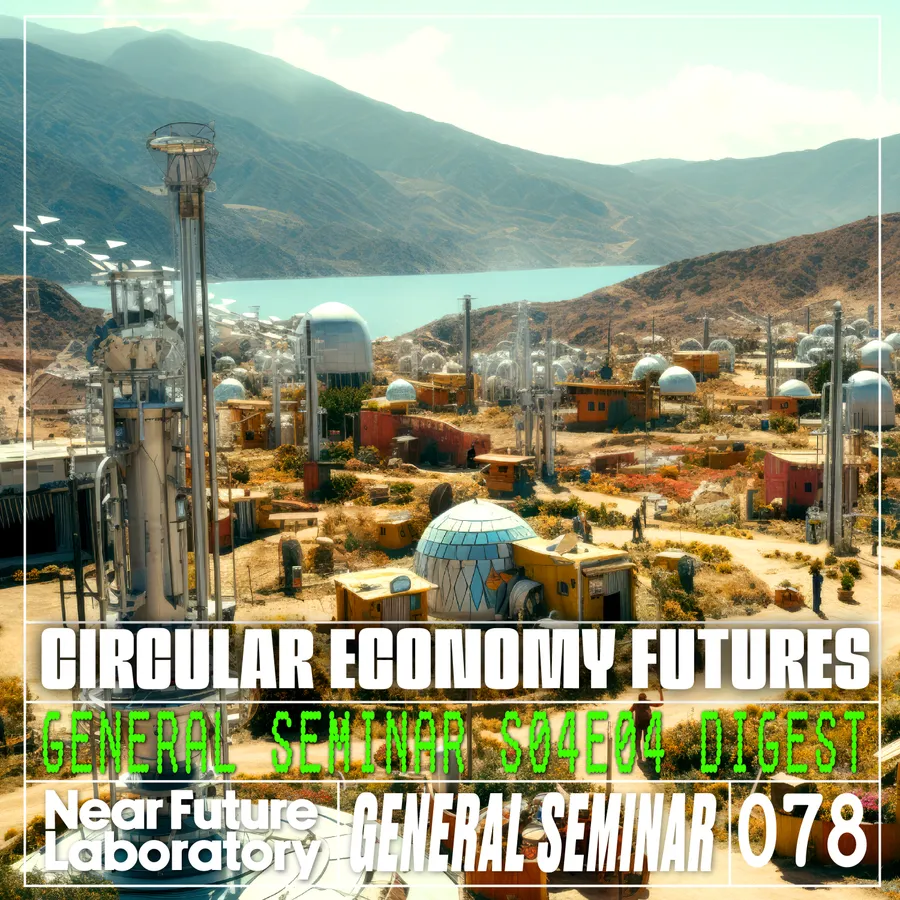



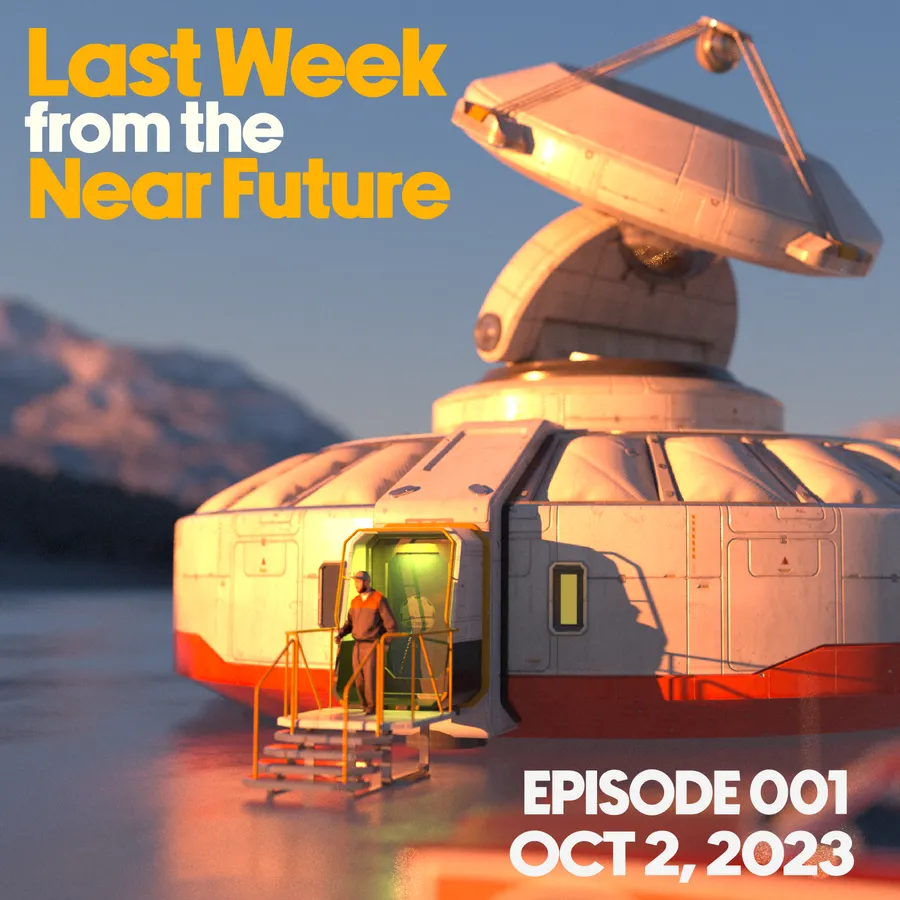

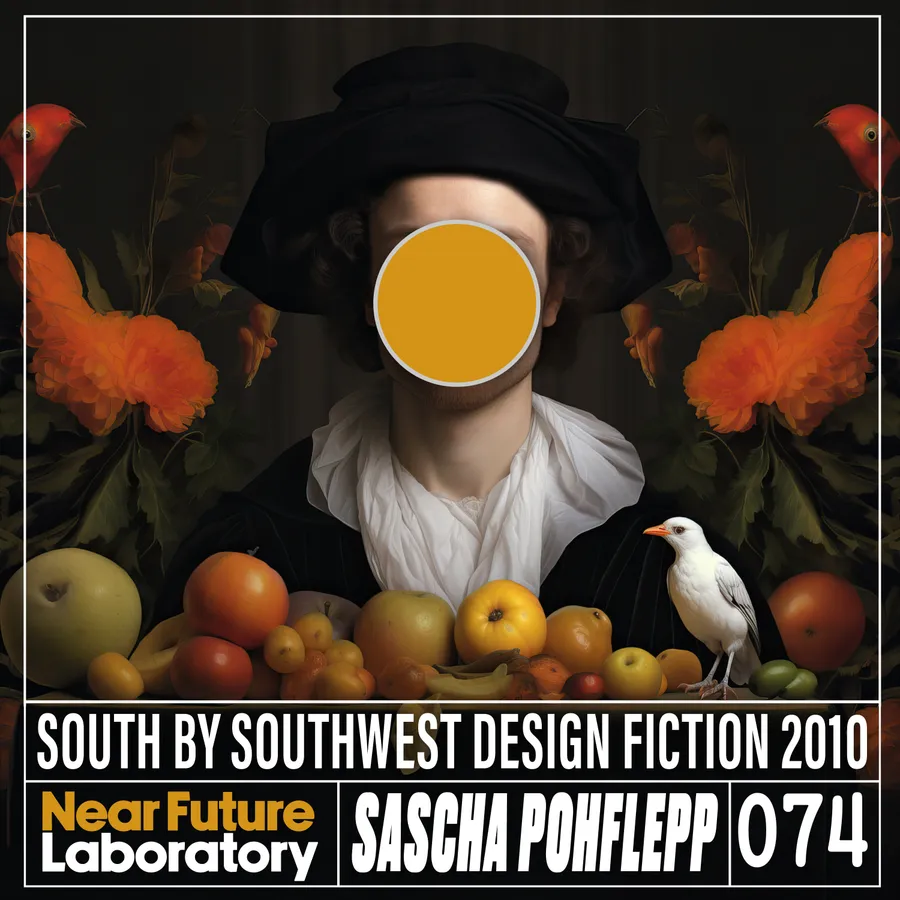
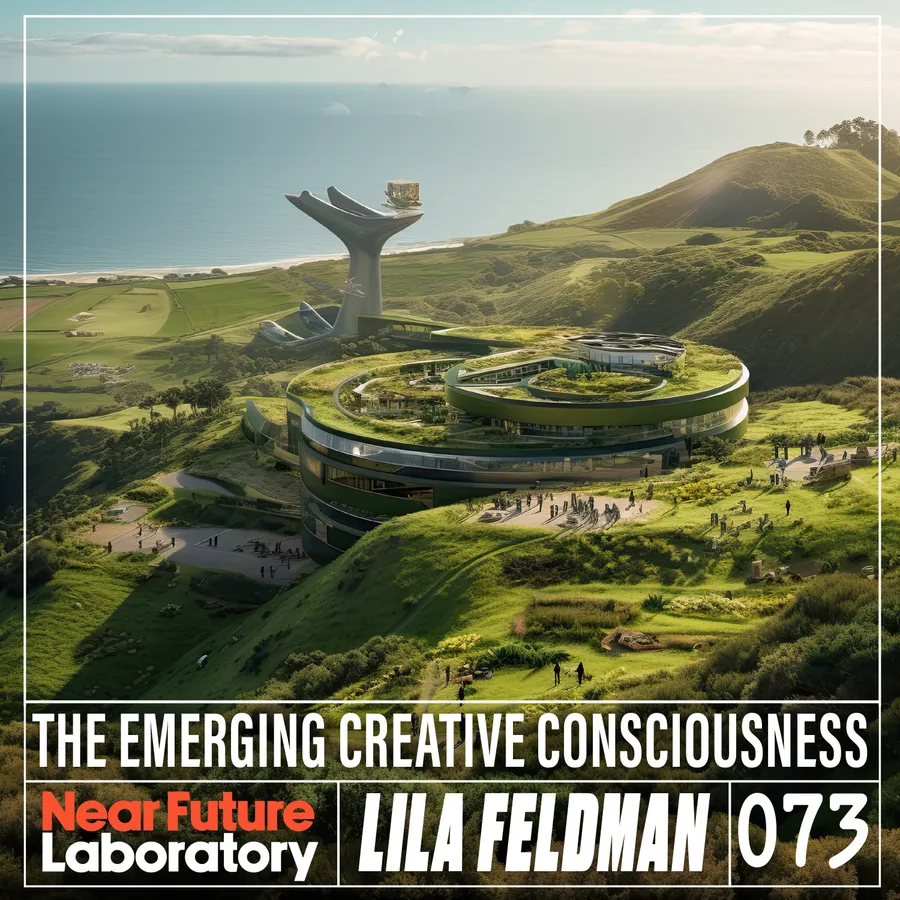
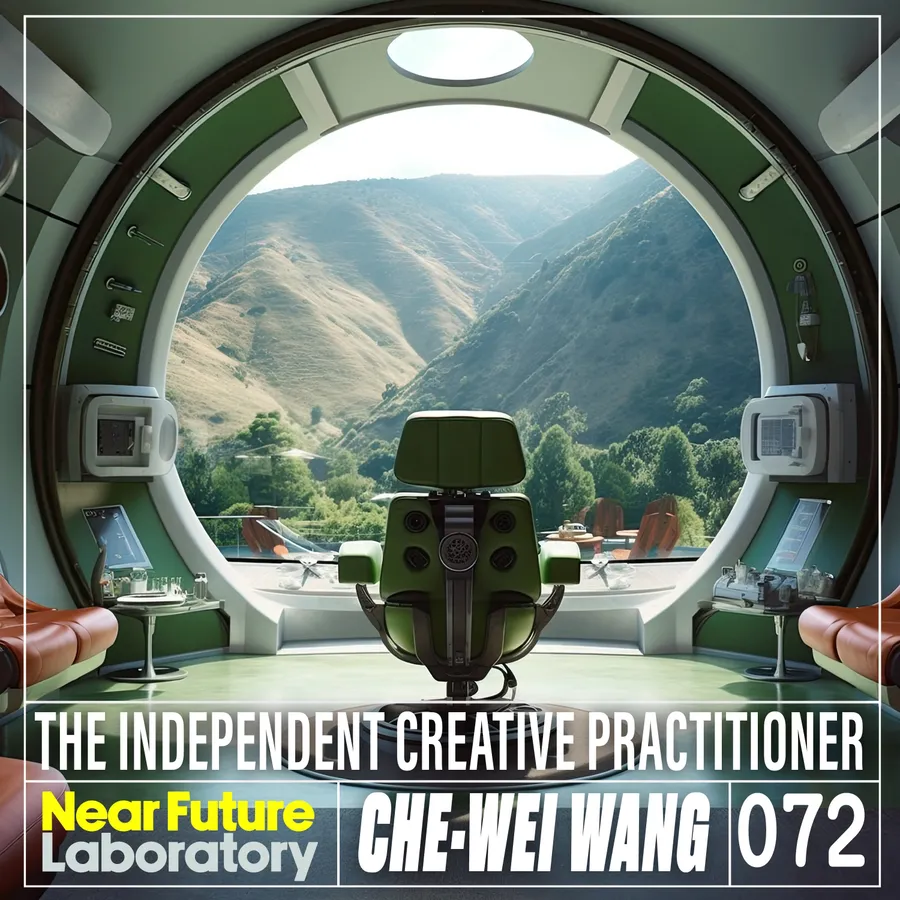

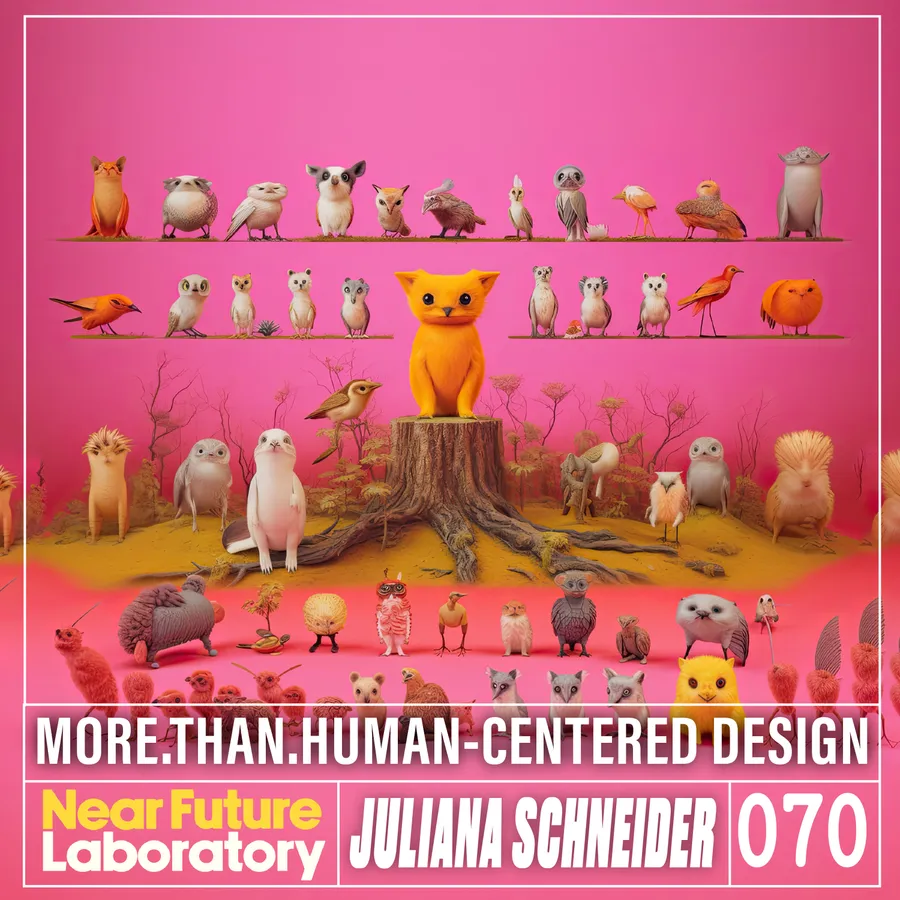
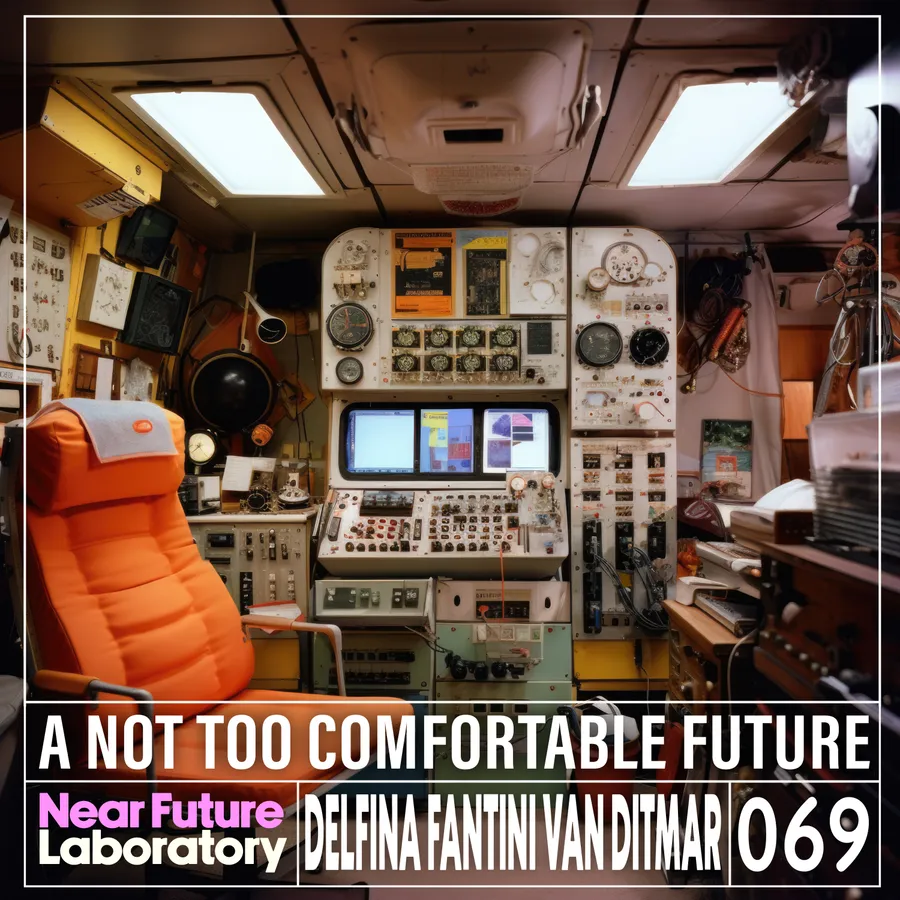
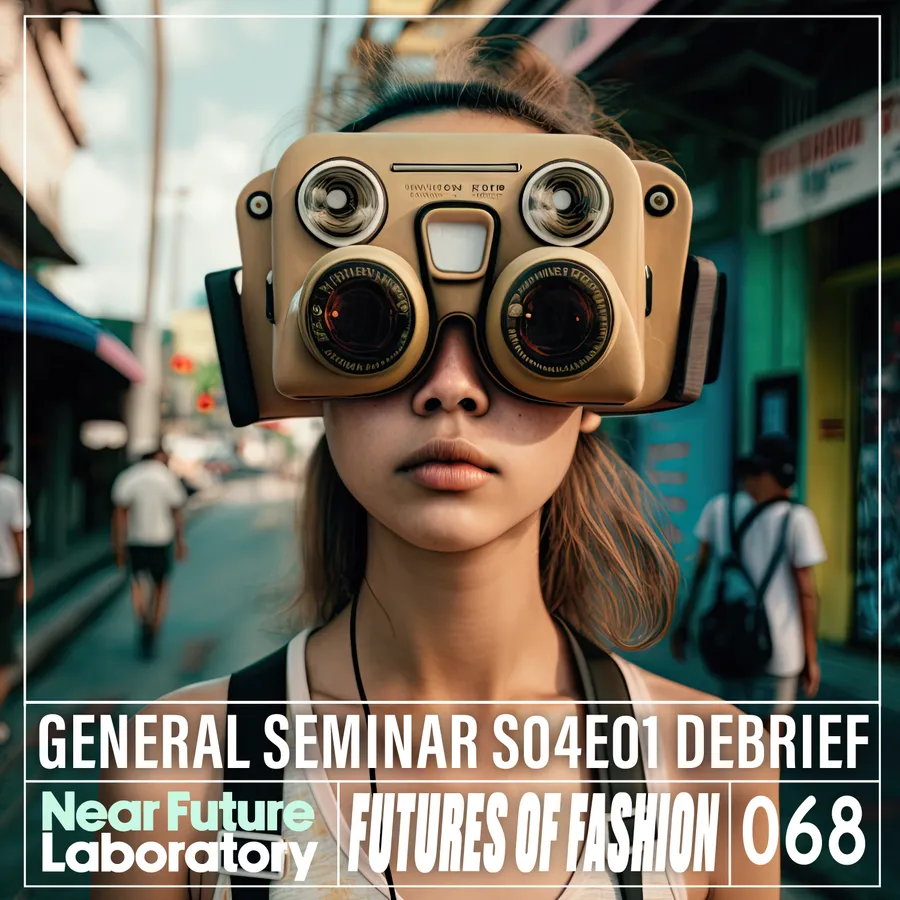
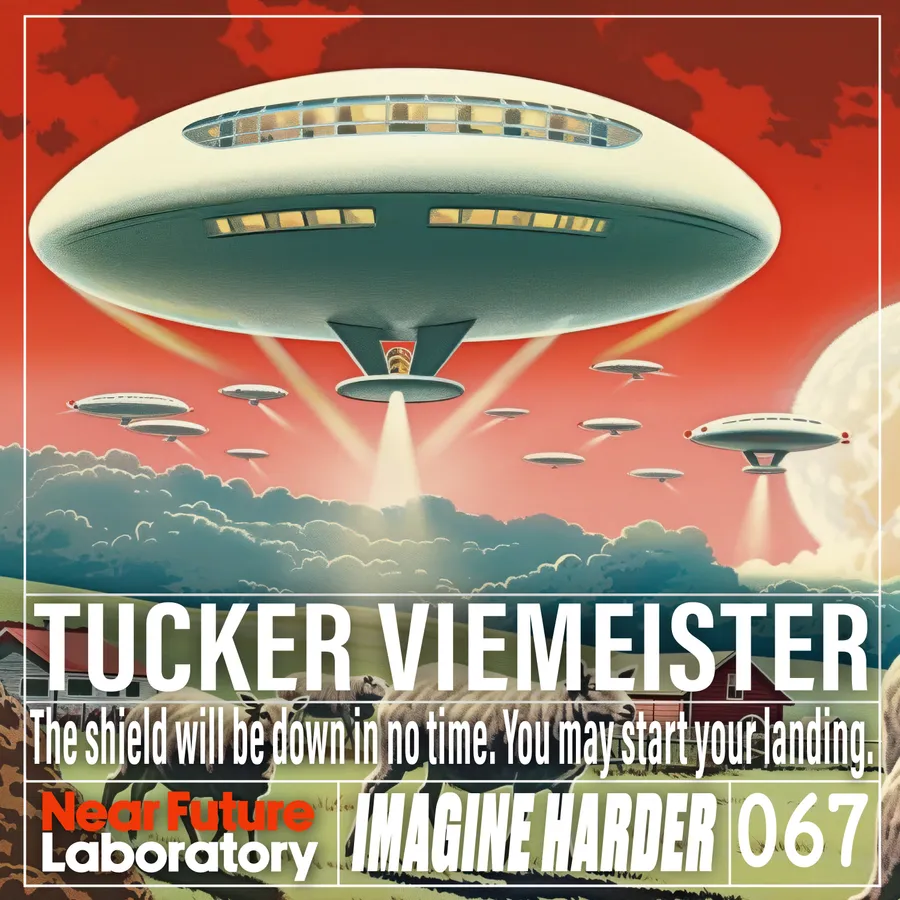
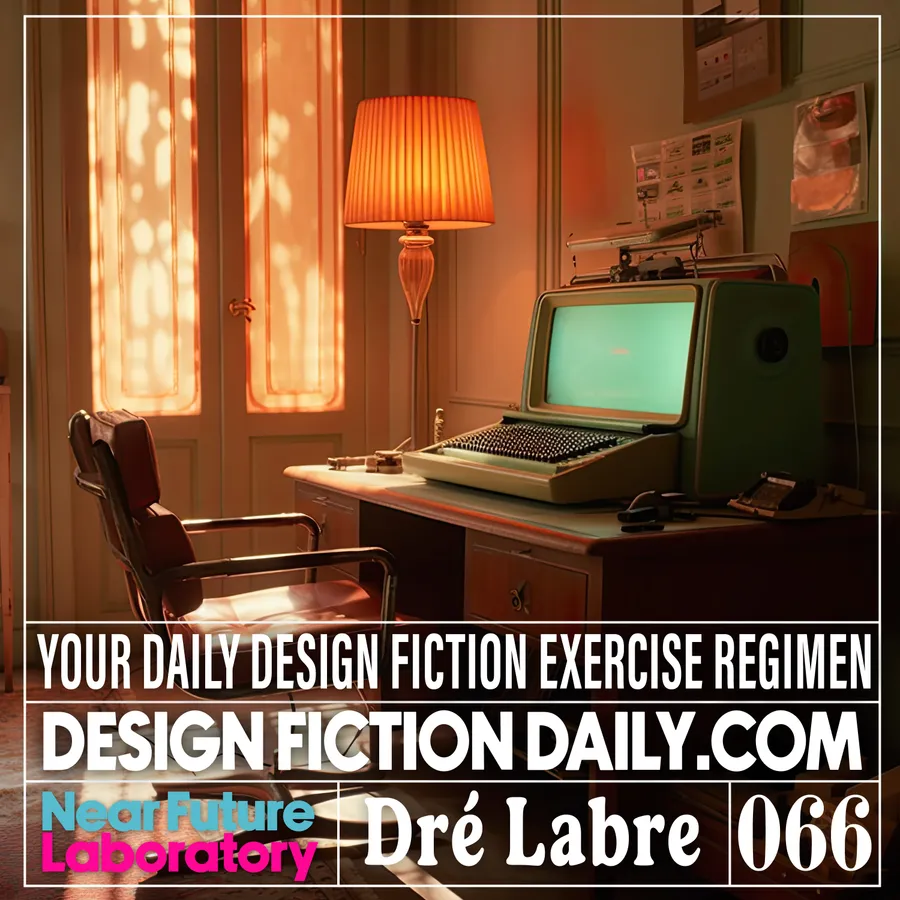
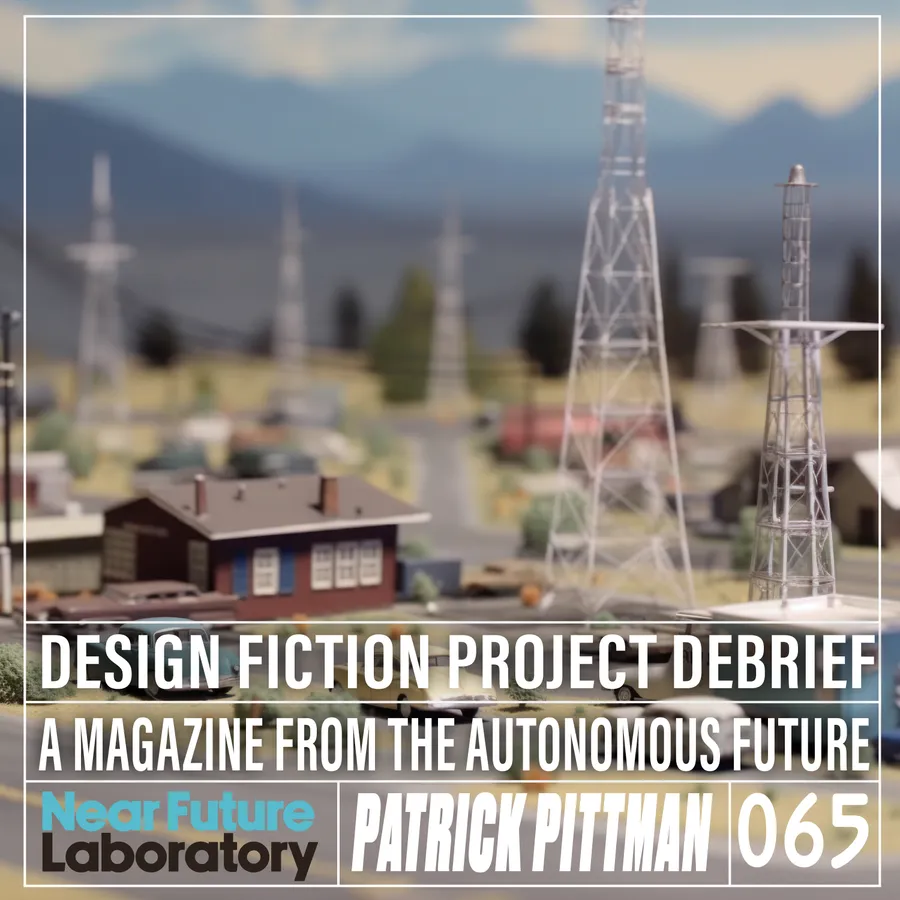

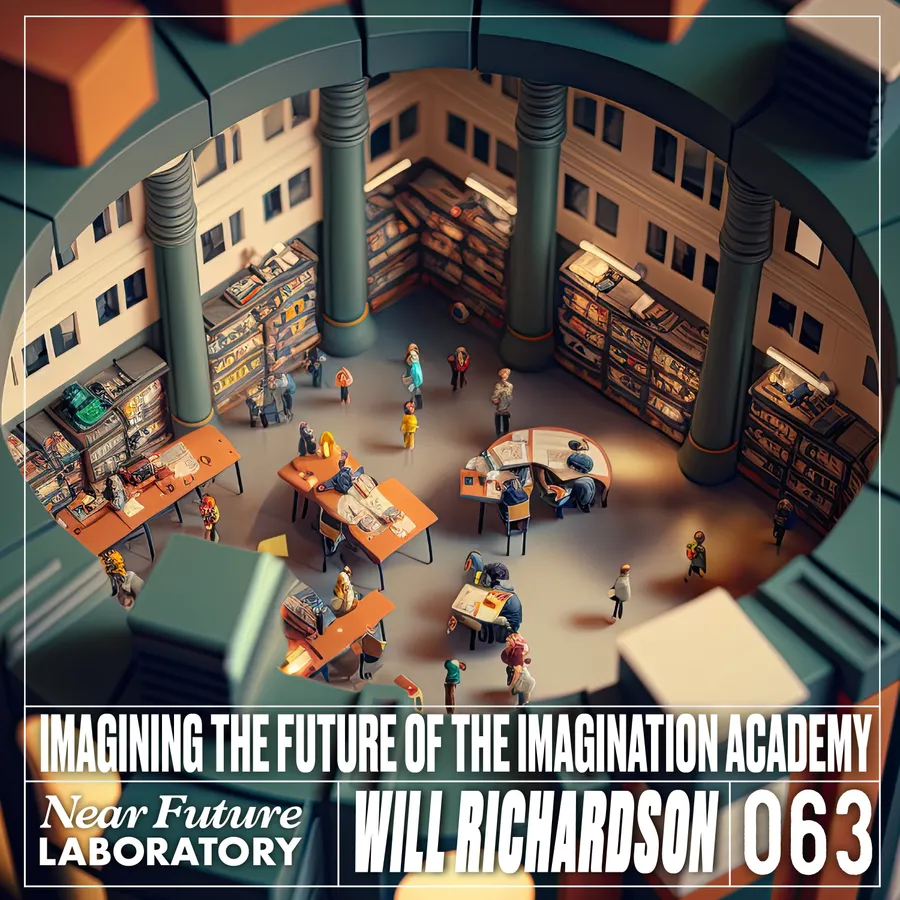
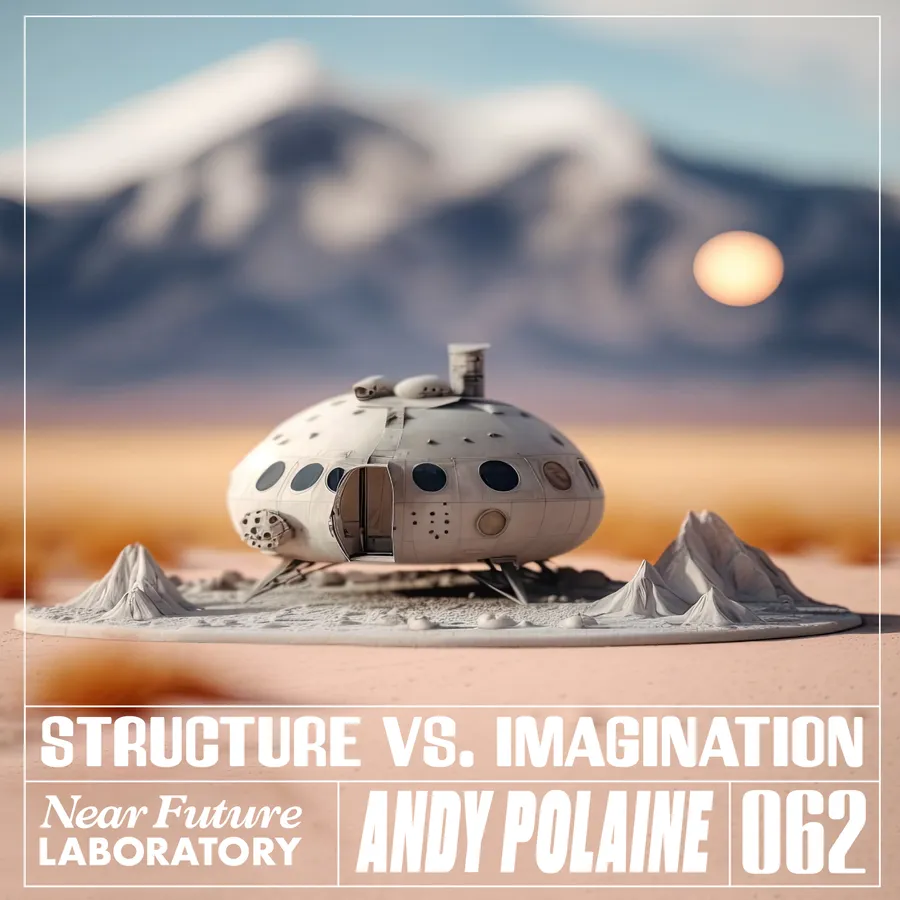
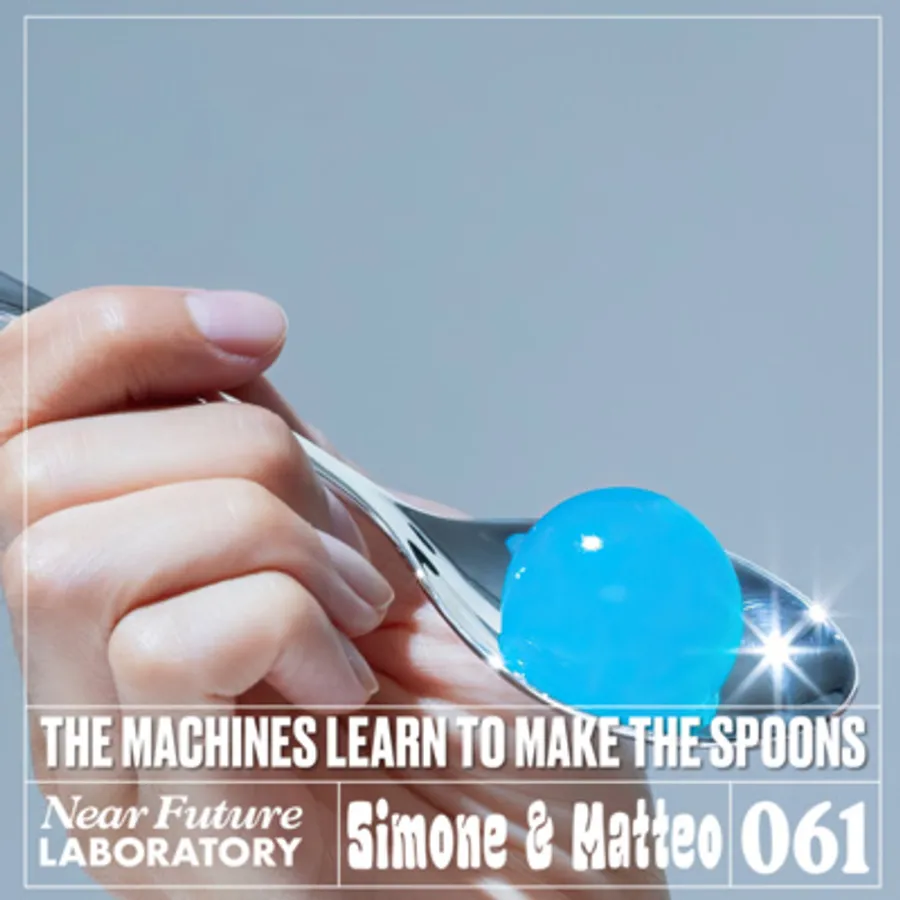
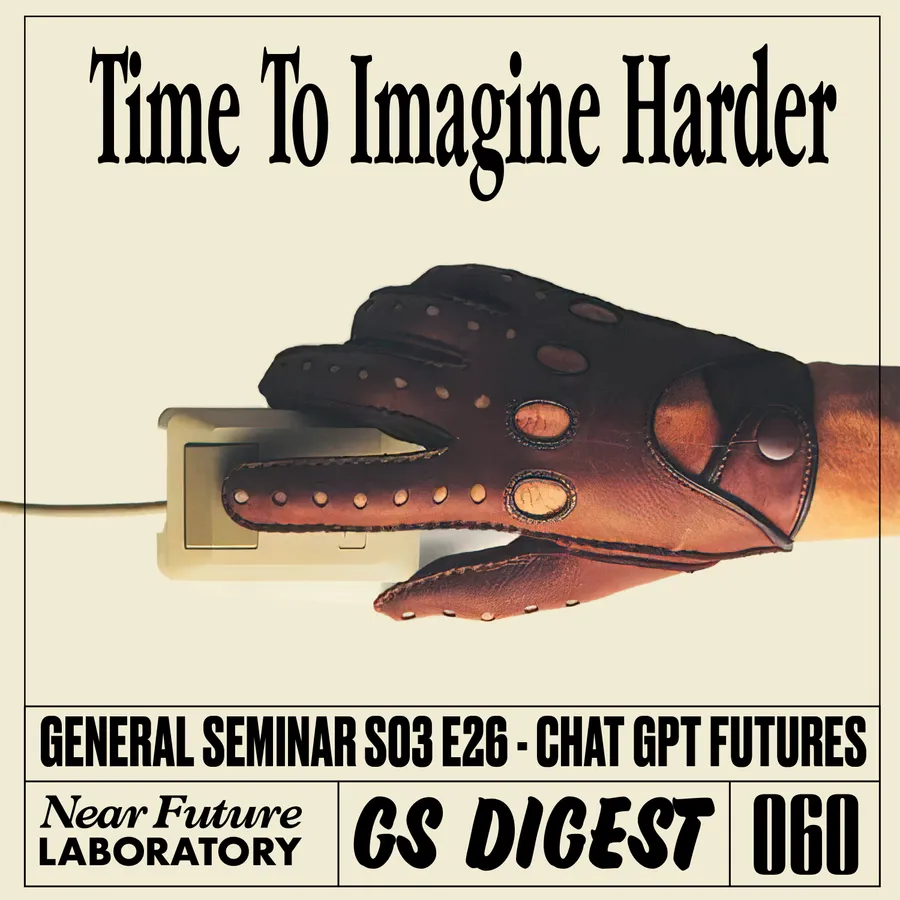
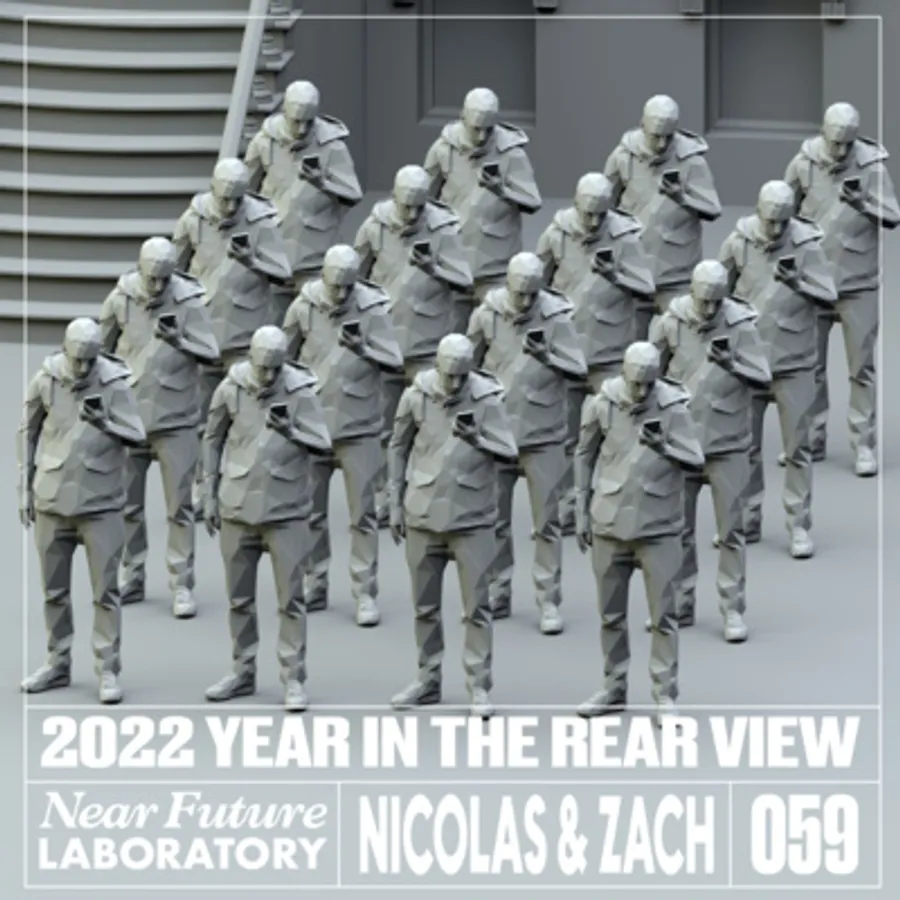
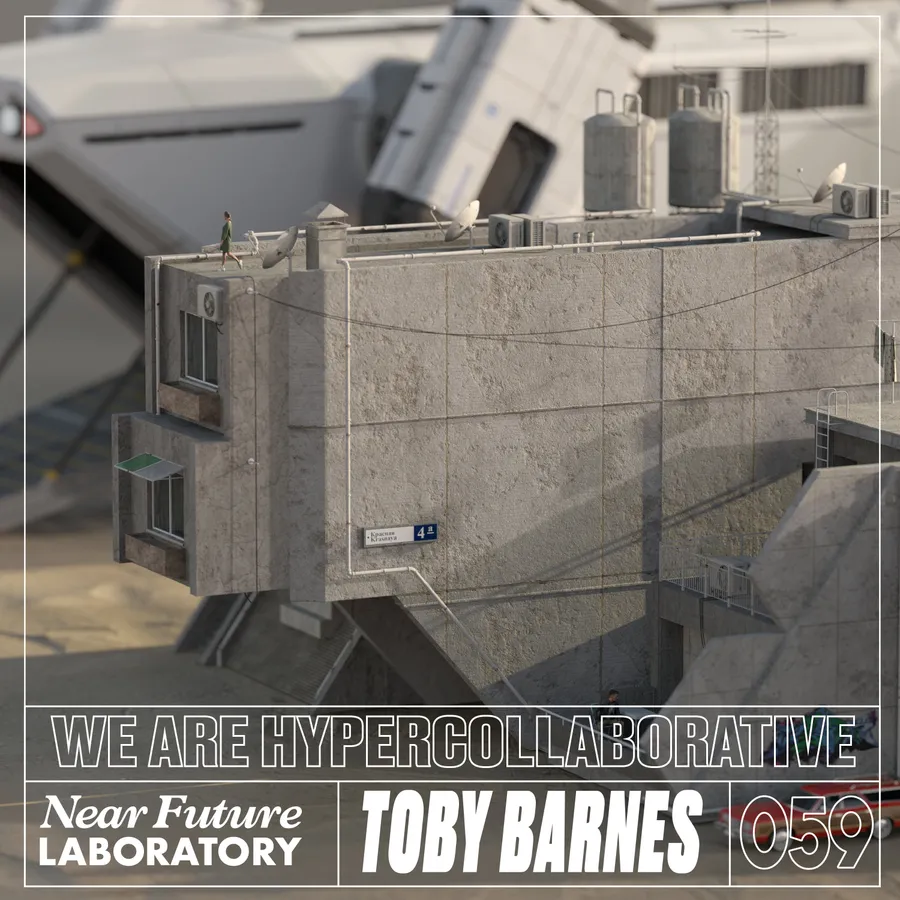
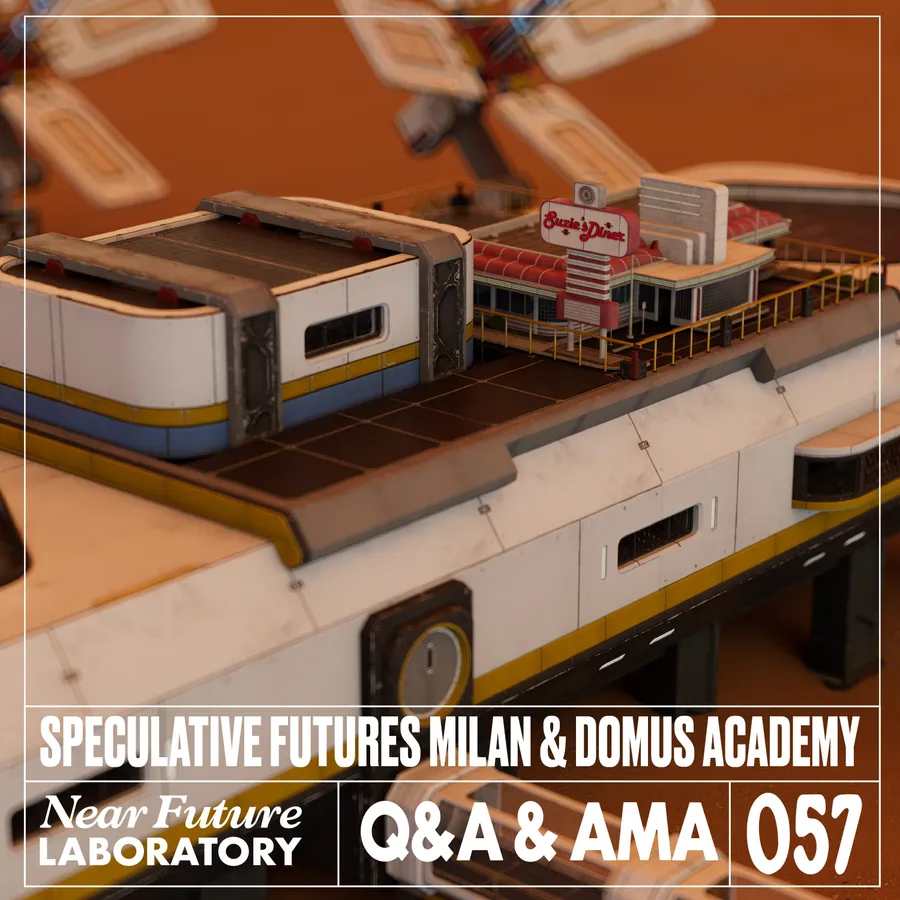


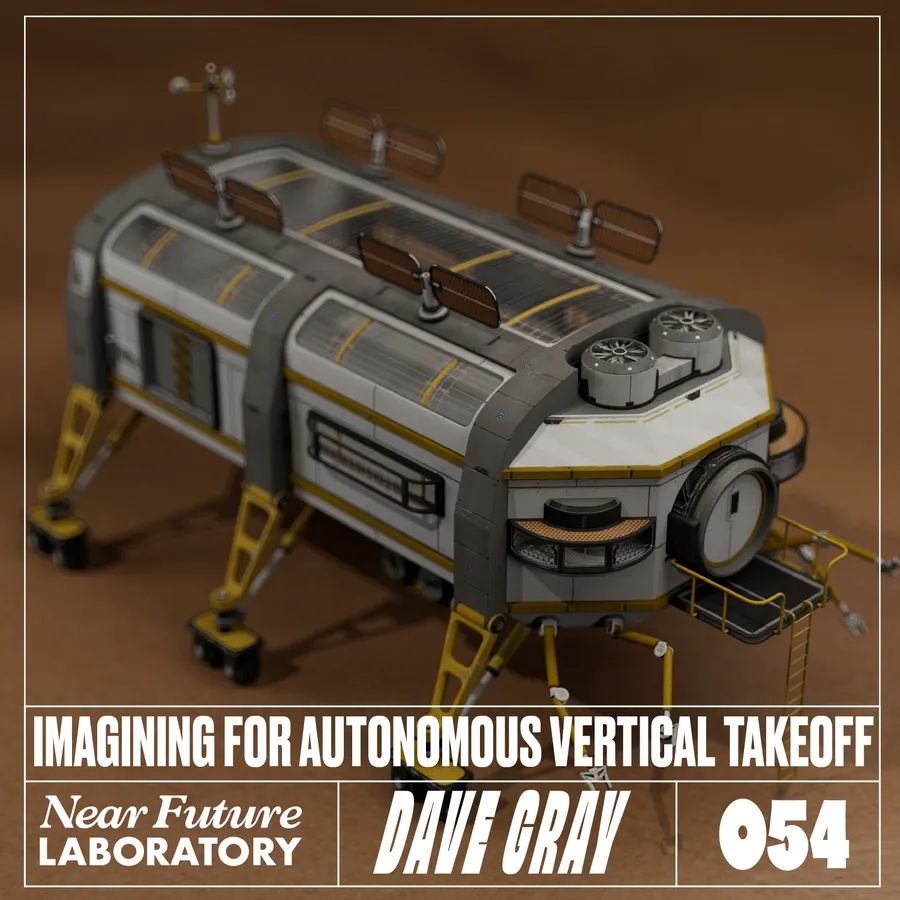
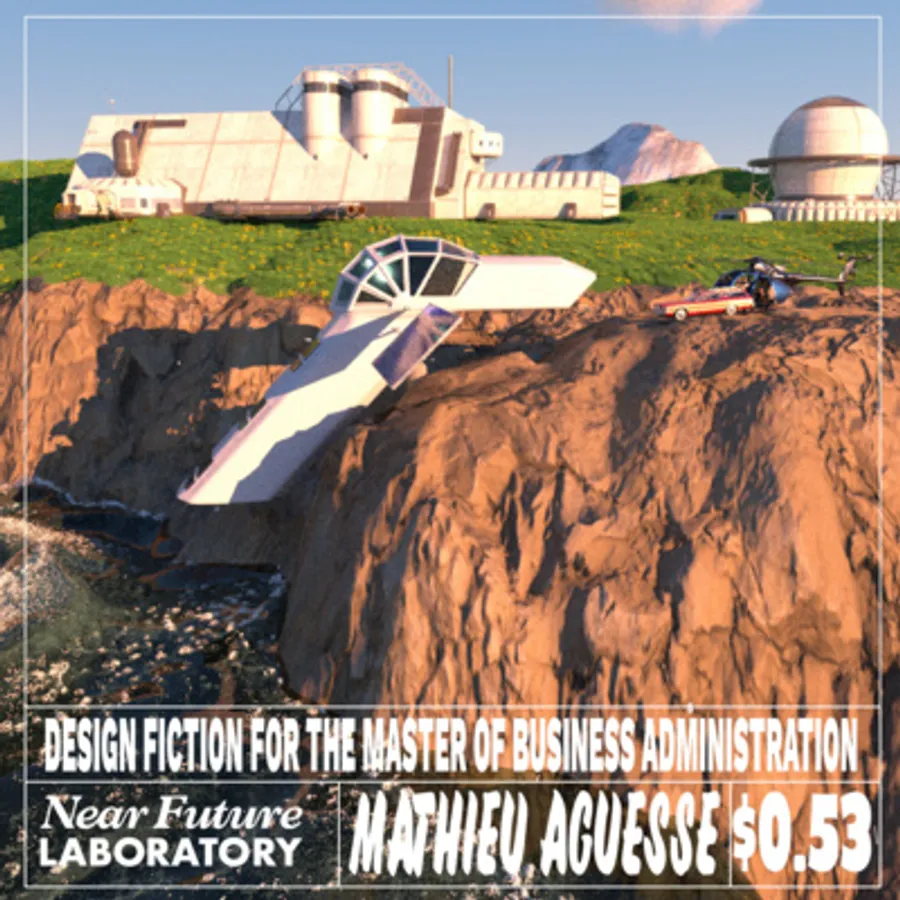
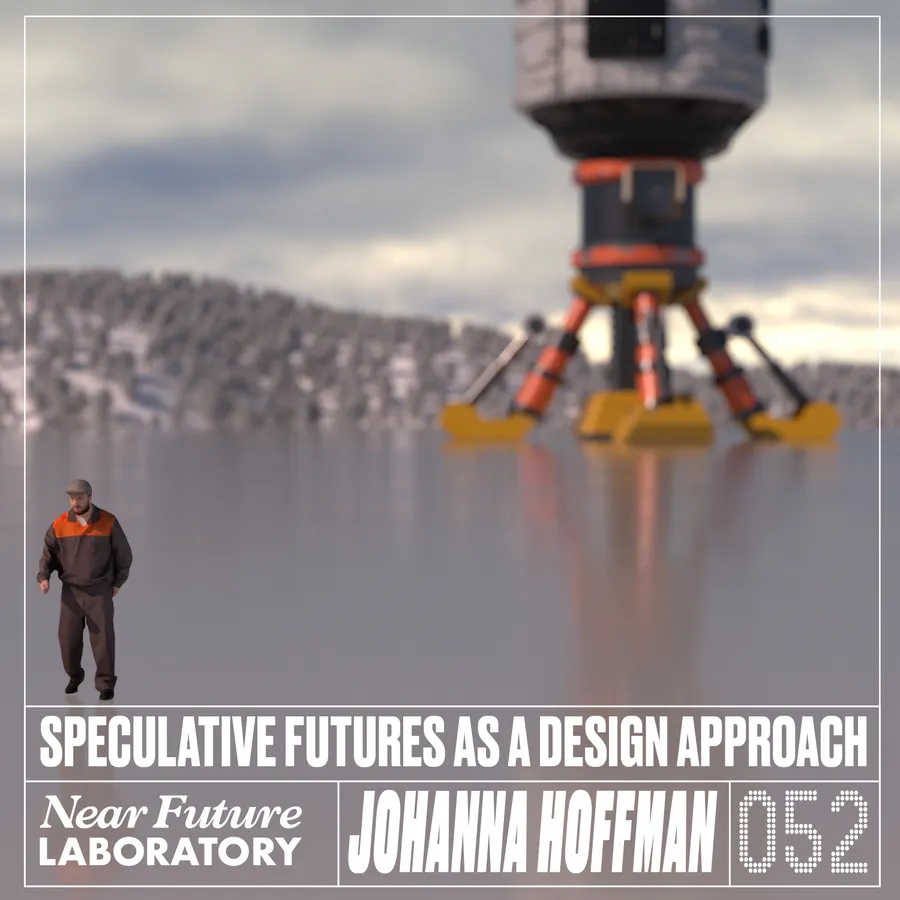
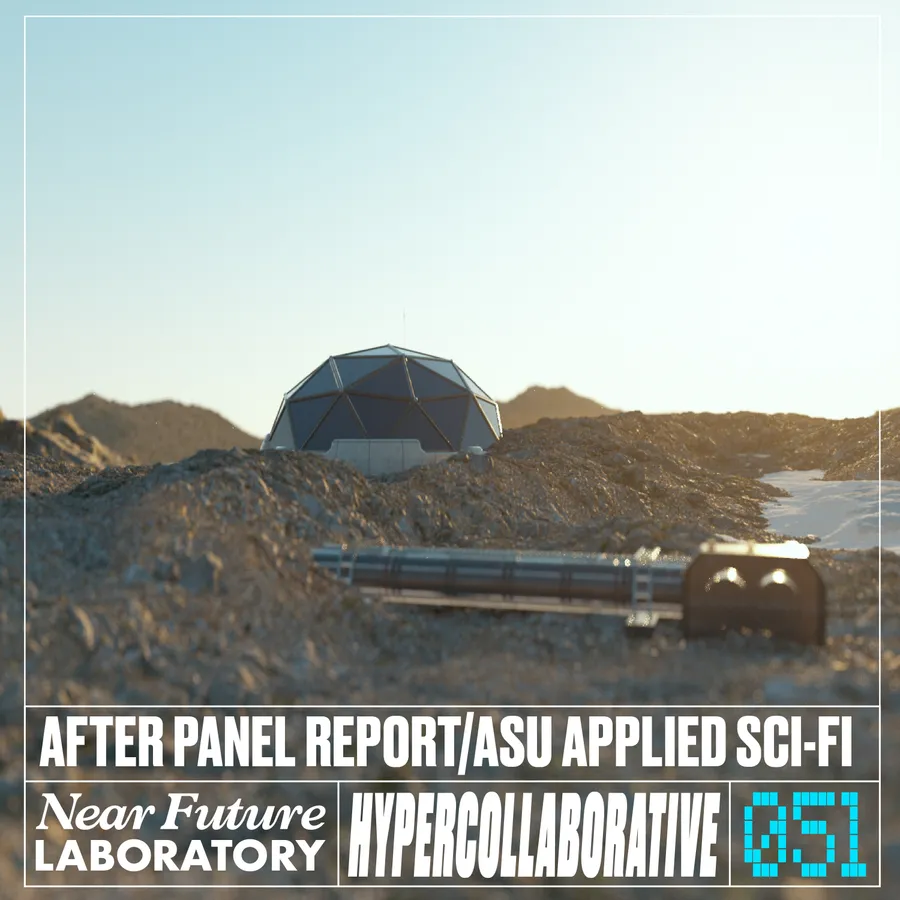
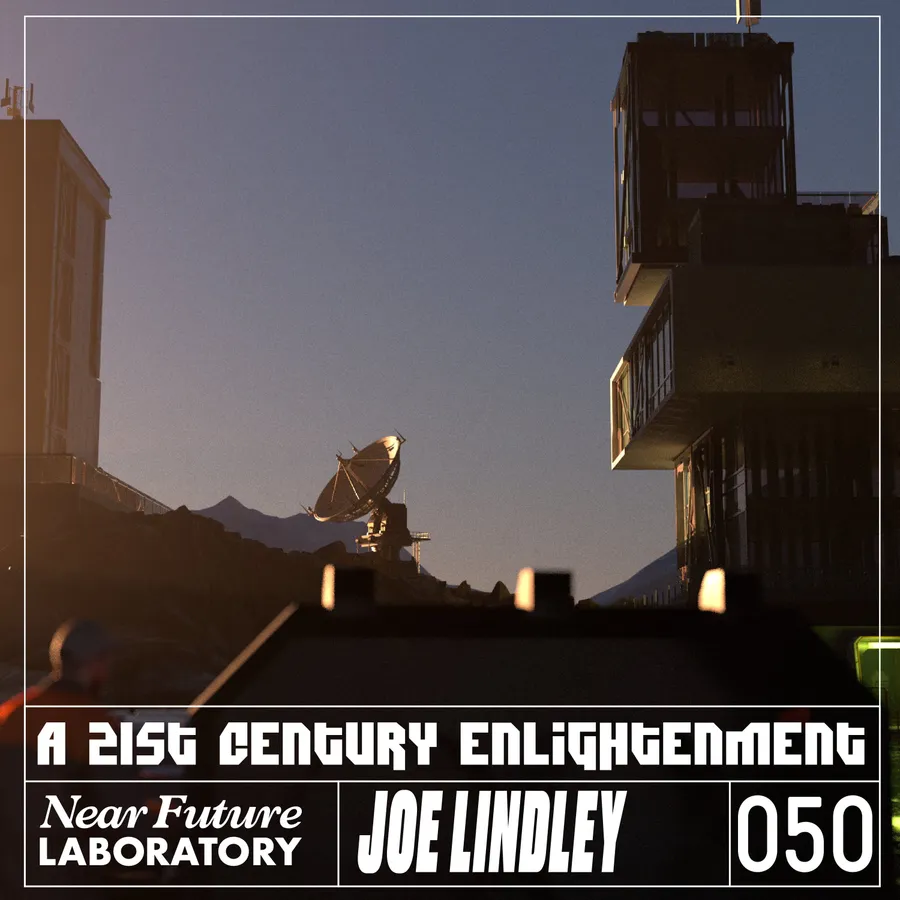
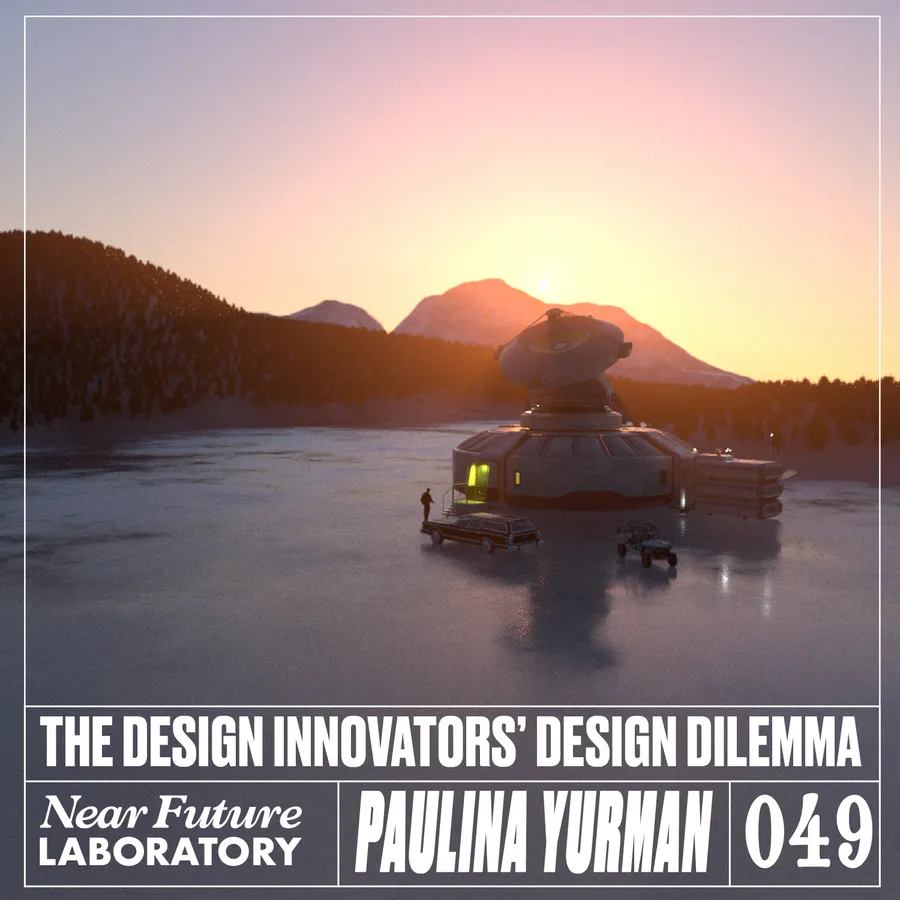
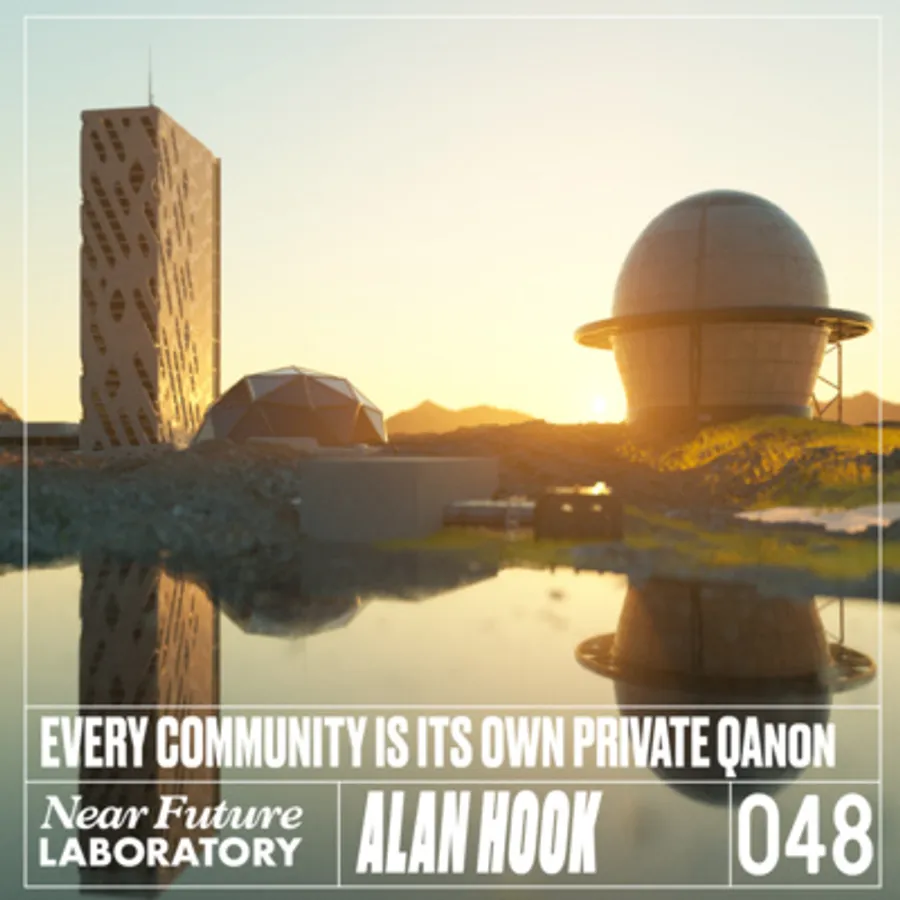
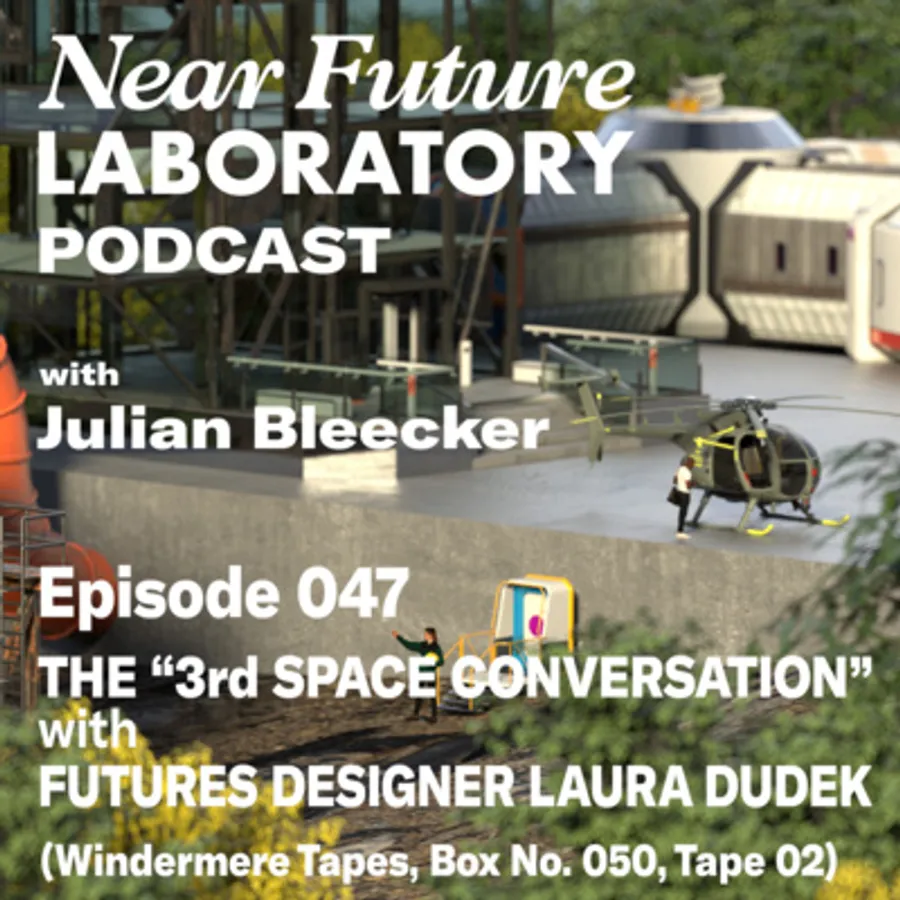

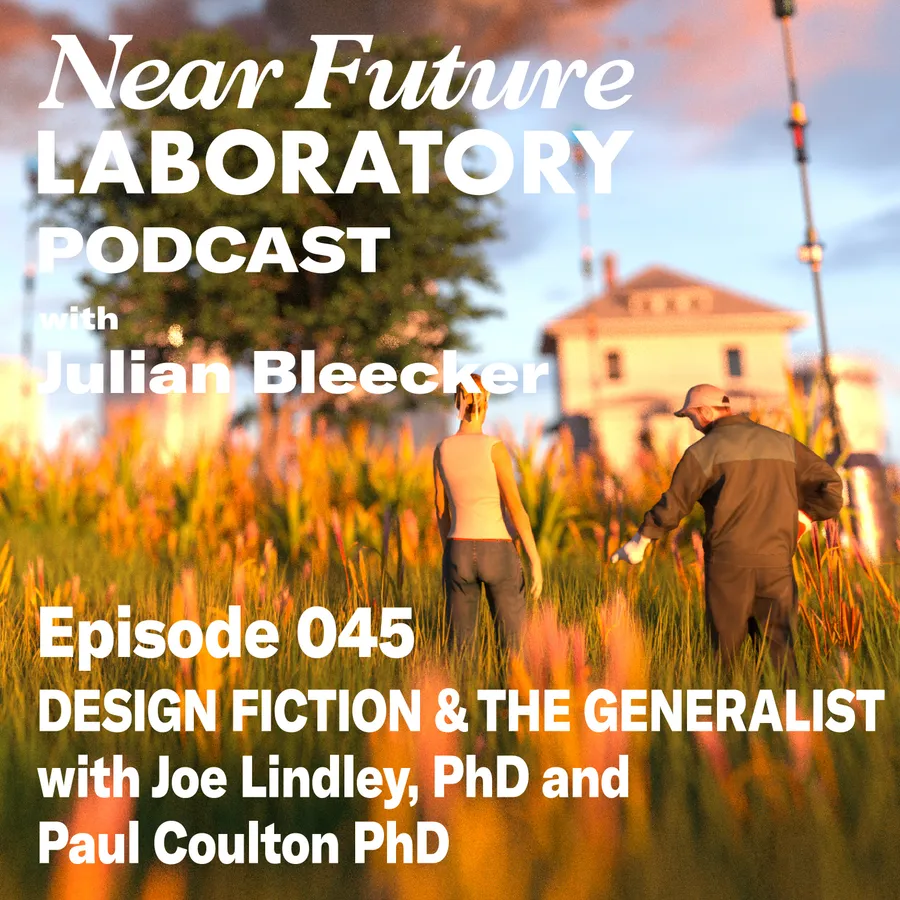
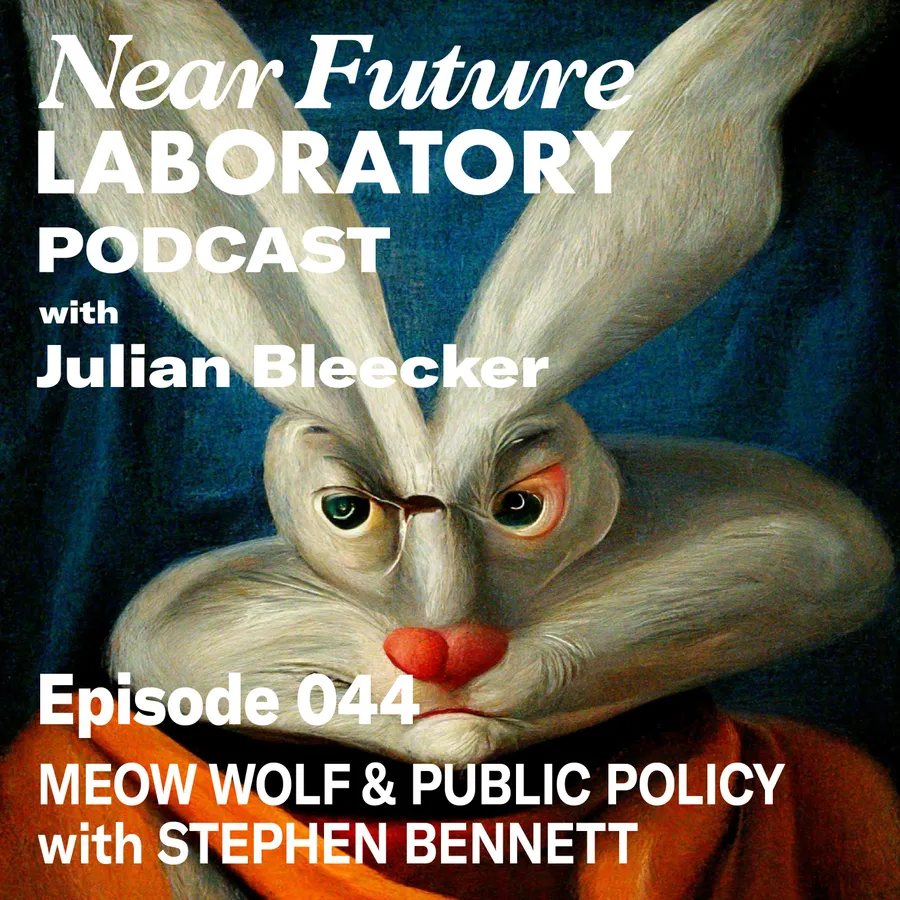
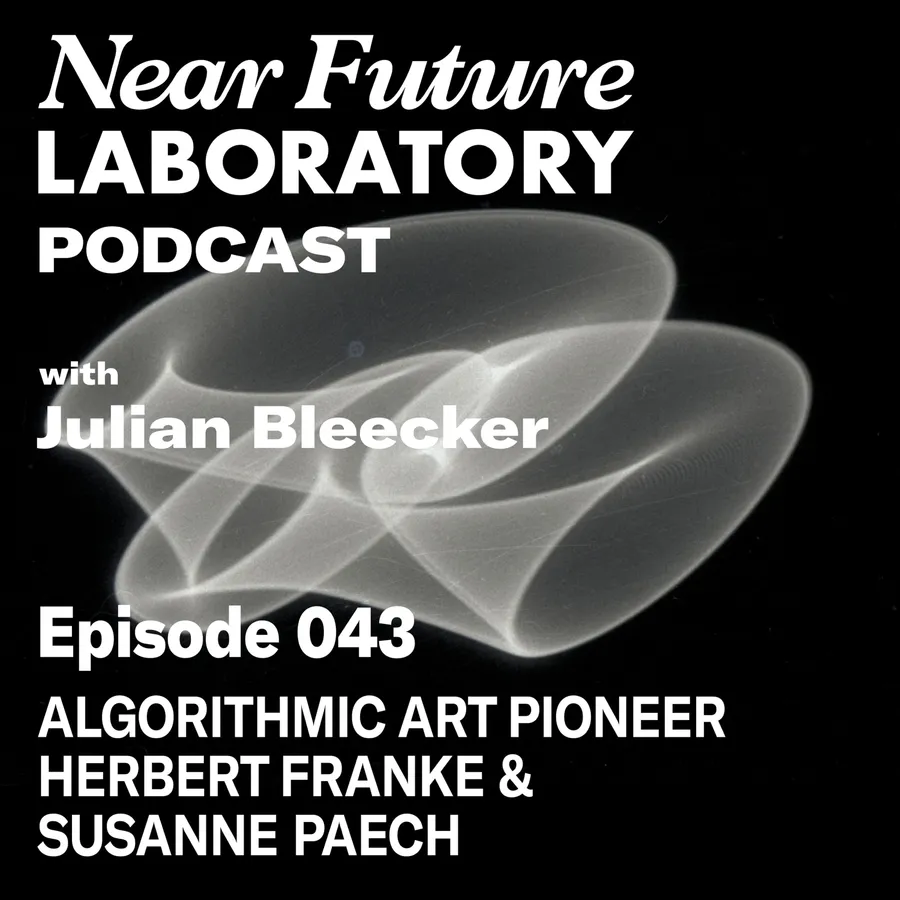
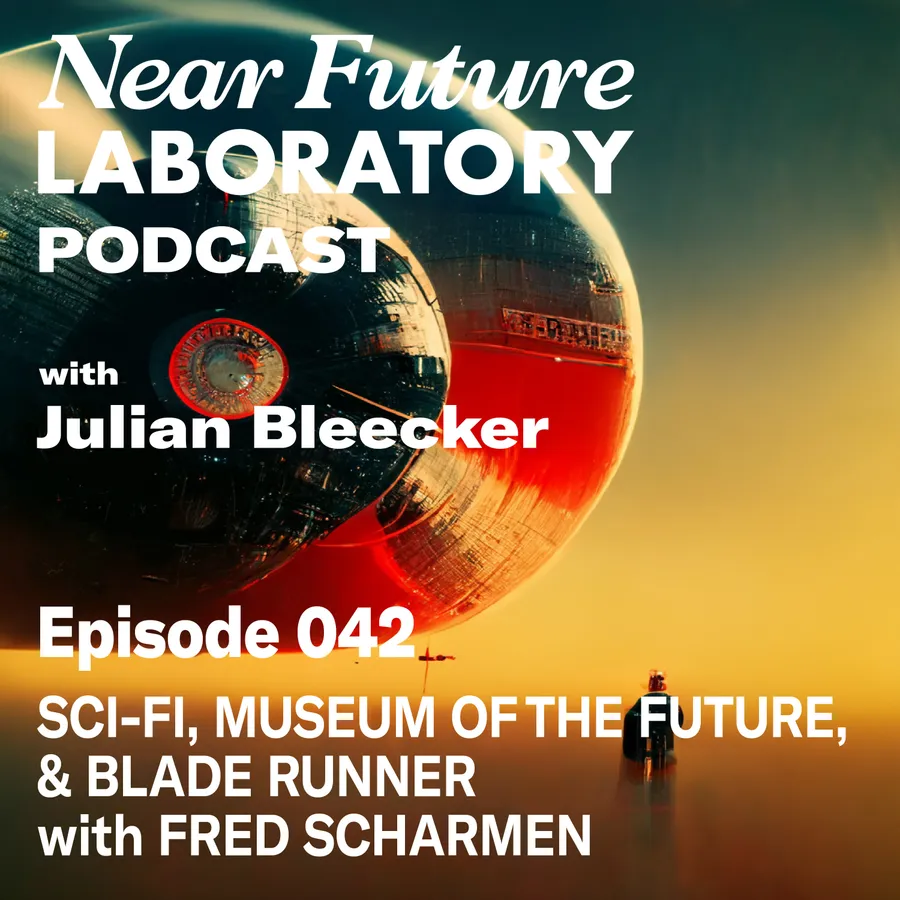
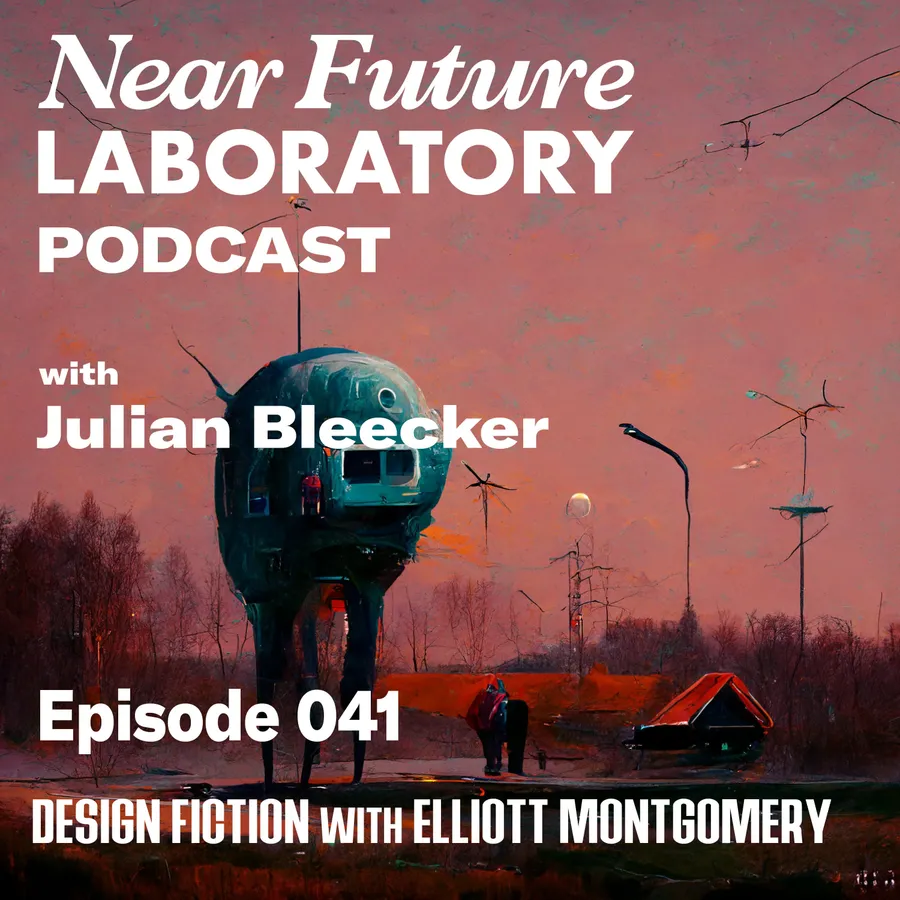
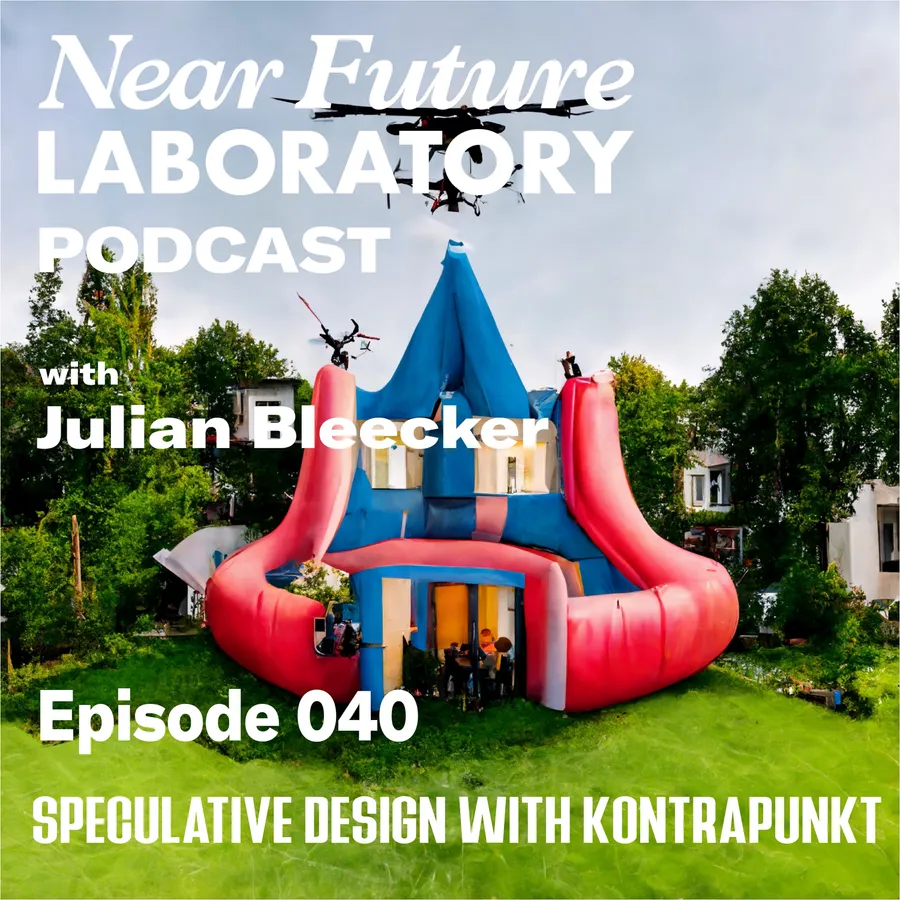
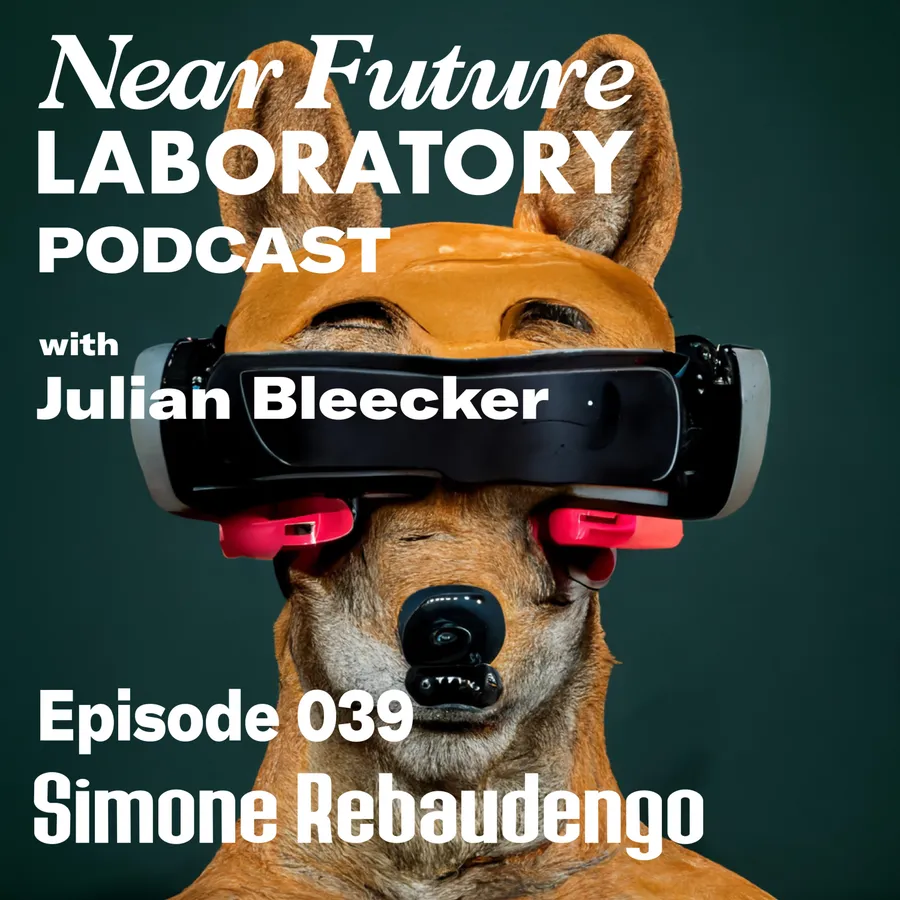
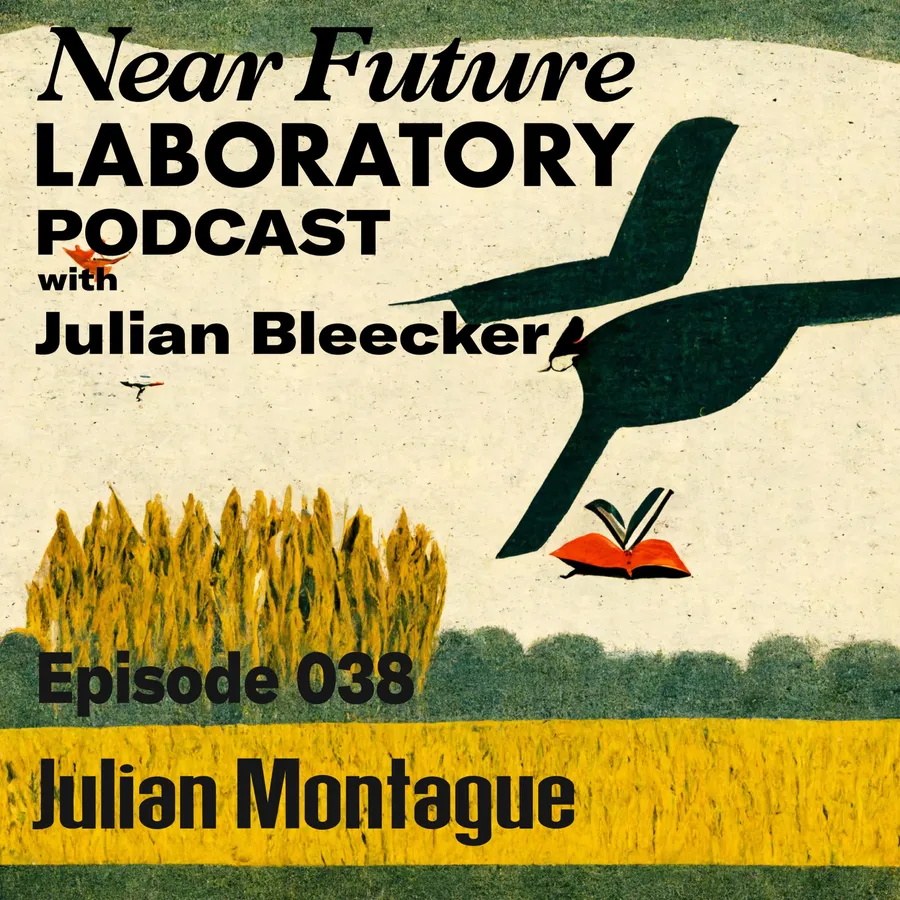
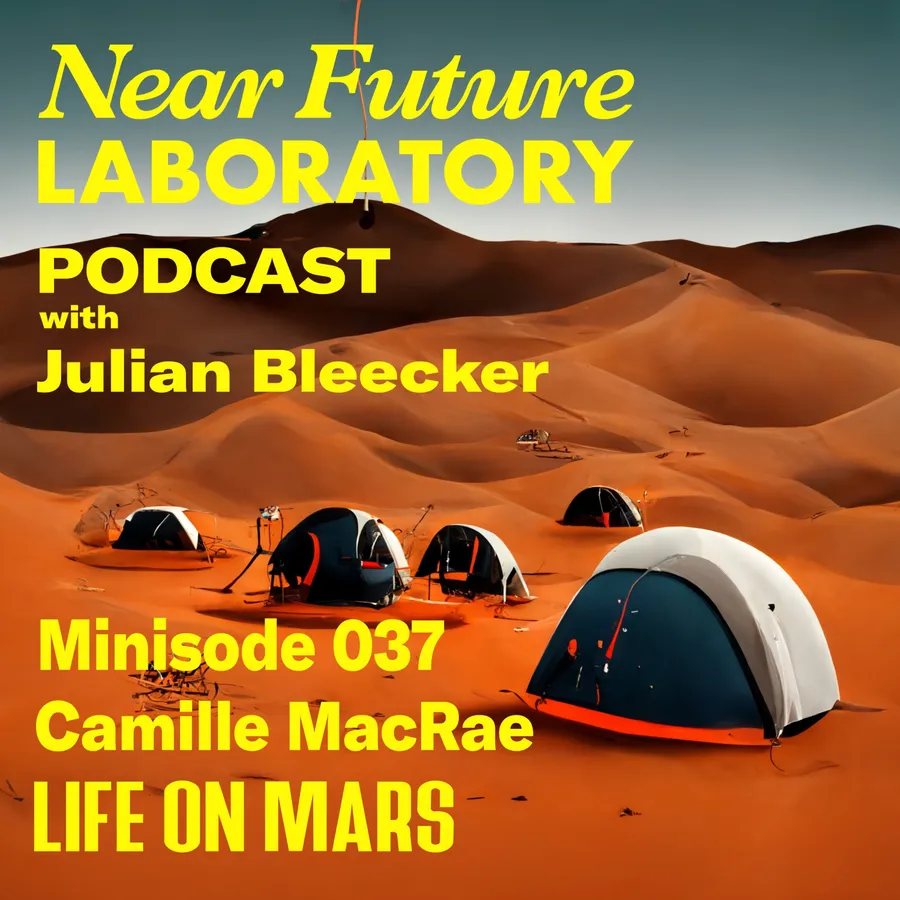
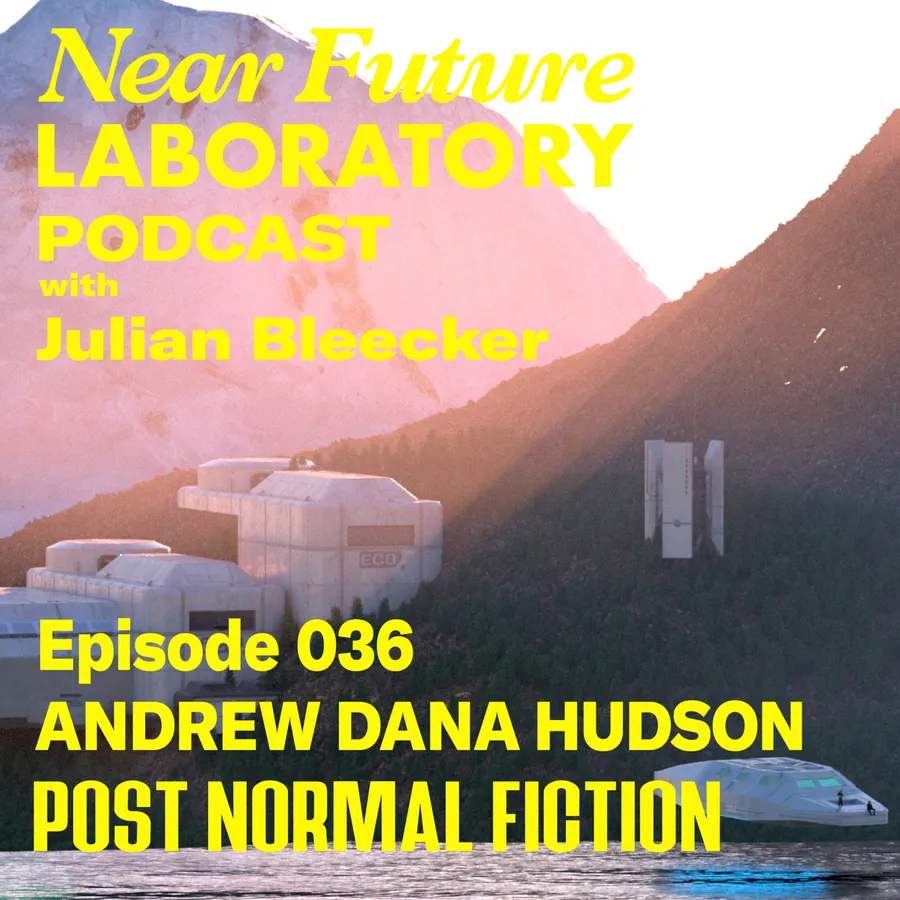
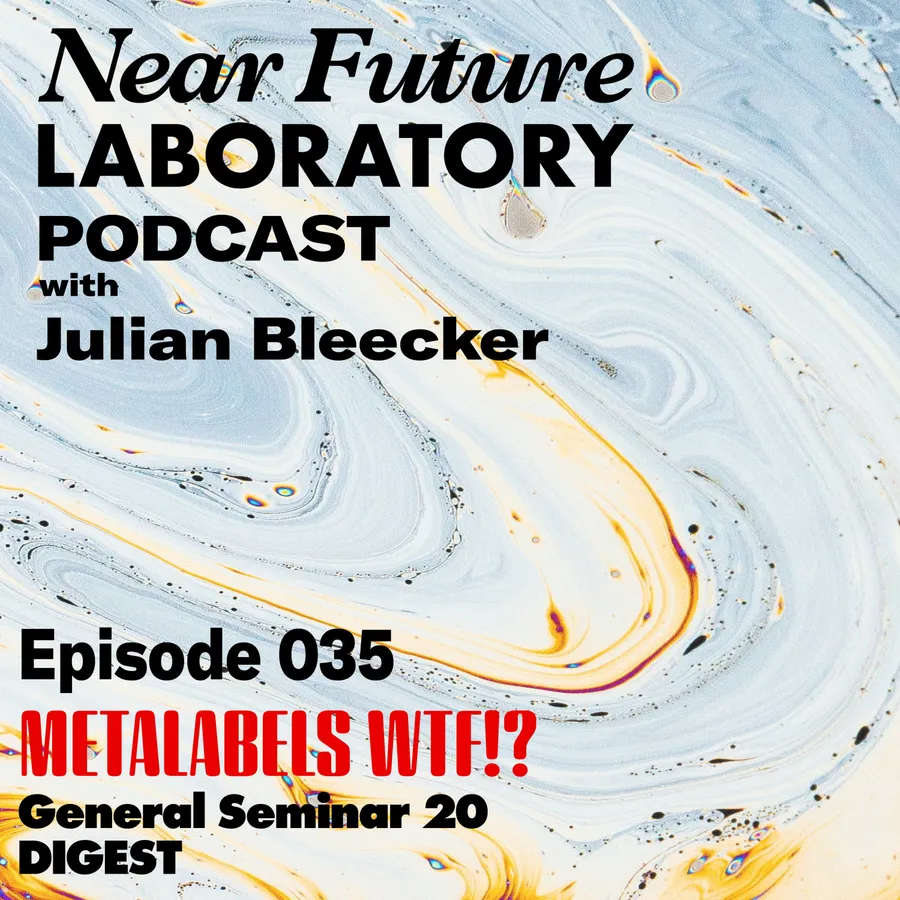
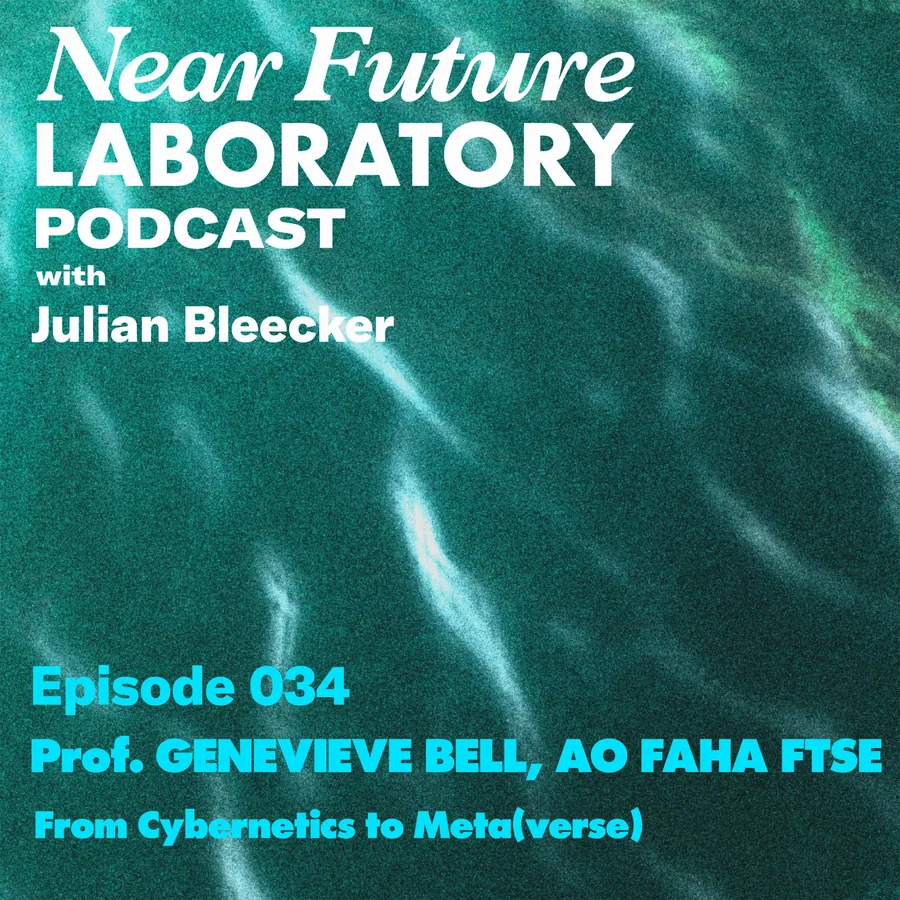

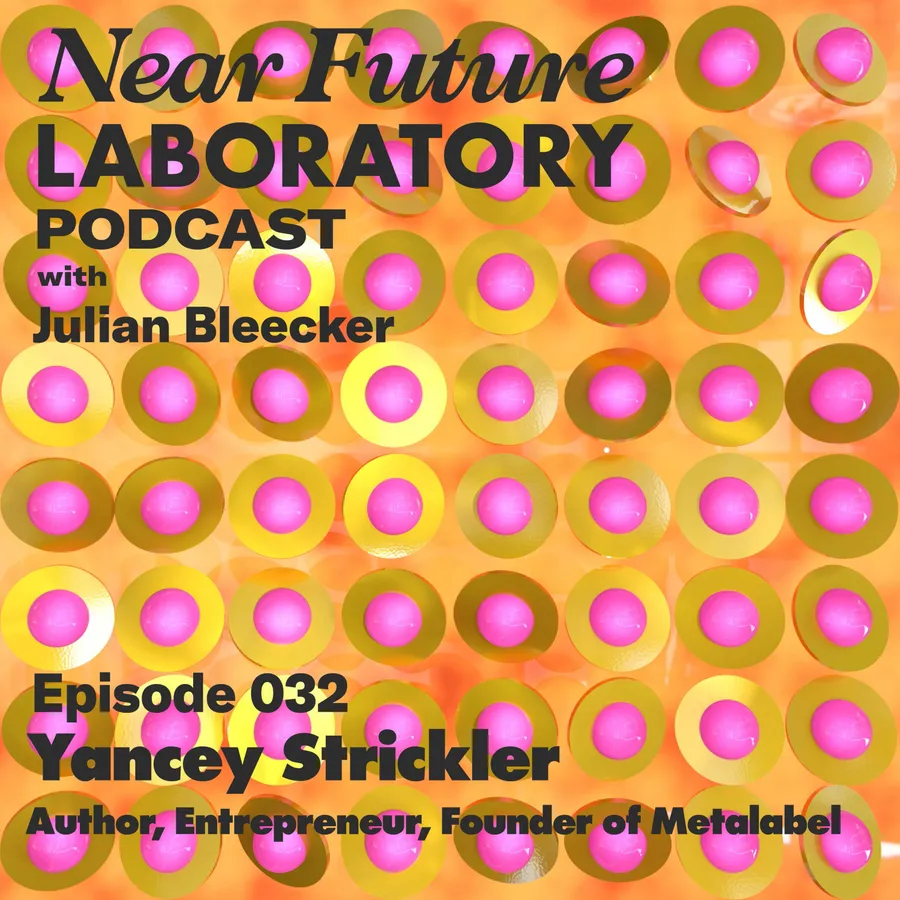
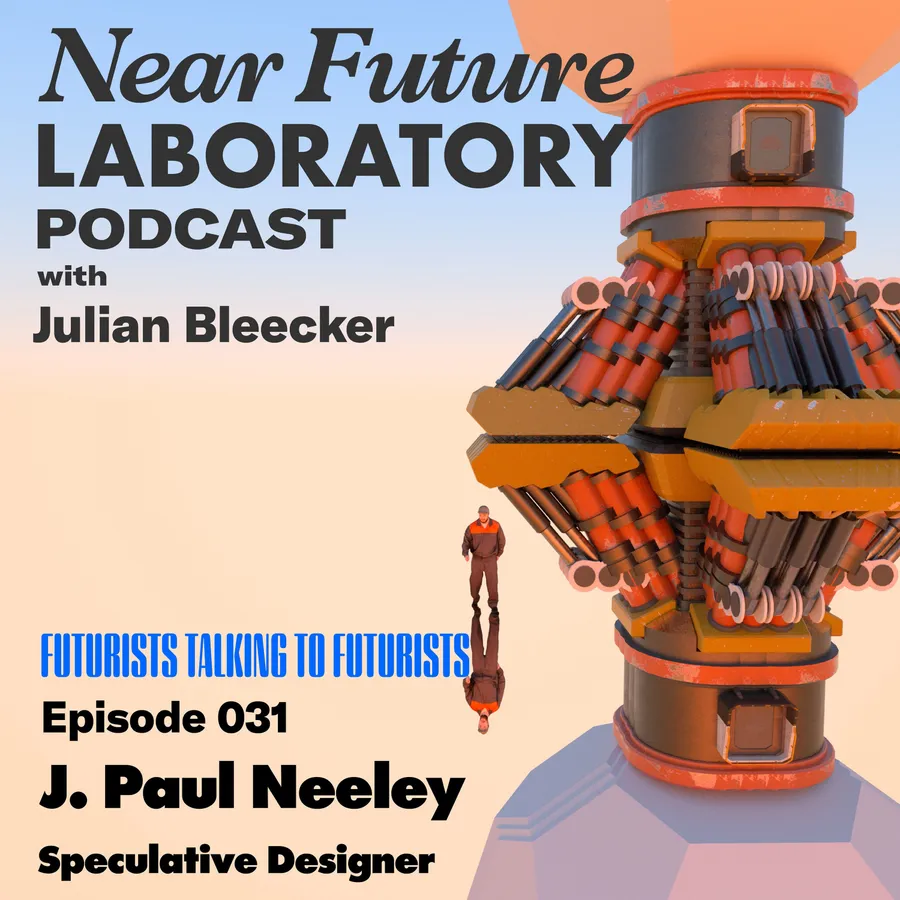

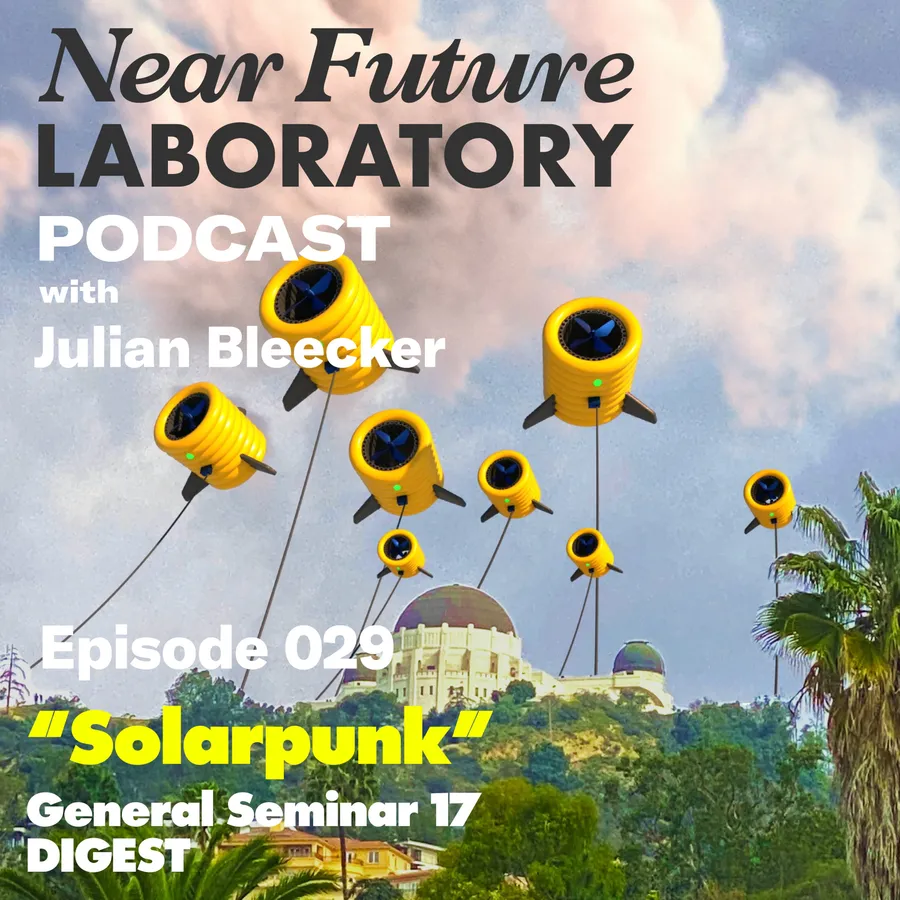
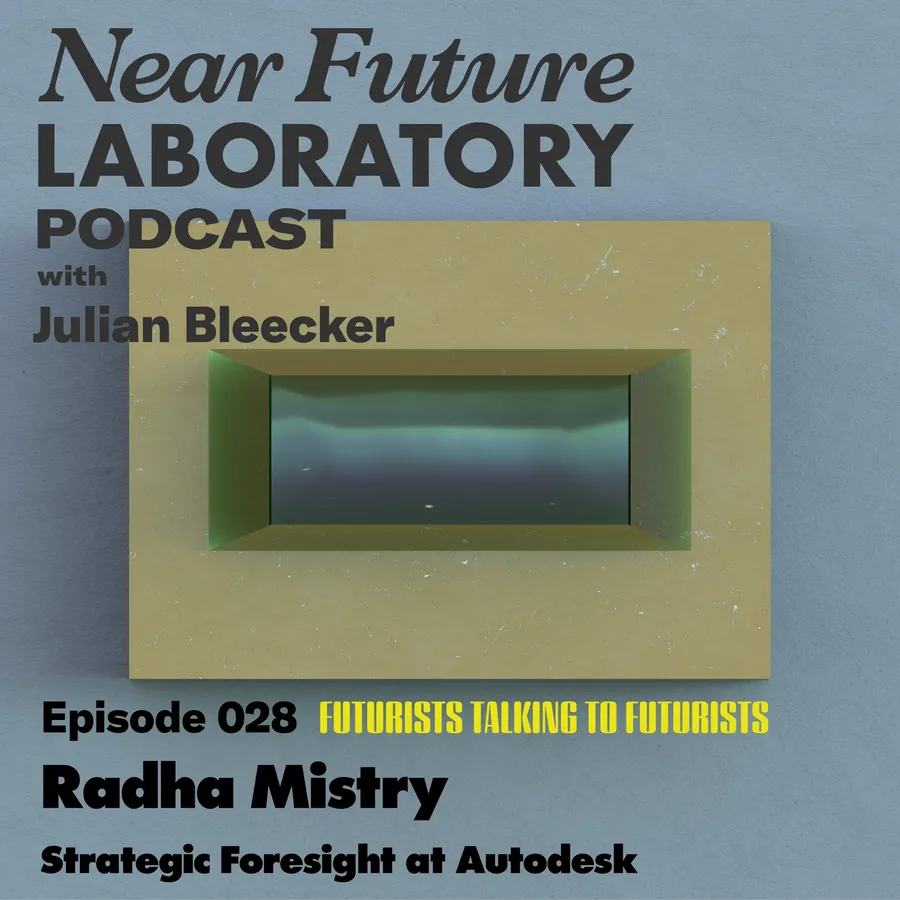
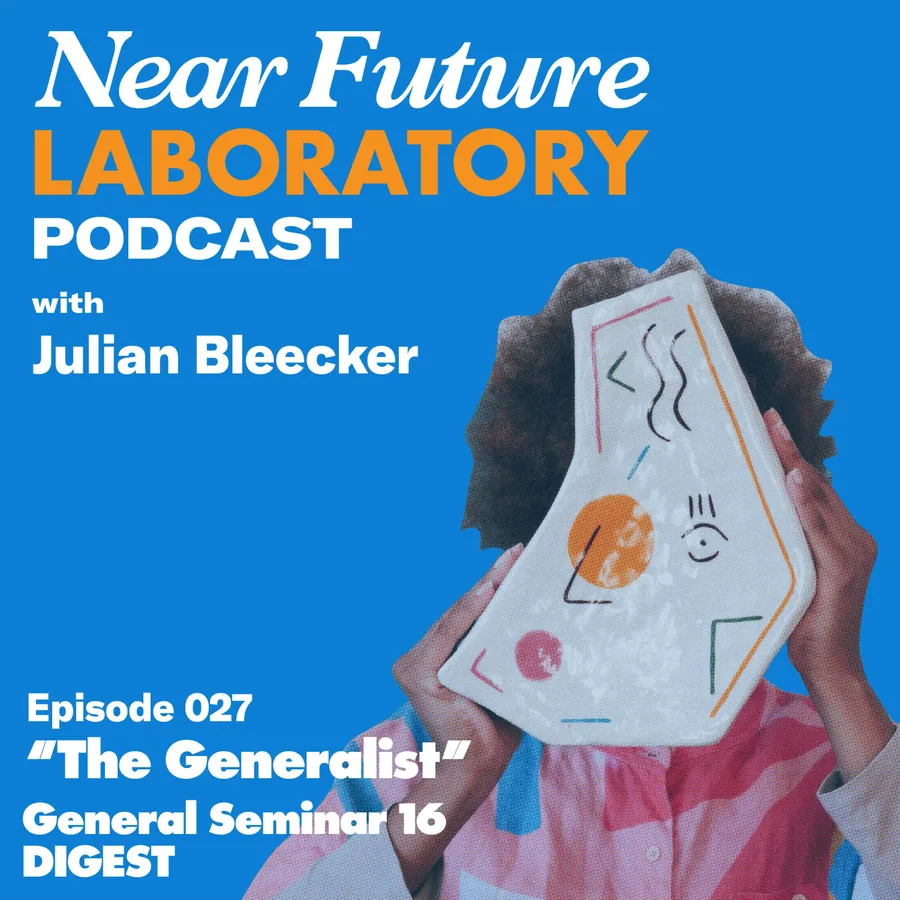


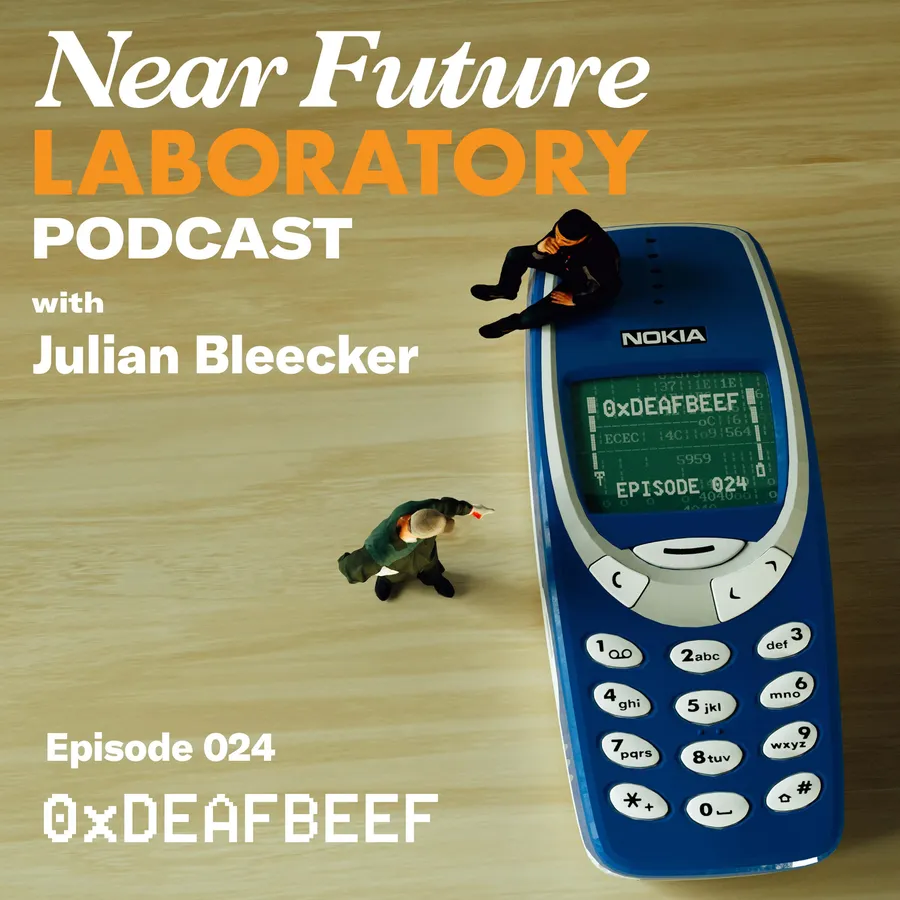
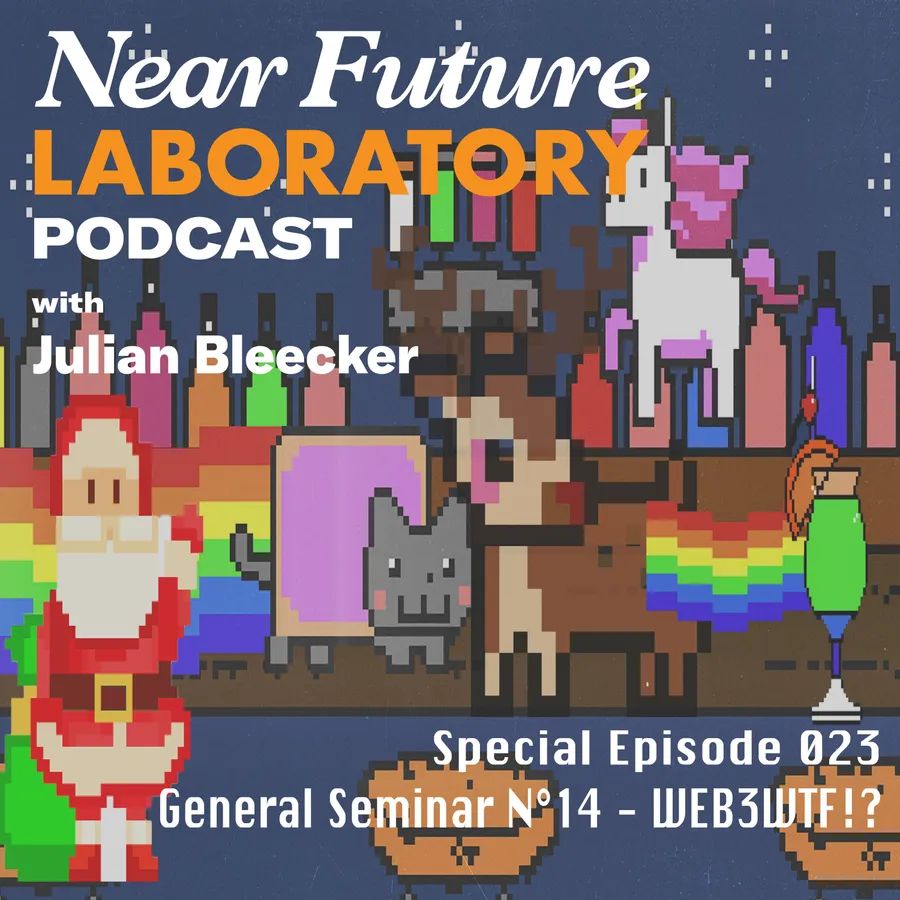

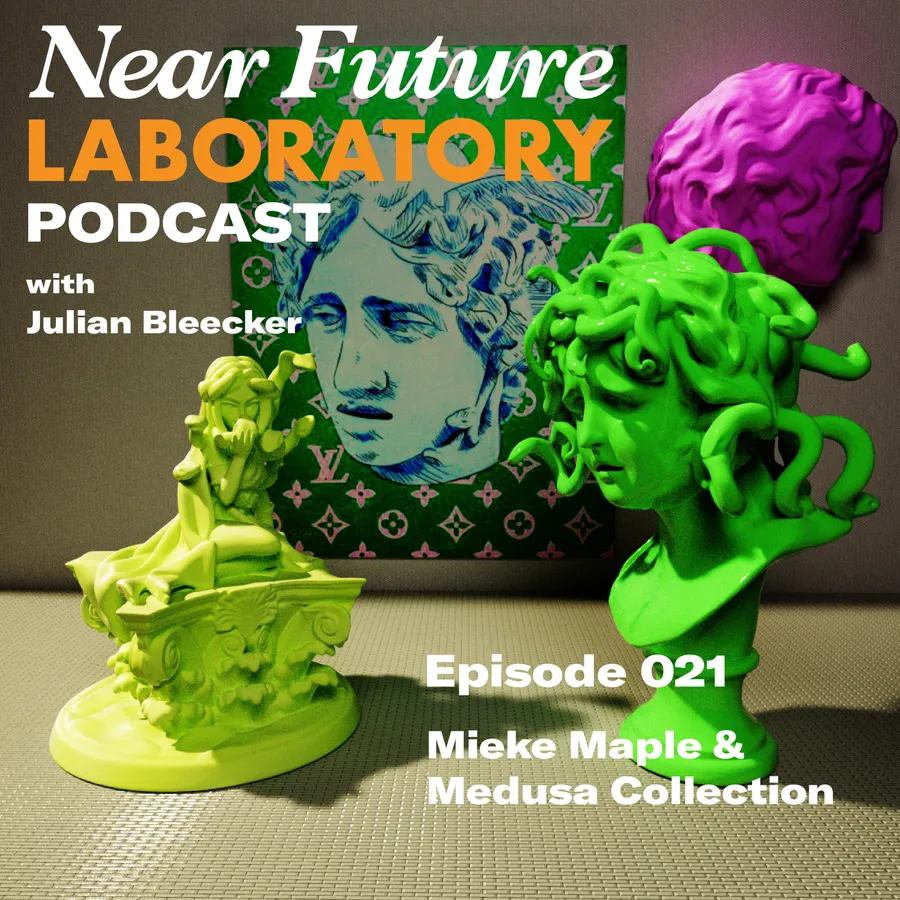

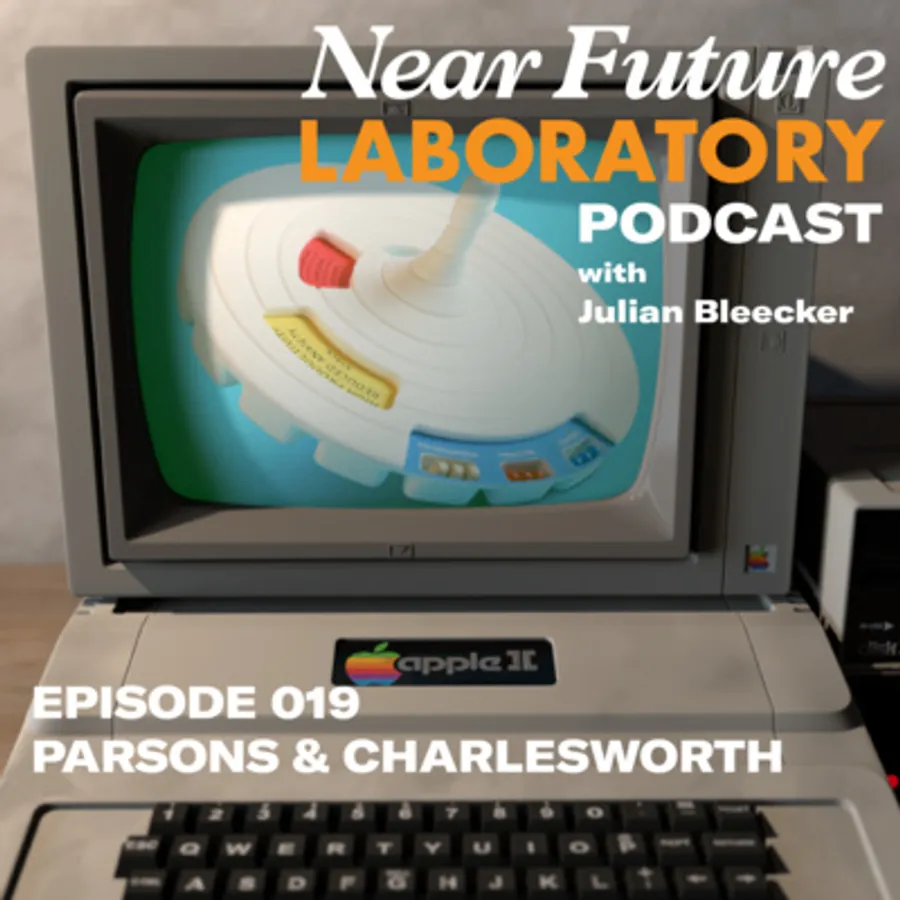


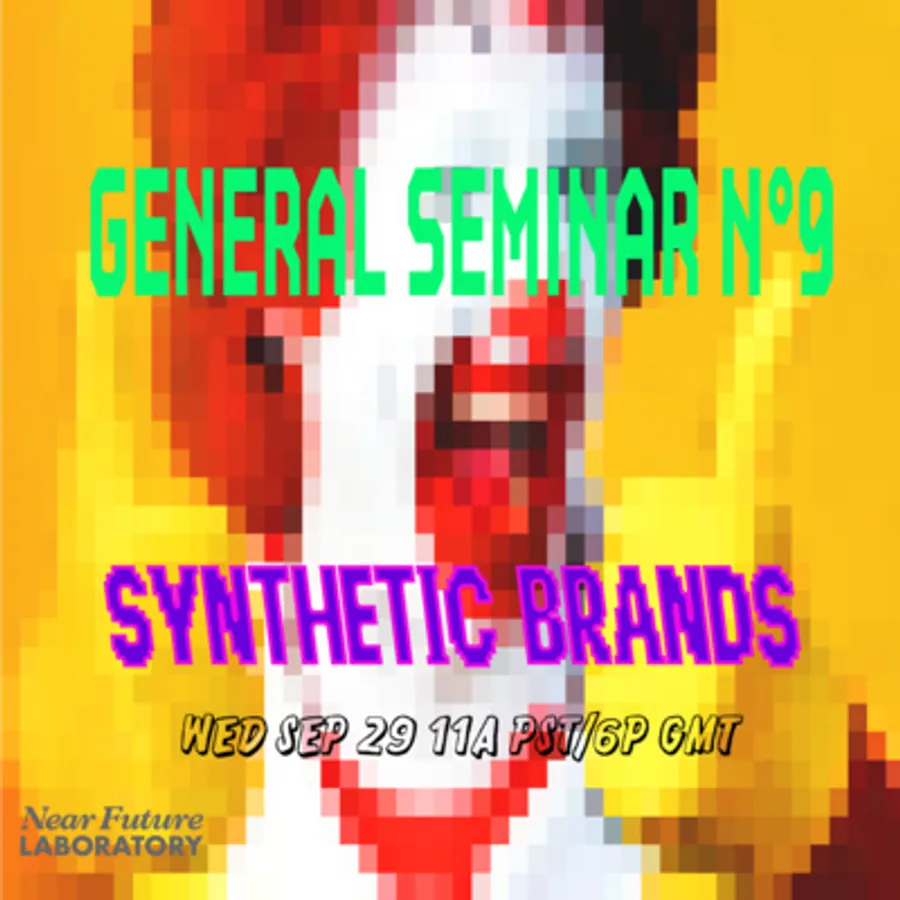
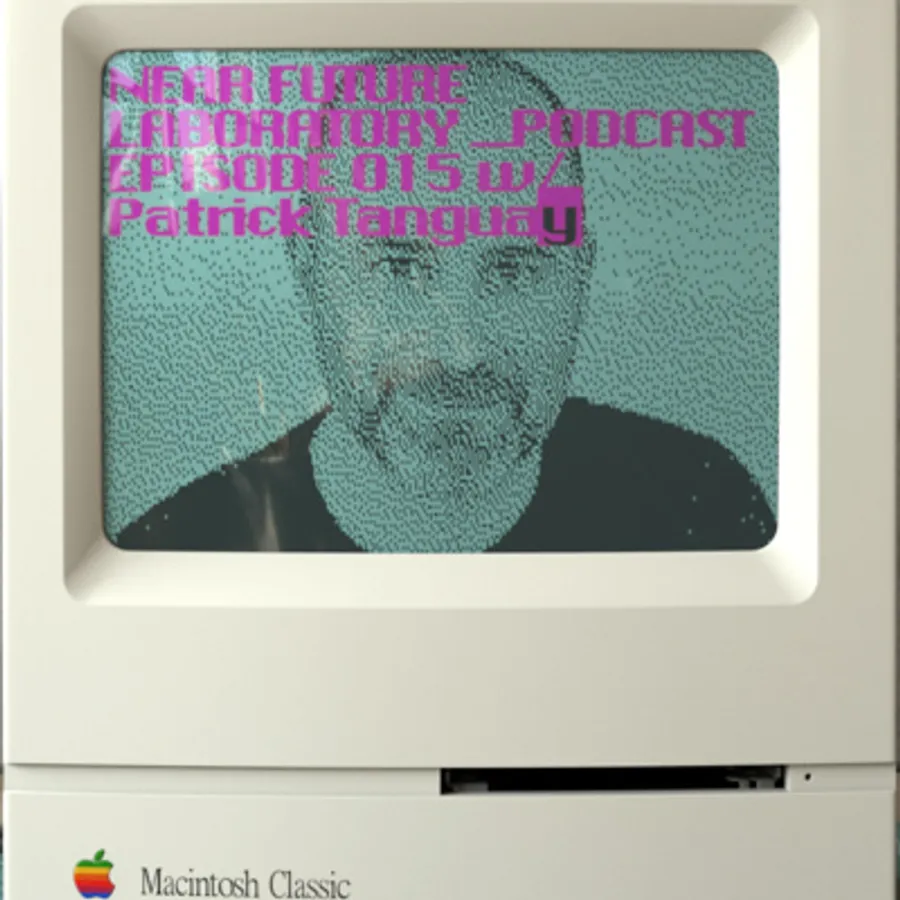
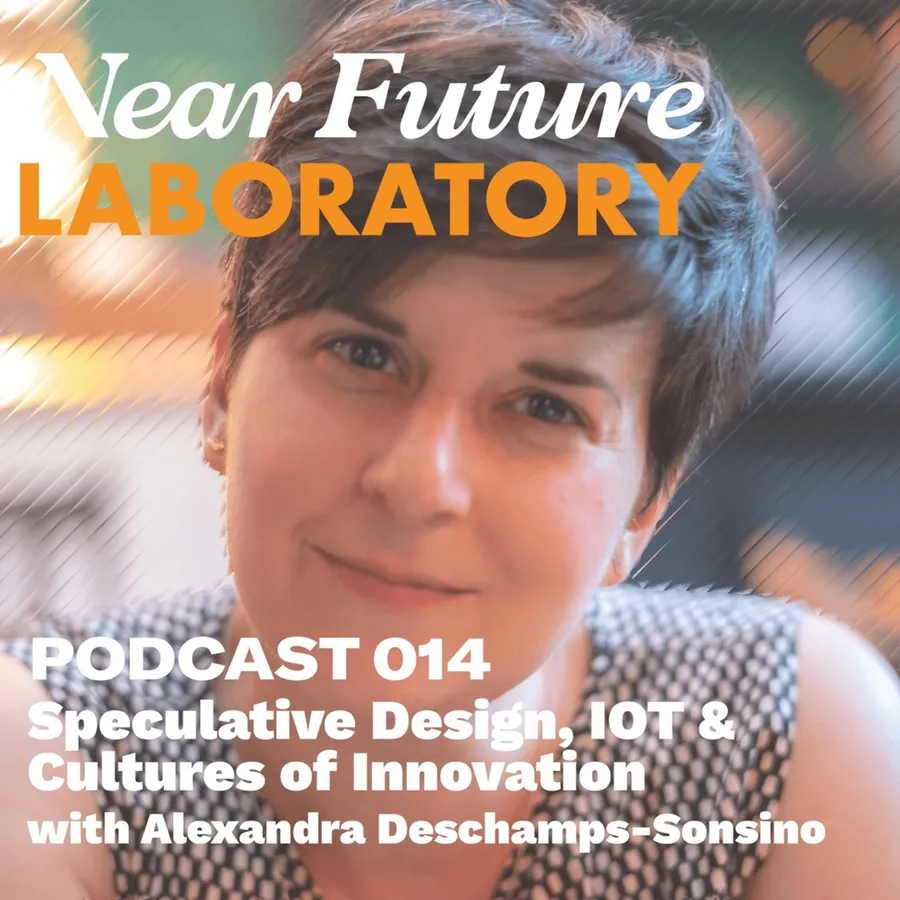
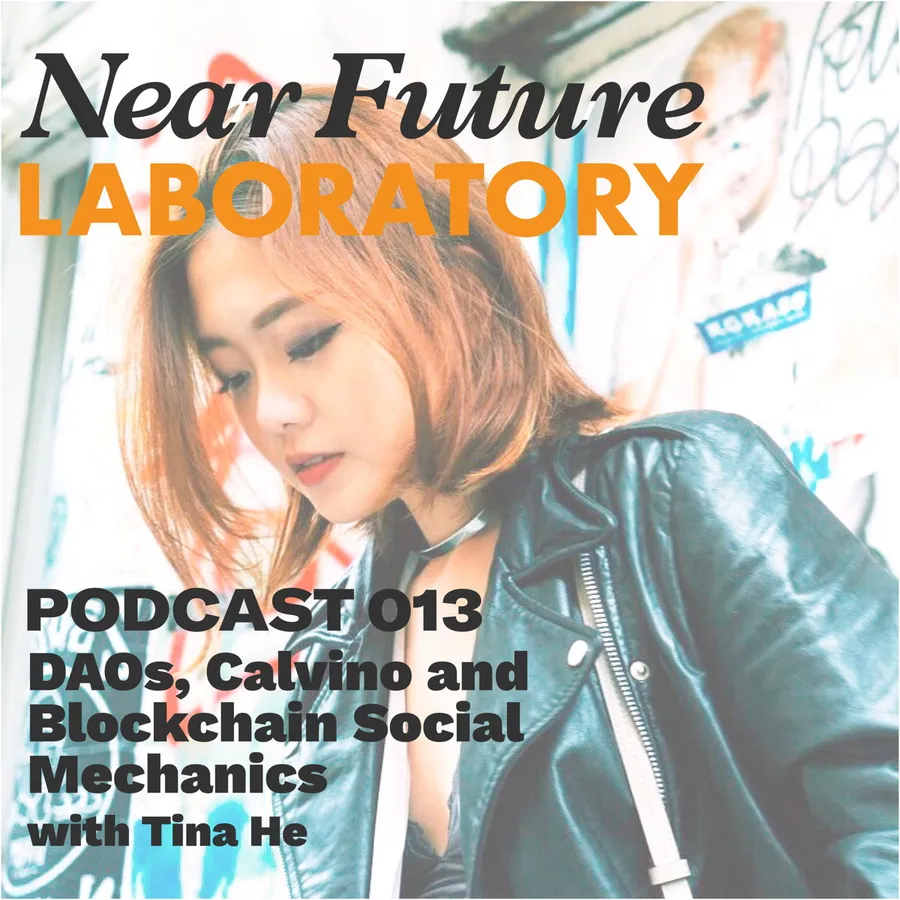
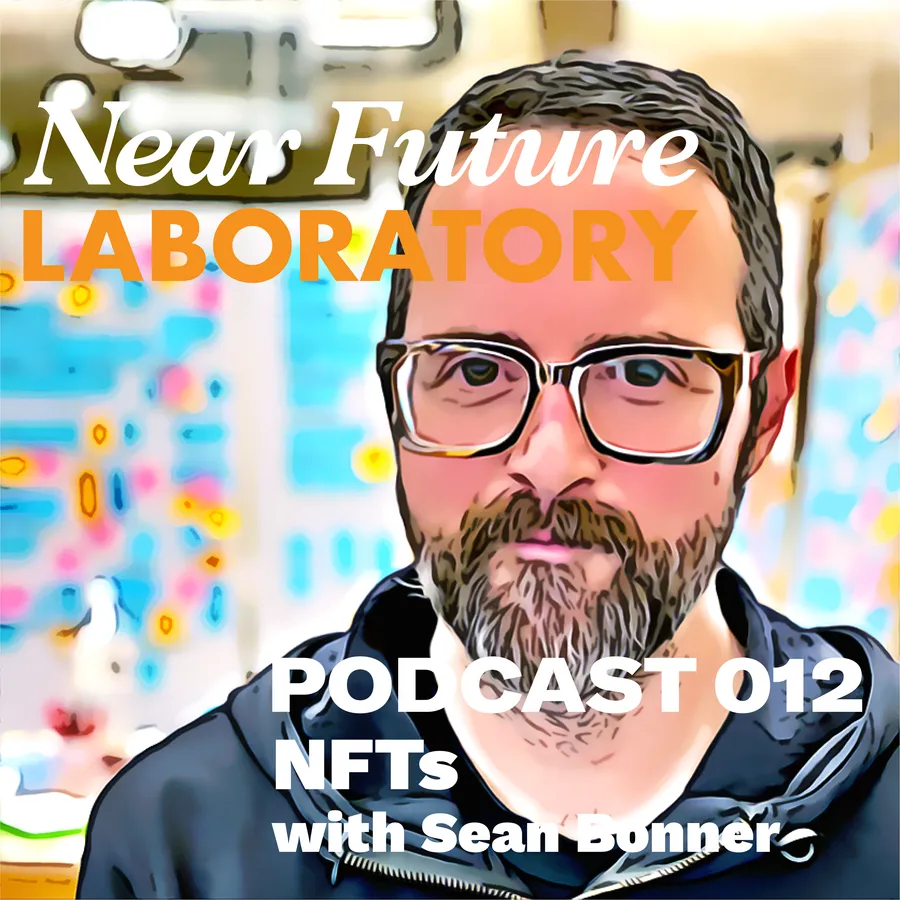
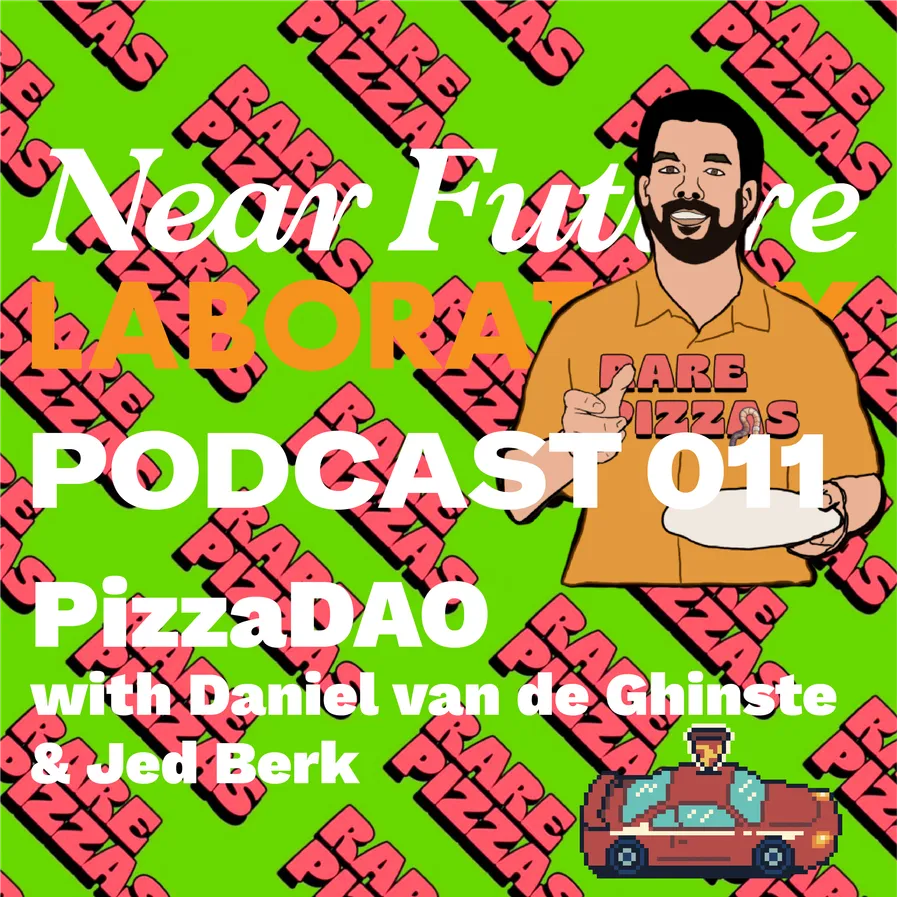

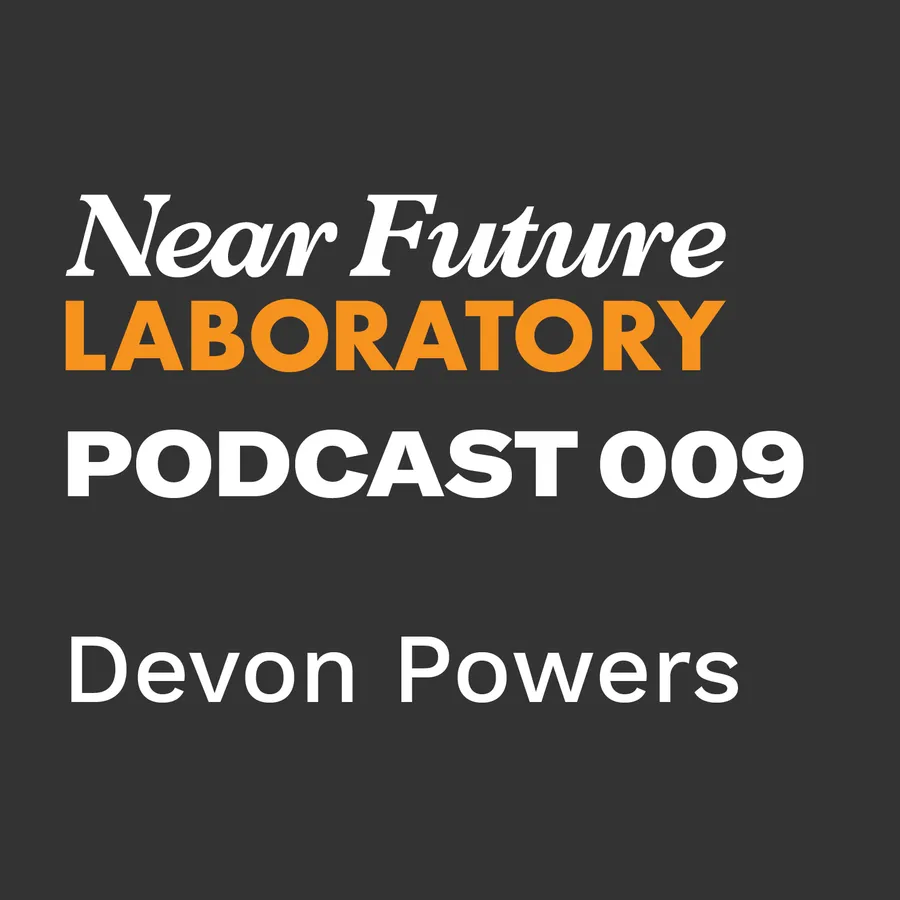



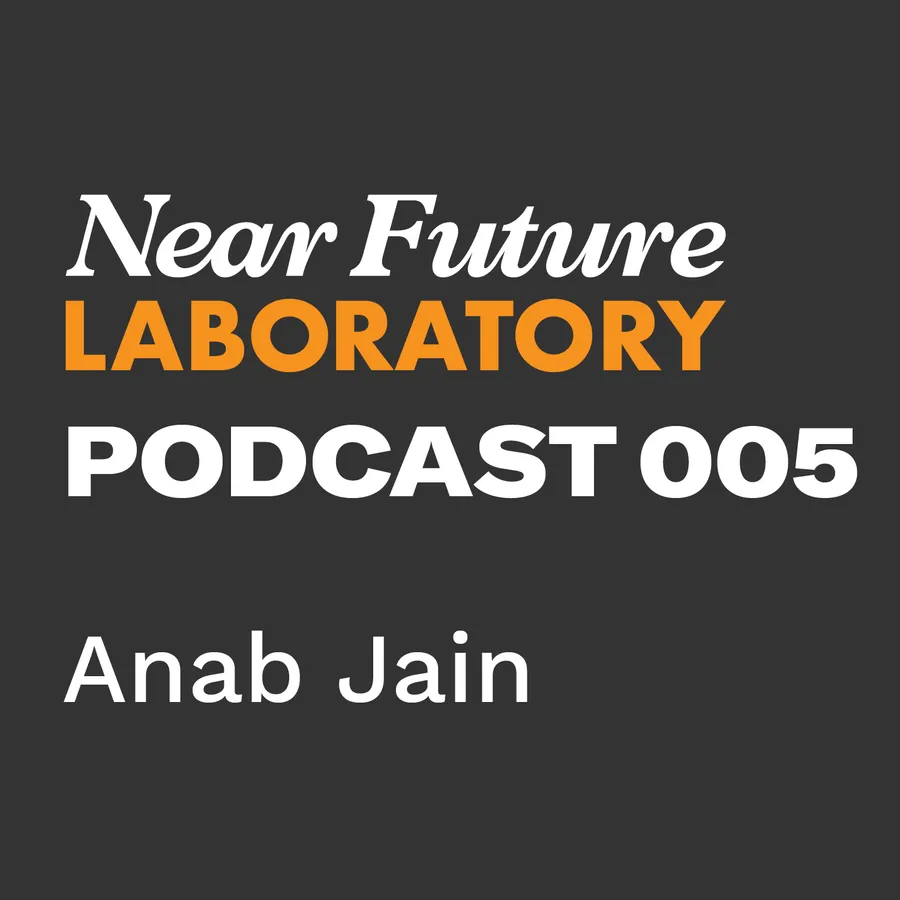

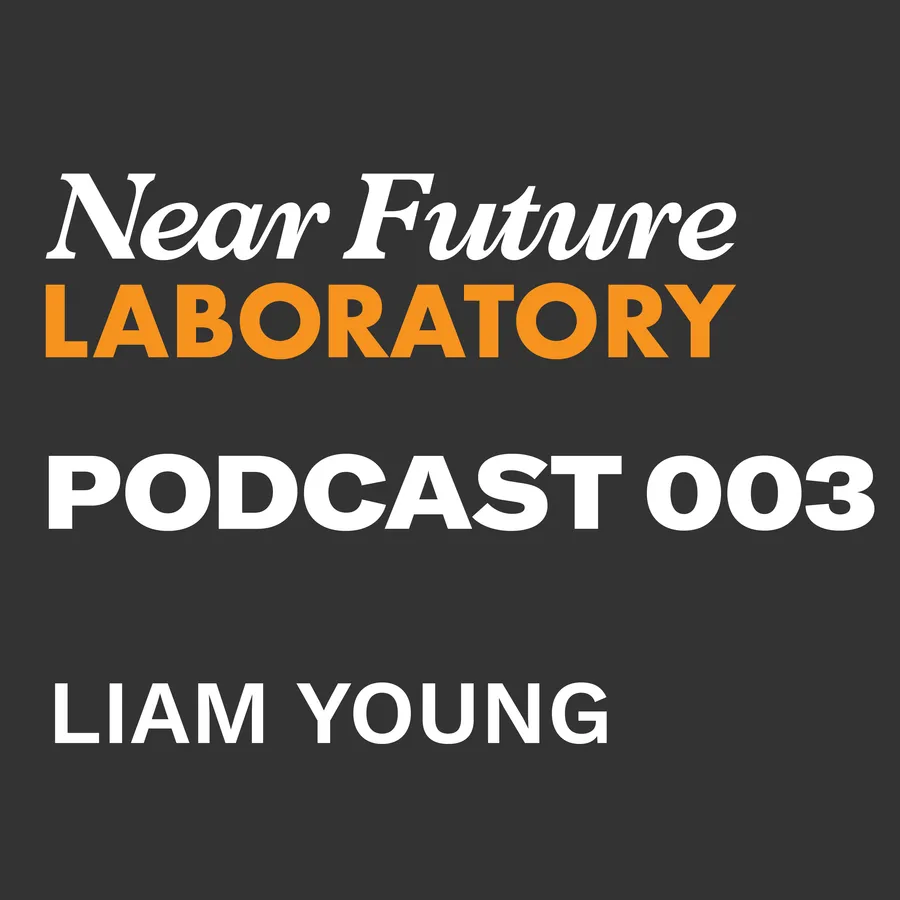


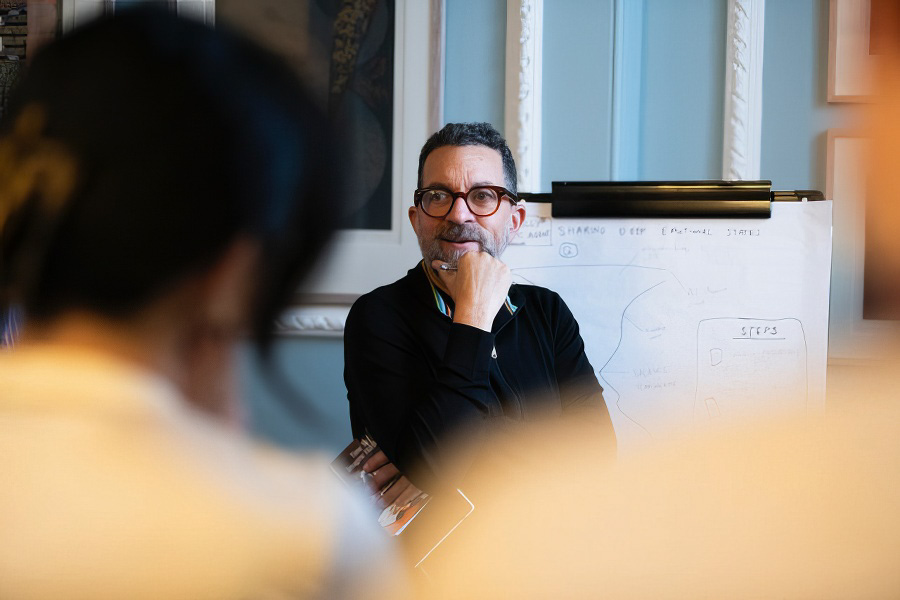
Dr. Julian Bleecker, Ph.D. is an engineer, software developer, hardware product designer, author, artist, researcher, and entrepreneur.
Julian is synonymous with Near Future Laboratory — the platform he founded originally as a blog in 2005, which has since become his company through which he does creative & commercial work.
His operating thesis is that Imagination is our evolutionary advantage and needs to be brought back into active service and collaboration with the kinds of organizations, collectives, agencies, and companies that can help us create more habitable near future worlds.
Near Future Laboratory serves as a home for projects, writing, his podcast conversations with some very curious and intriguing people, previous workshops, talks, and his Learning & Development platforms SuperSeminar and General Seminar
He holds 11 patents, including two he wrote, for the OMATA One.
Speaking of the OMATA One, that's the product he made at his company that also happens to be called OMATA. It's a hardware product — the thing they say is the hardest kind of start-up, but he did it. And for his trouble, it resulted in a successful sale of the company in 2022, three years after his co-founded bailed and left him to be a “solopreneur” or whatever they call that.
During his 8 years with the company he was integral to all aspects of the business. That's what it was to be a CEO - Chief Everything Officer. He wrote the App, developed the marketing program, specified the engineering, oversaw manufacturing and production, handled customer care and social media and, well..watch the movie.
Julian has a Ph.D. in History of Consciousness from UC Santa Cruz where he studied and taught with Professors Donna Haraway, and Angela Y. Davis. His dissertation, 'The Reality Effect of Technoscience' investigates the ways technologies of representation from the telescope, special effects (film), simulation video games (SimCity), and virtual reality have shaped the ways we understand veridical truth, or the common idiom, 'reality'.
He has an MS in HCI Engineering from University of Washington where he worked as a researcher at the Human Interface Technology Lab. He received his BS in Electrical Engineering from Cornell University.
Julian is the author of Design Fiction: A Short Essay on Design, Science, Fact and Fiction, ‘It's Time To Imagine Harder’, and an author of ‘The Manual of Design Fiction’, the canonical reference for the eponymous practice that has evolved futures practices globally.
In addition to making other significant contributions to the fields of design, technology, art+technology, and commercial innovation practices, he originated the concept of 'Design Fiction' in collaboration with the science-fiction author Bruce Sterling.
In addition to his work as an entrepreneur, Julian is an active researcher with strong ties and stakes to academics, pedagogy, learning & professional development.
He was an Assistant Professor at the University of Southern California's famed School of Cinematic Arts — the USC Film School — where he taught graduate film students interactive, location-based, and connected technologies and ways of integrating such in place-based storytelling. He worked for 8 years in a key role at Nokia's Advanced Design Studio in Los Angeles where he evolved a futures-oriented approach to design activities in a commercial context.
The lessons from that experience became a baseline for subsequent commercial futures work. This came from a recognition that it was not enough to have clever ideas, nor show them on a PowerPoint slide. Rather, one must augment and sense-into possibility through tangible, experienced representations — partial worlds as one might experience, not just physical prototypes of this-or-that geegaw, nor stock 'user-experience scenarios'. This experience led indirectly to Design Fiction.
Julian has exhibited art+technology work through many venues, platforms, festivals, and galleries including Ars Electronica (2005), Bitform Gallery (2003), Art Interactive, Times Square (Creative Time's 59th Minute), the Walker Art Center's Sculpture Garden, Whitney Museum Art Port, the Design Museum (London), MoMA, Rhizome, and more.
Along with Scott Paterson and Marina Zurkow, he was a Creative Capital grant recipient and has been an artist-in-residence at Eyebeam Atelier and Banff Center for the Arts. He has published numerous articles and essays, and done plenty of talks and podcasts on design, technology, and innovation.
Near Future Laboratory is the hub of his practice. You can find most of his work within the Projects index at Near Future Laboratory. You can also find the best ways of engaging him within Services.
He is an avid photographer who has published several photo books, including 'Hello, Skater Girl' (2011), the first book to exclusively highlight women's skateboarding at a time when the male-dominated sport had yet to take notice. 10 years after its publication, two of the women he worked with (one just finishing high school, the other a junior at USC) became professional skateboarders representing the biggest brands in the sport. Both were Olympians at the 2023 Tokyo Olympics, the first Olympic Games to feature skateboarding.
Here you can find more biographical information, as well as headshots for publication and related uses with permission.
For speaking and other engagements, he is represented by Creative Cabal